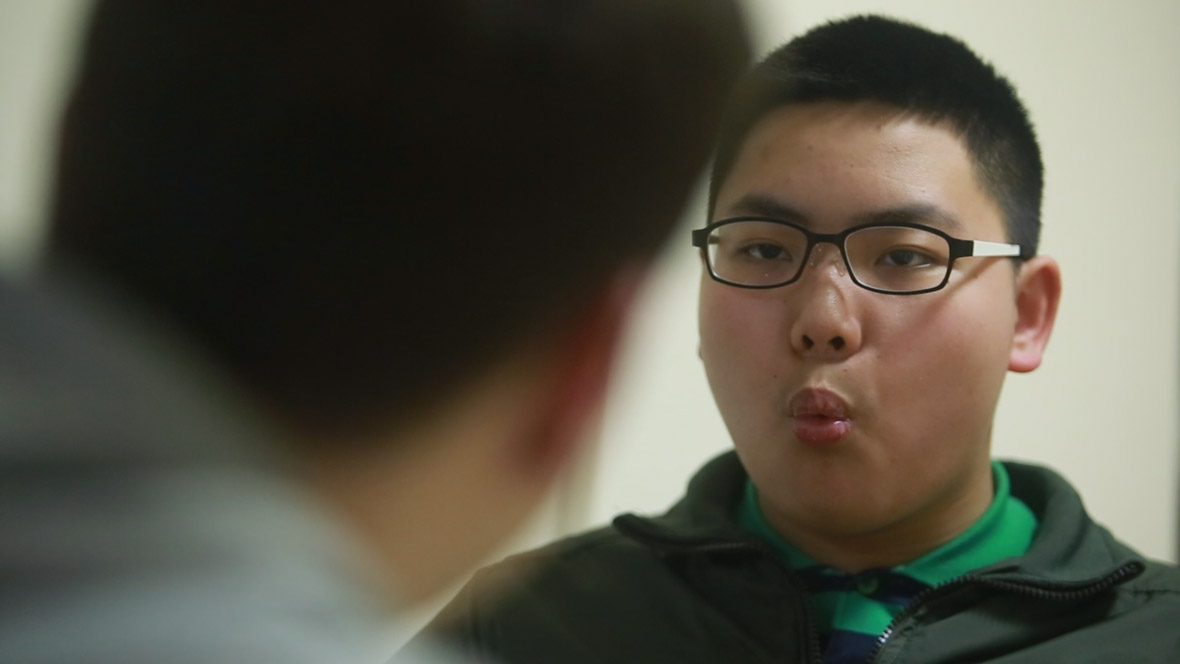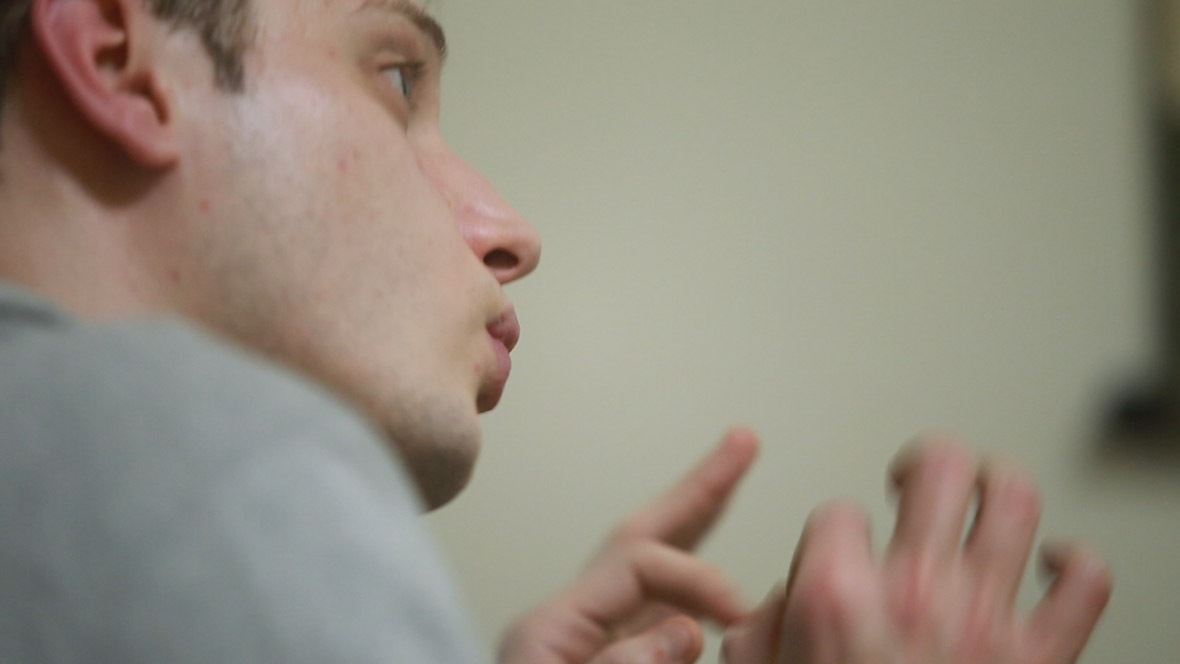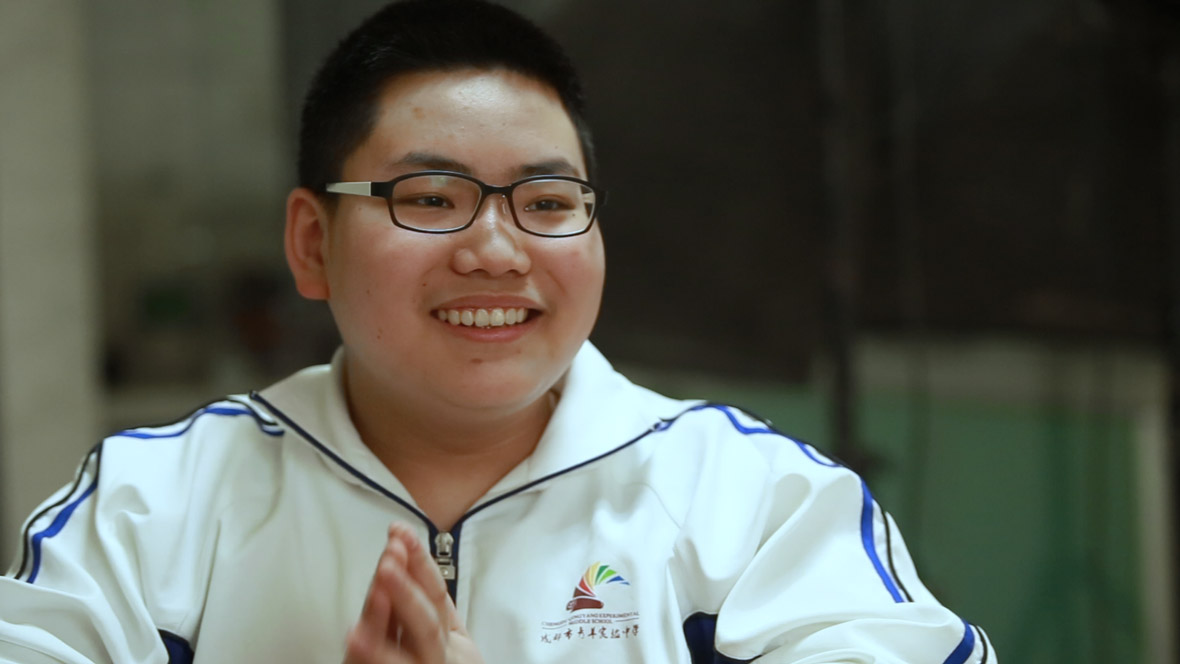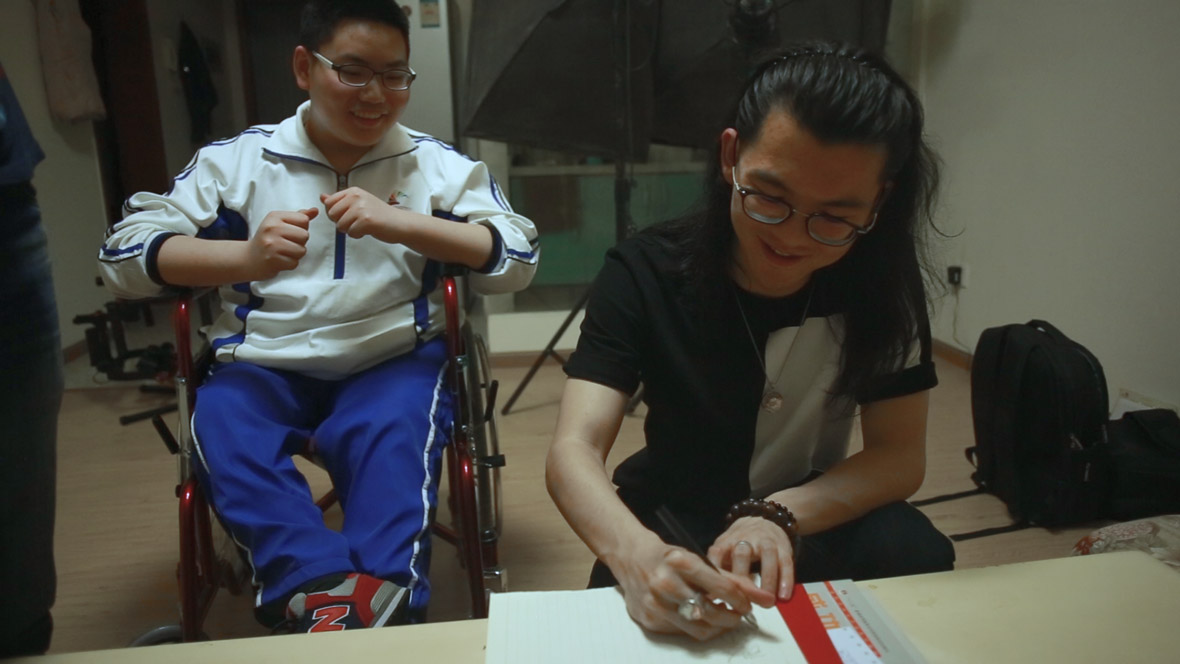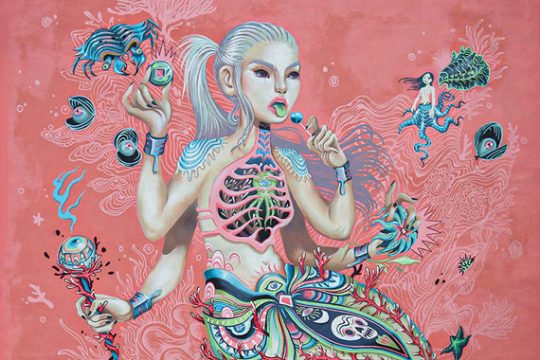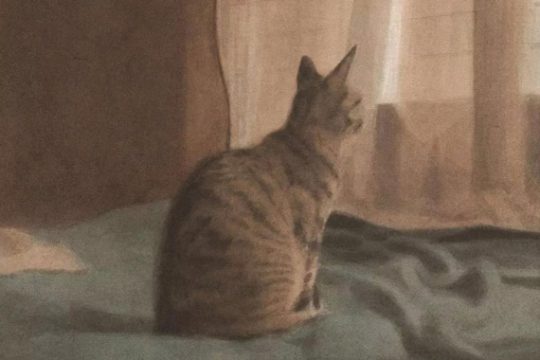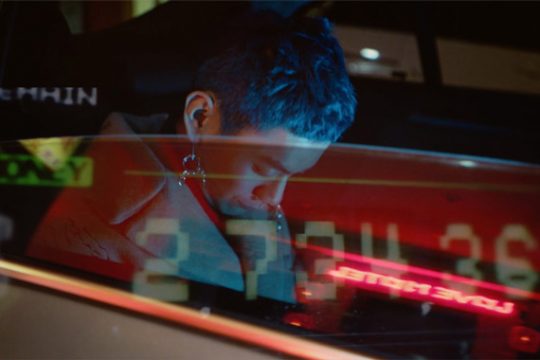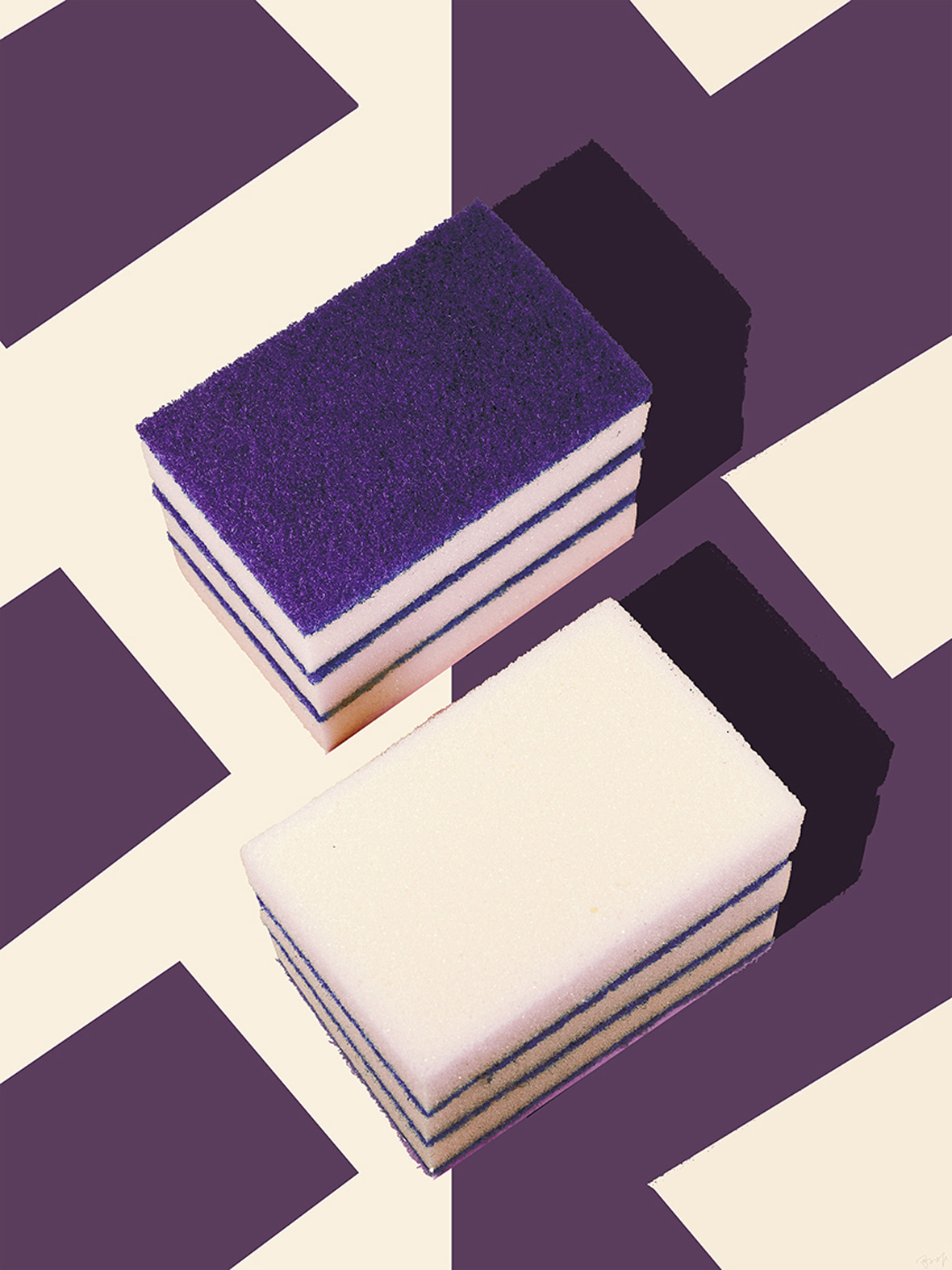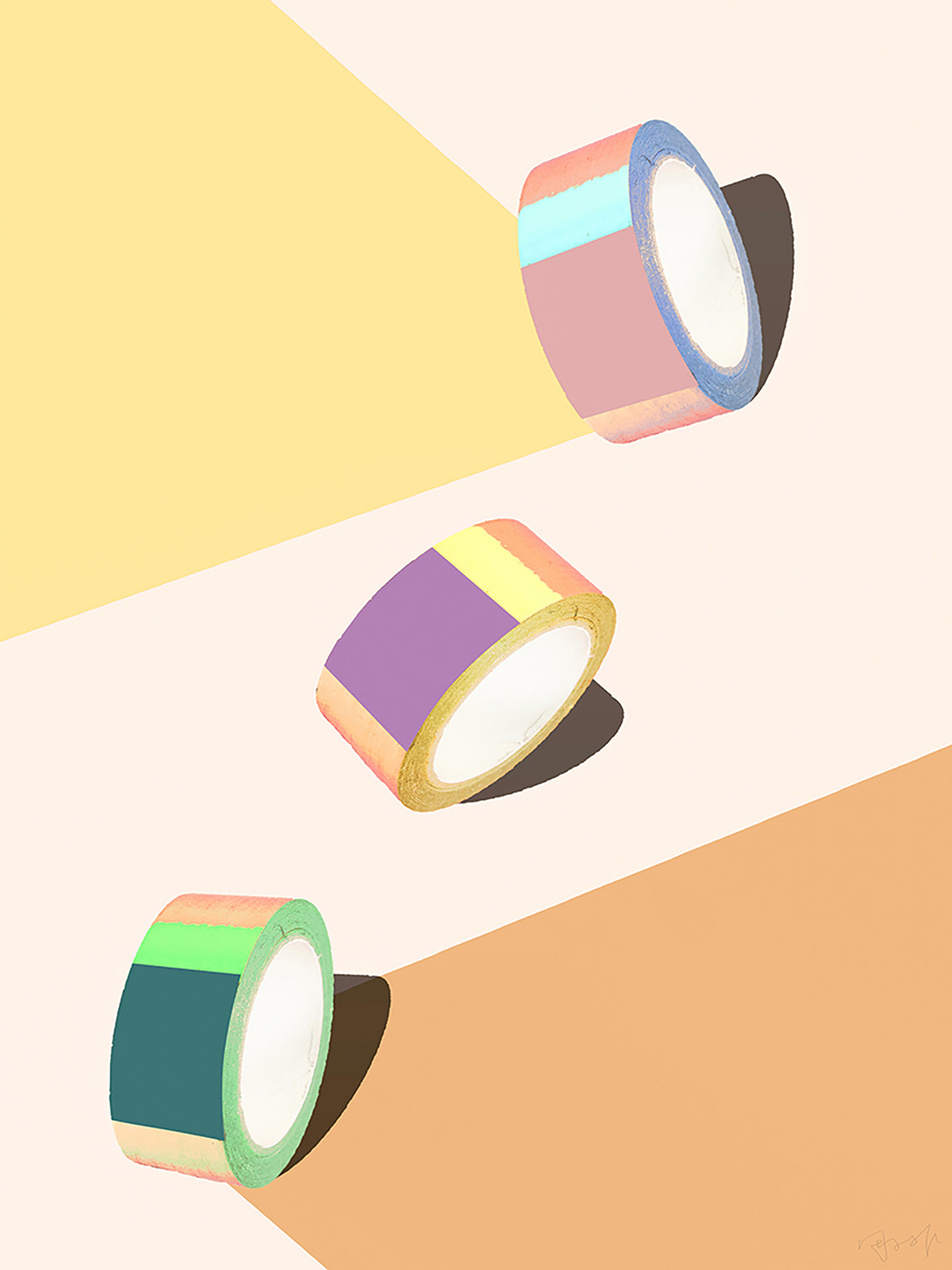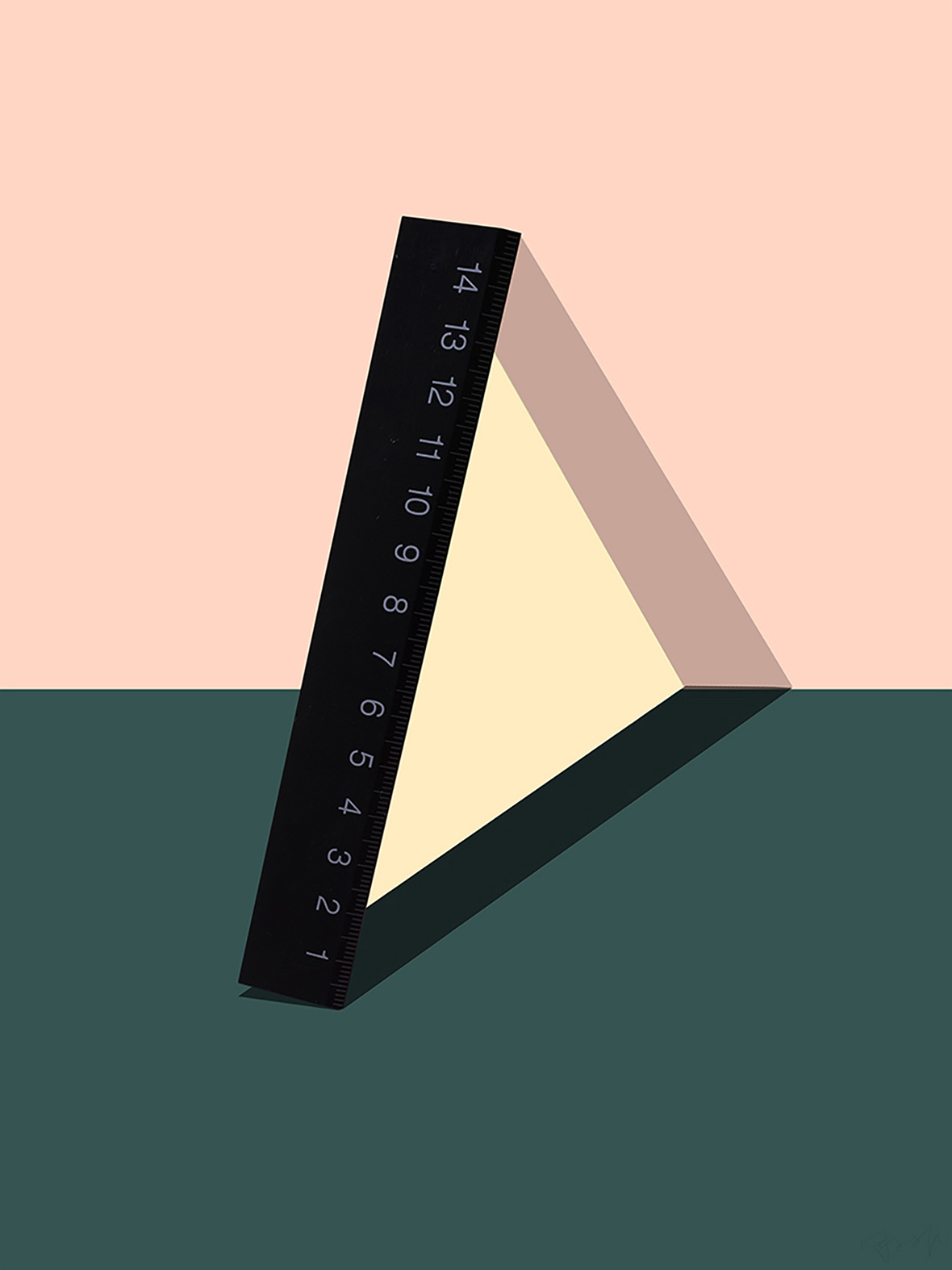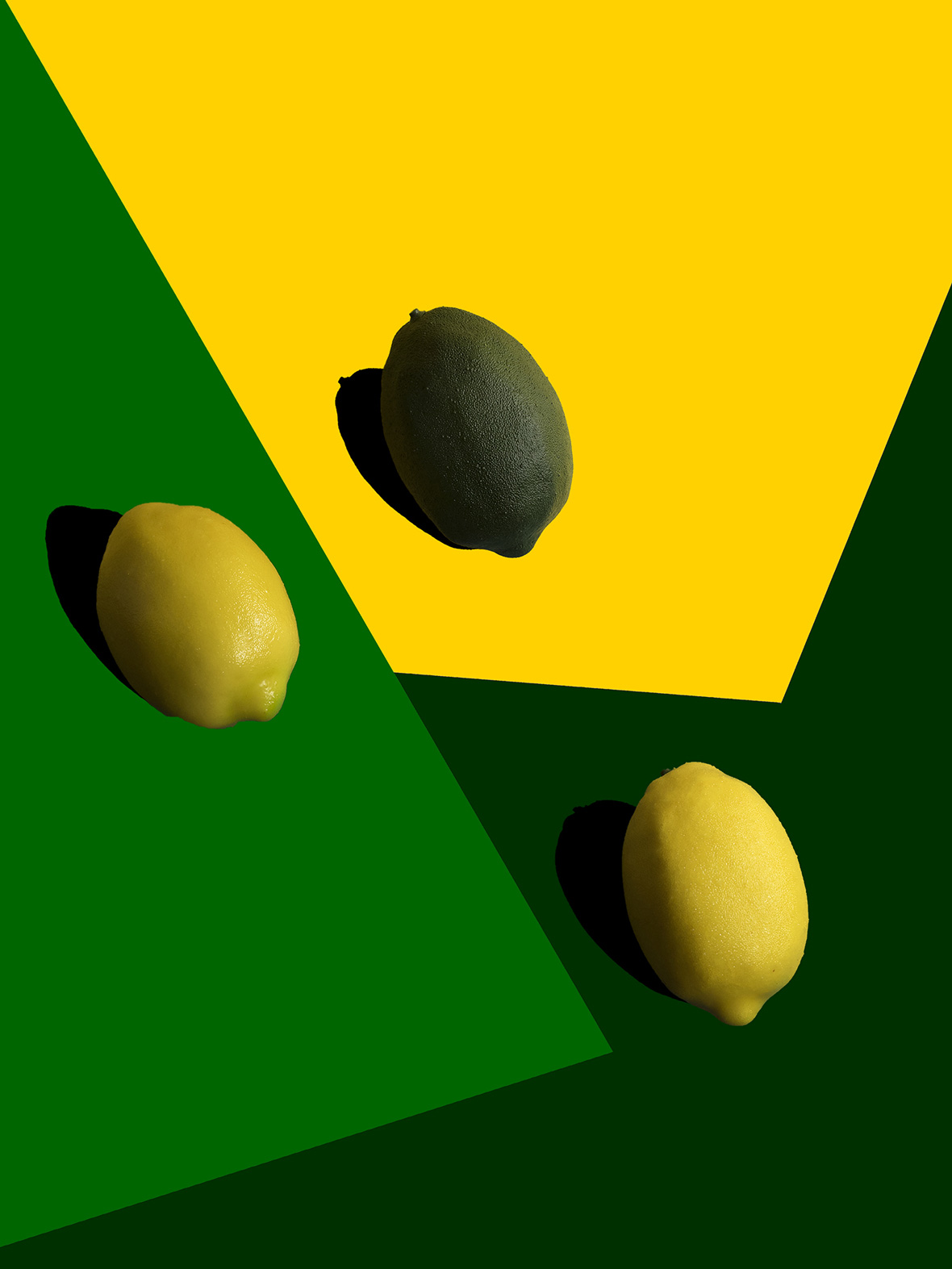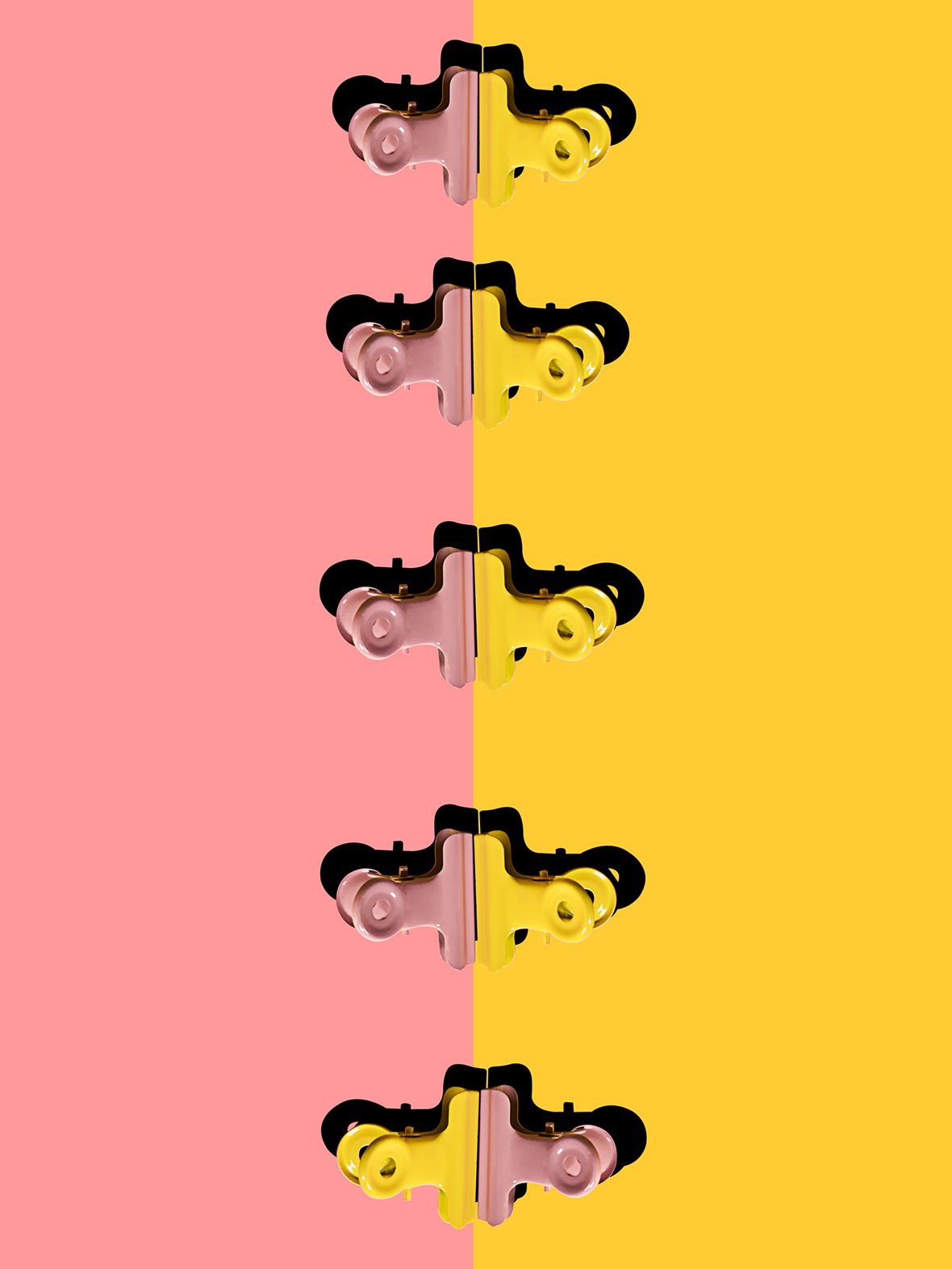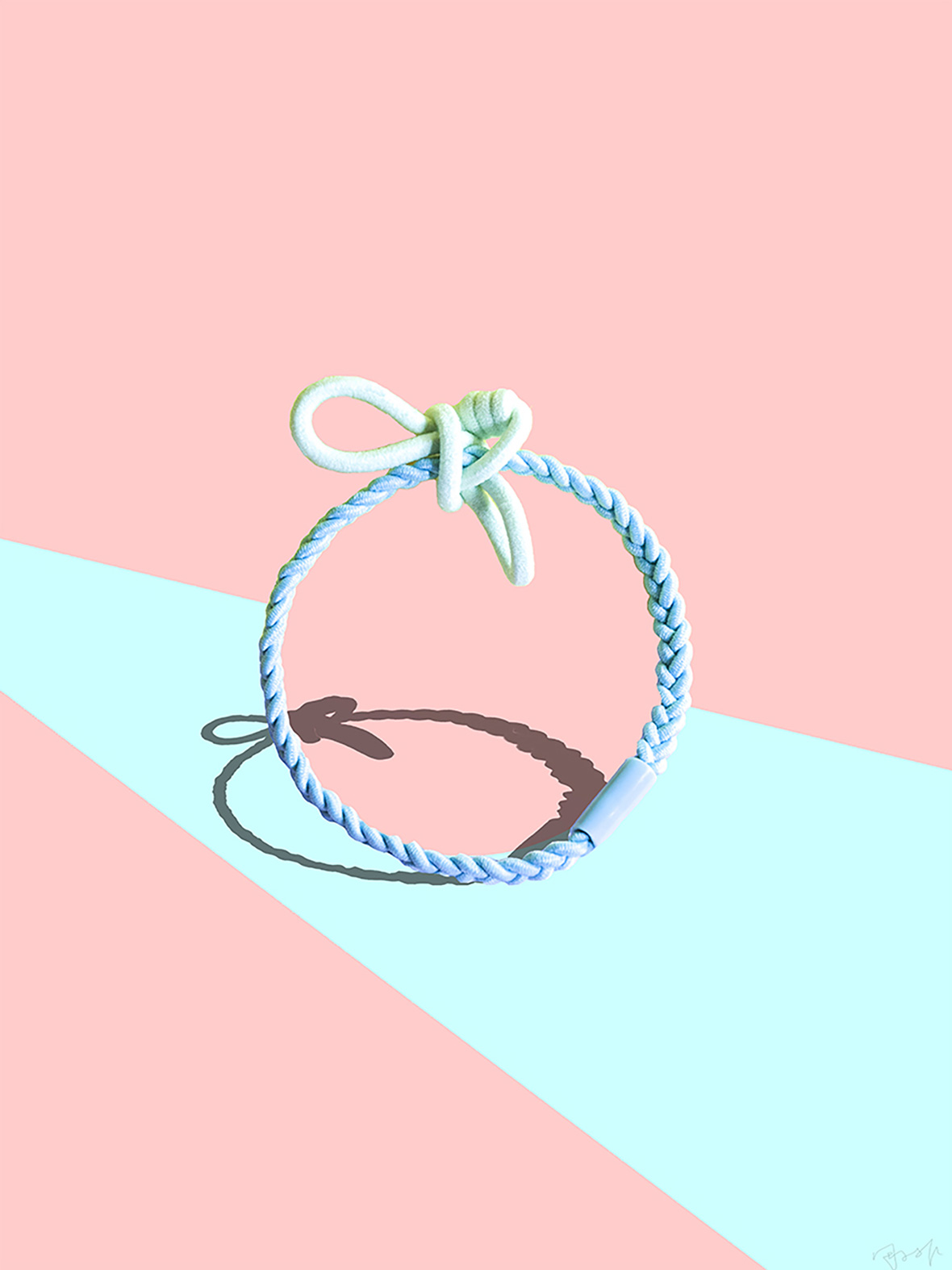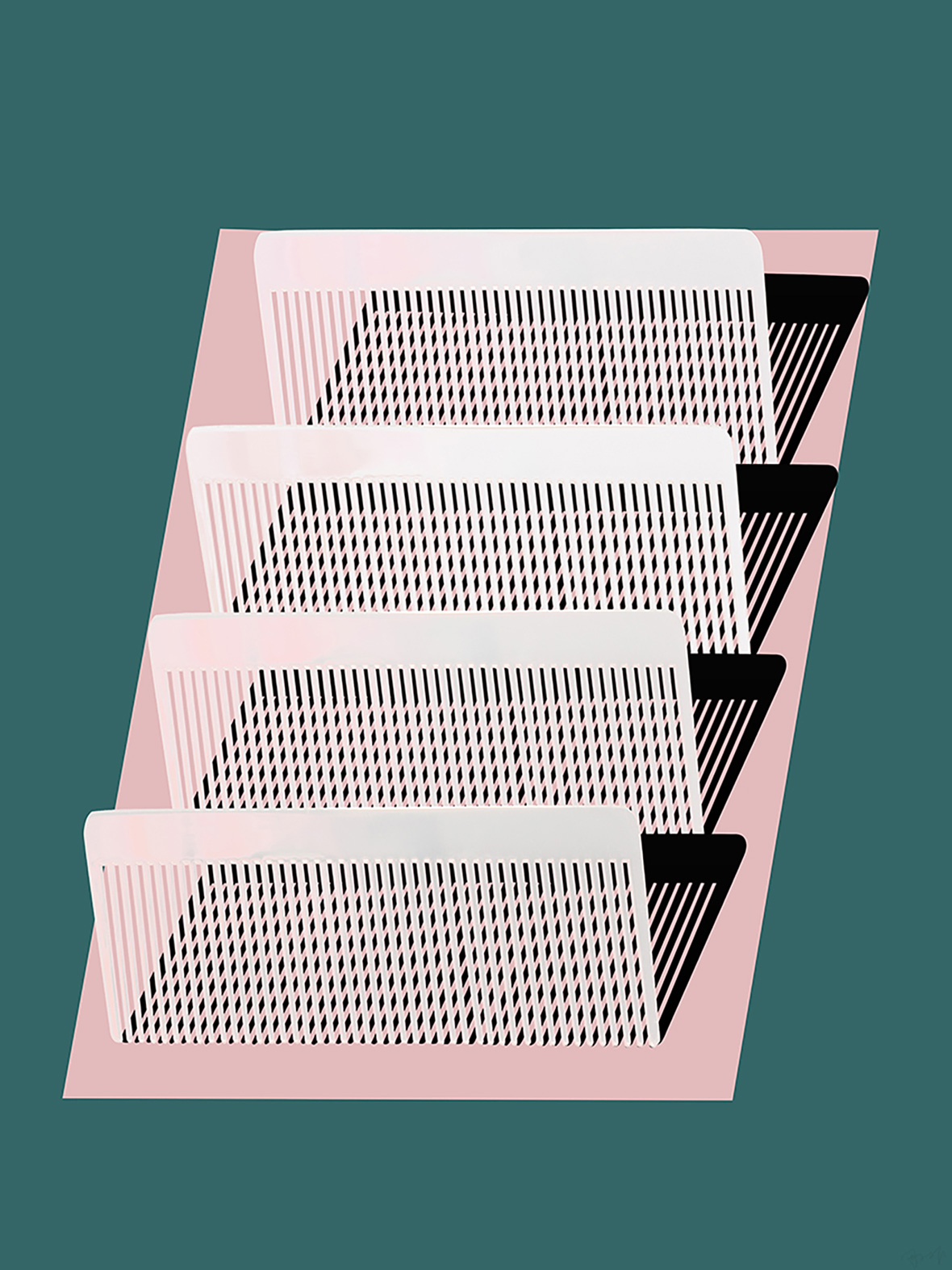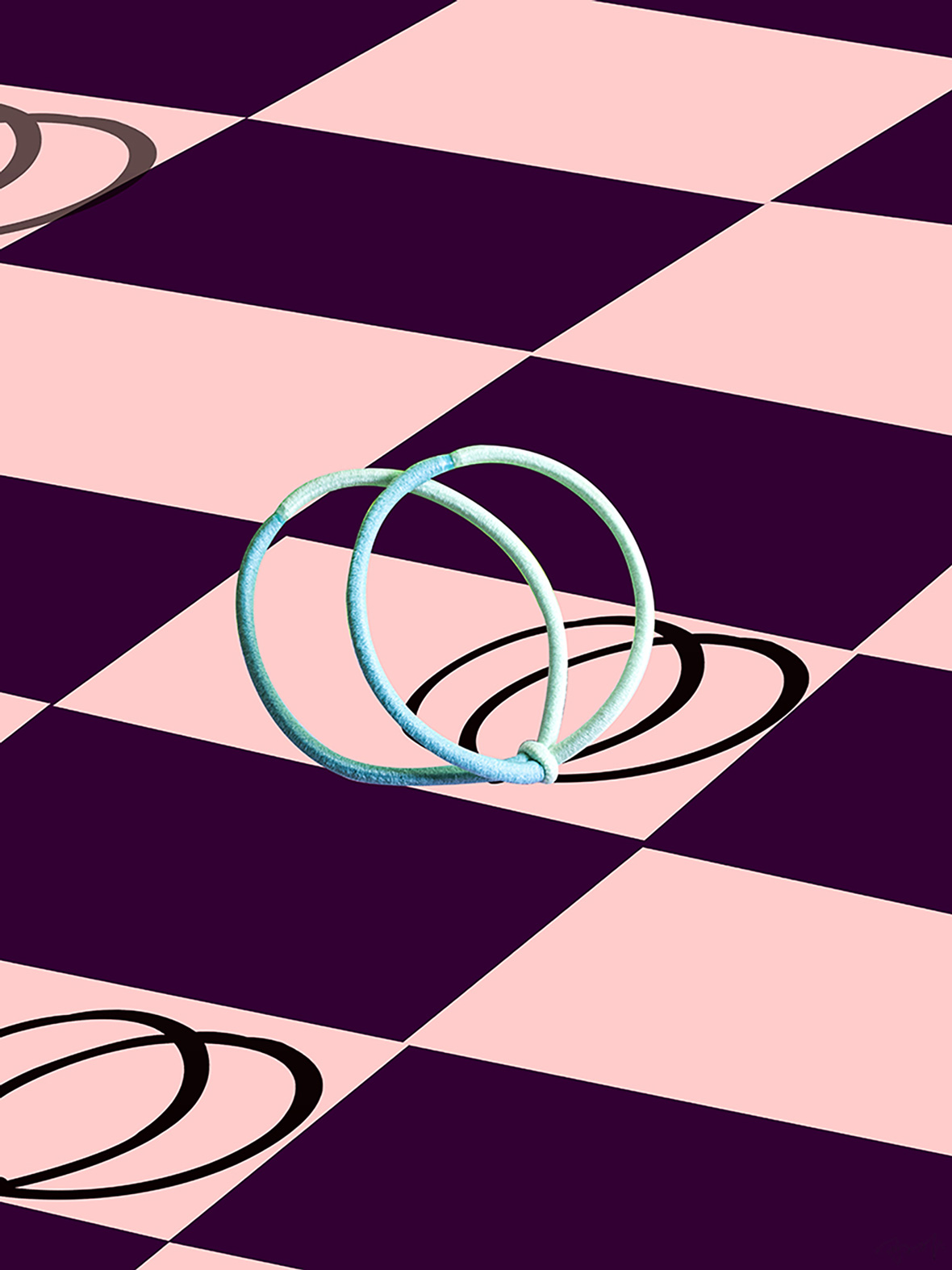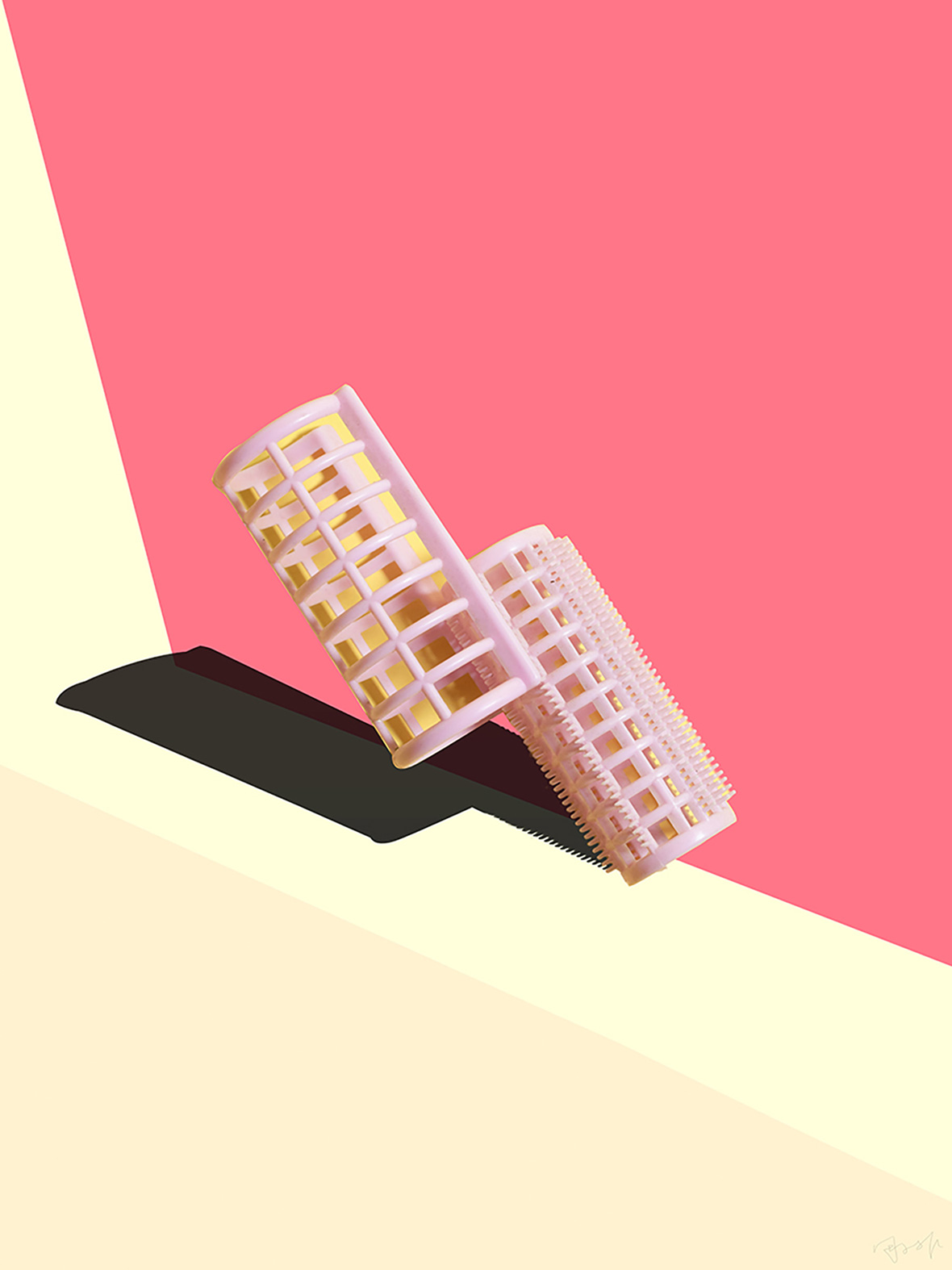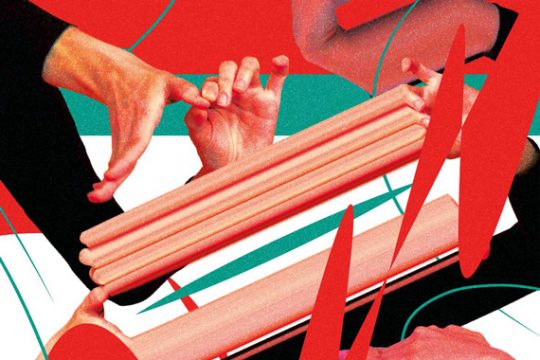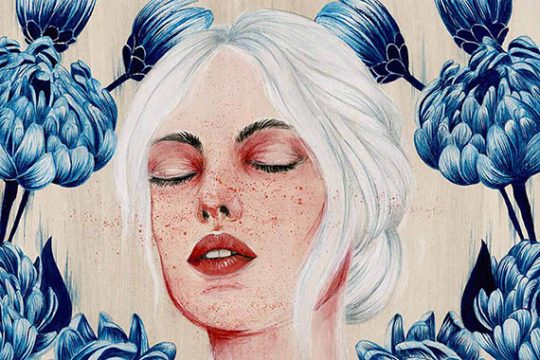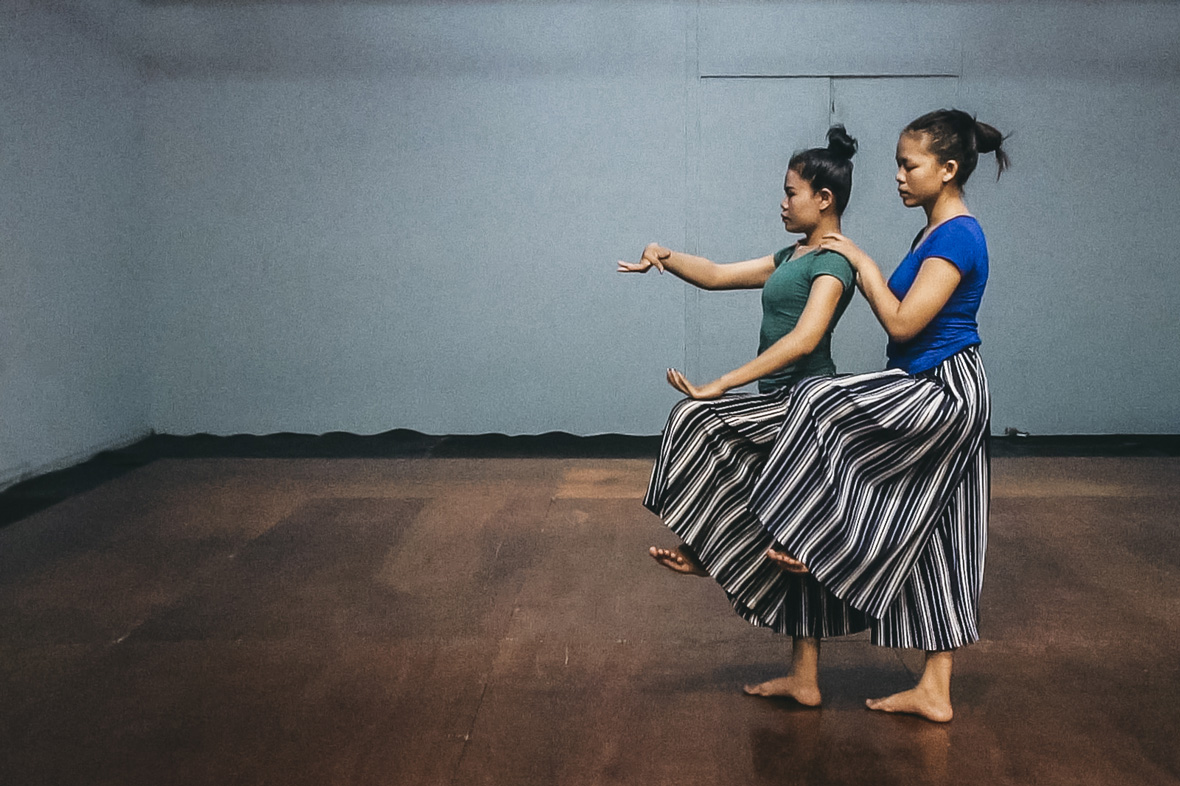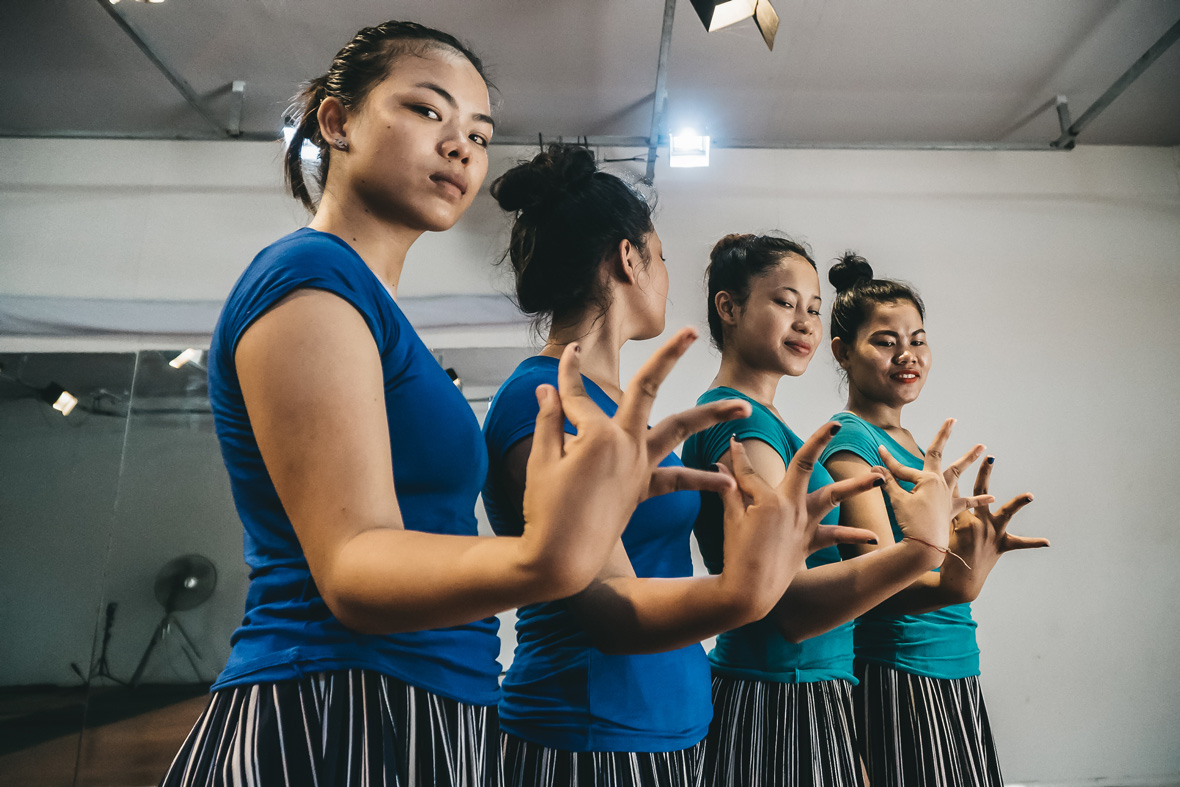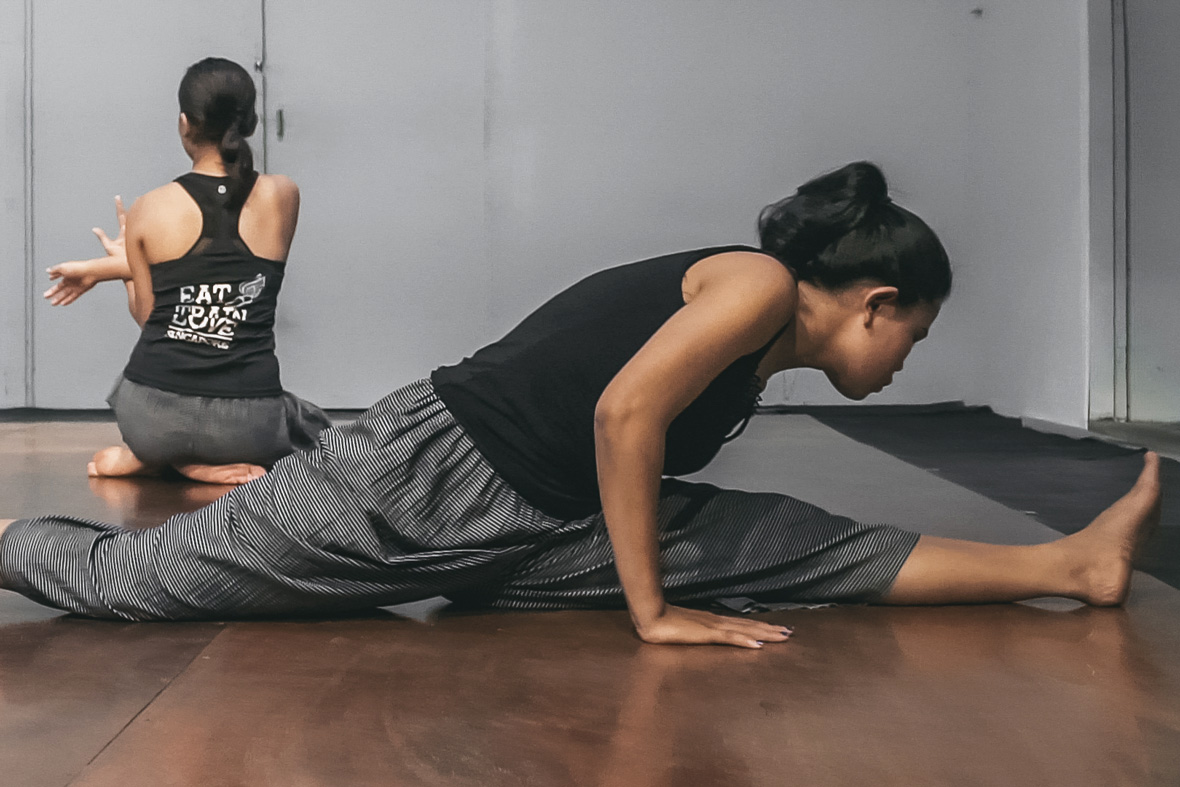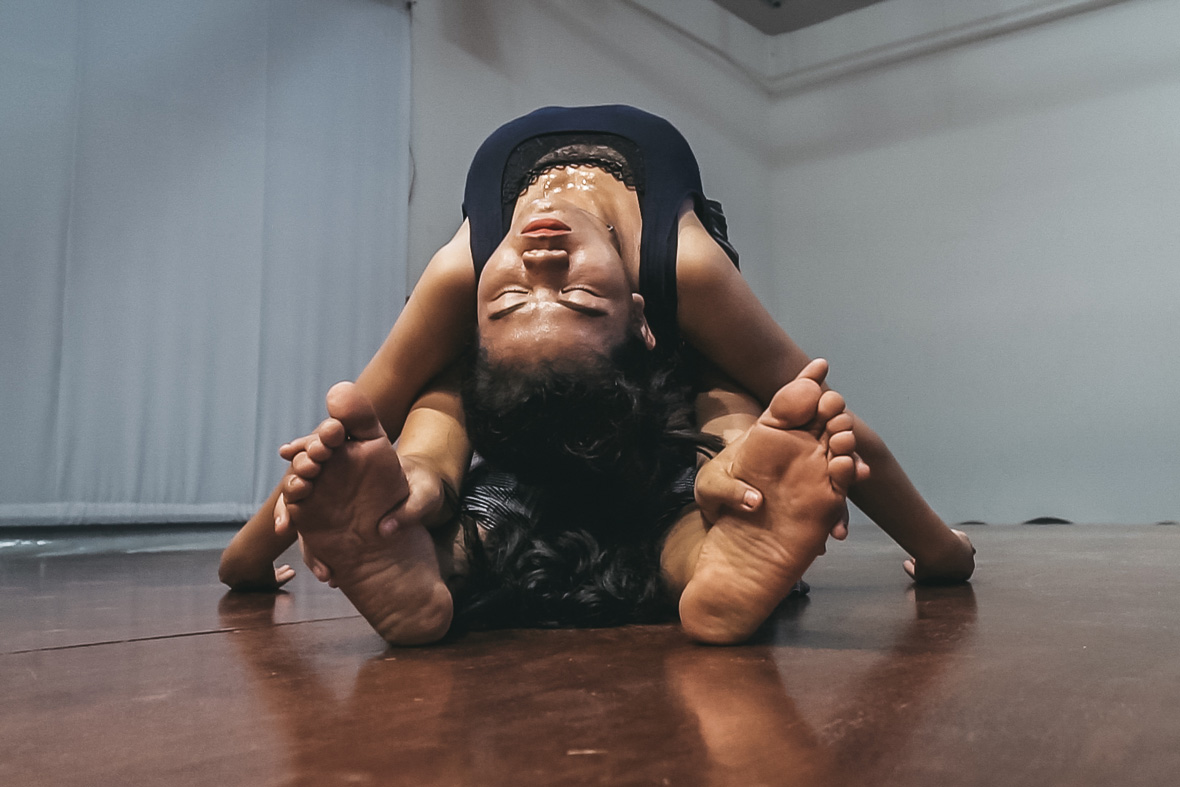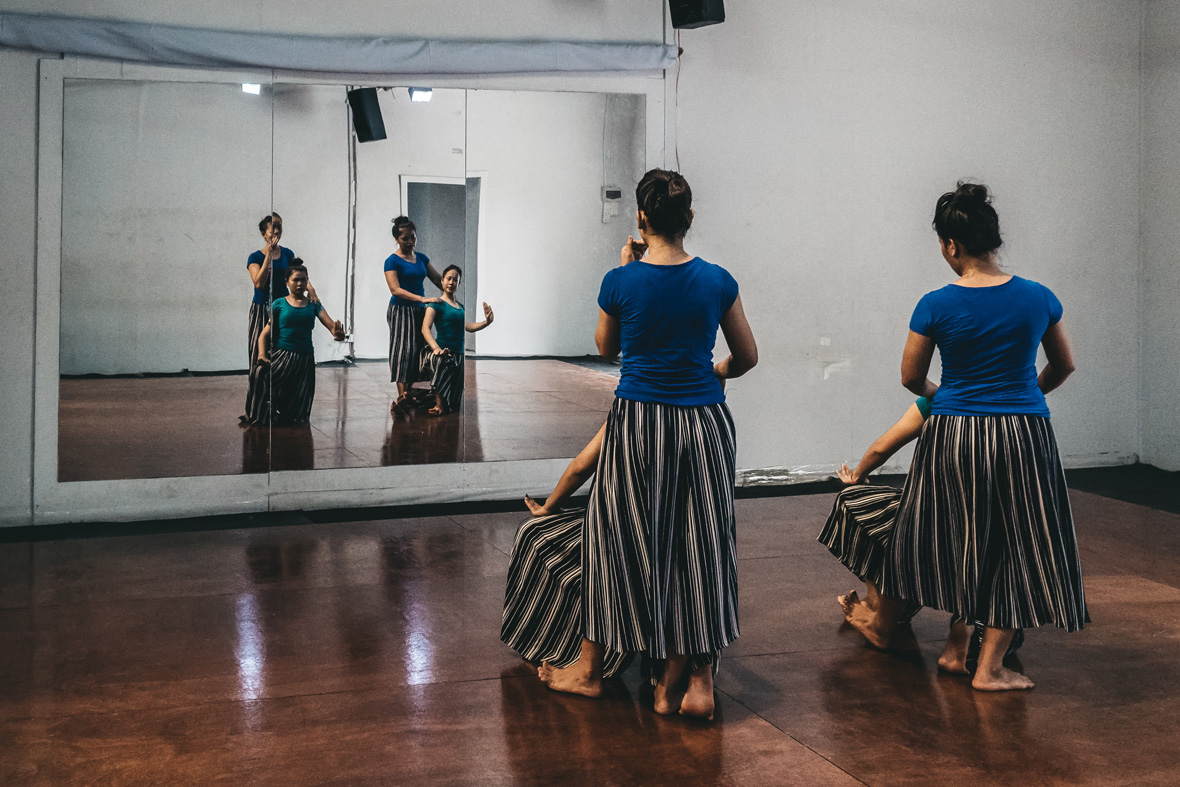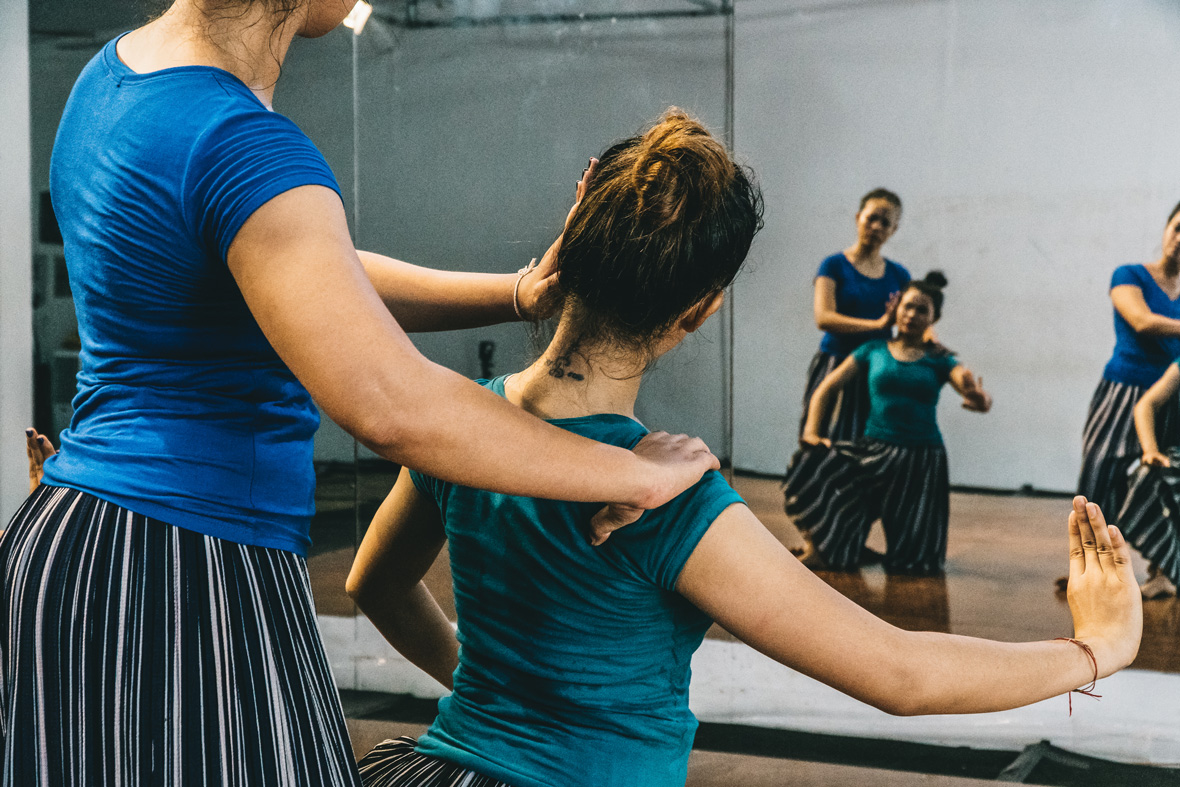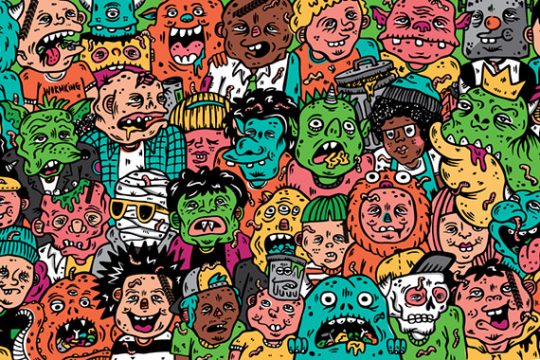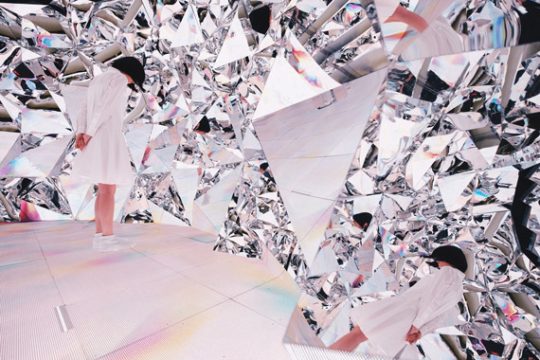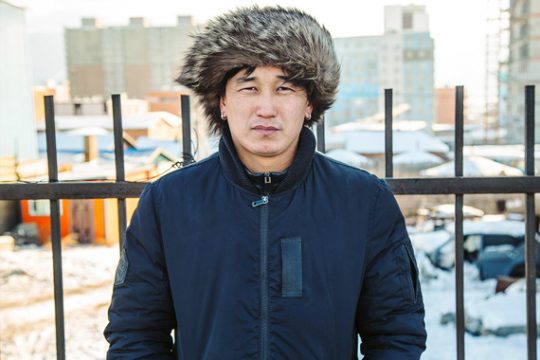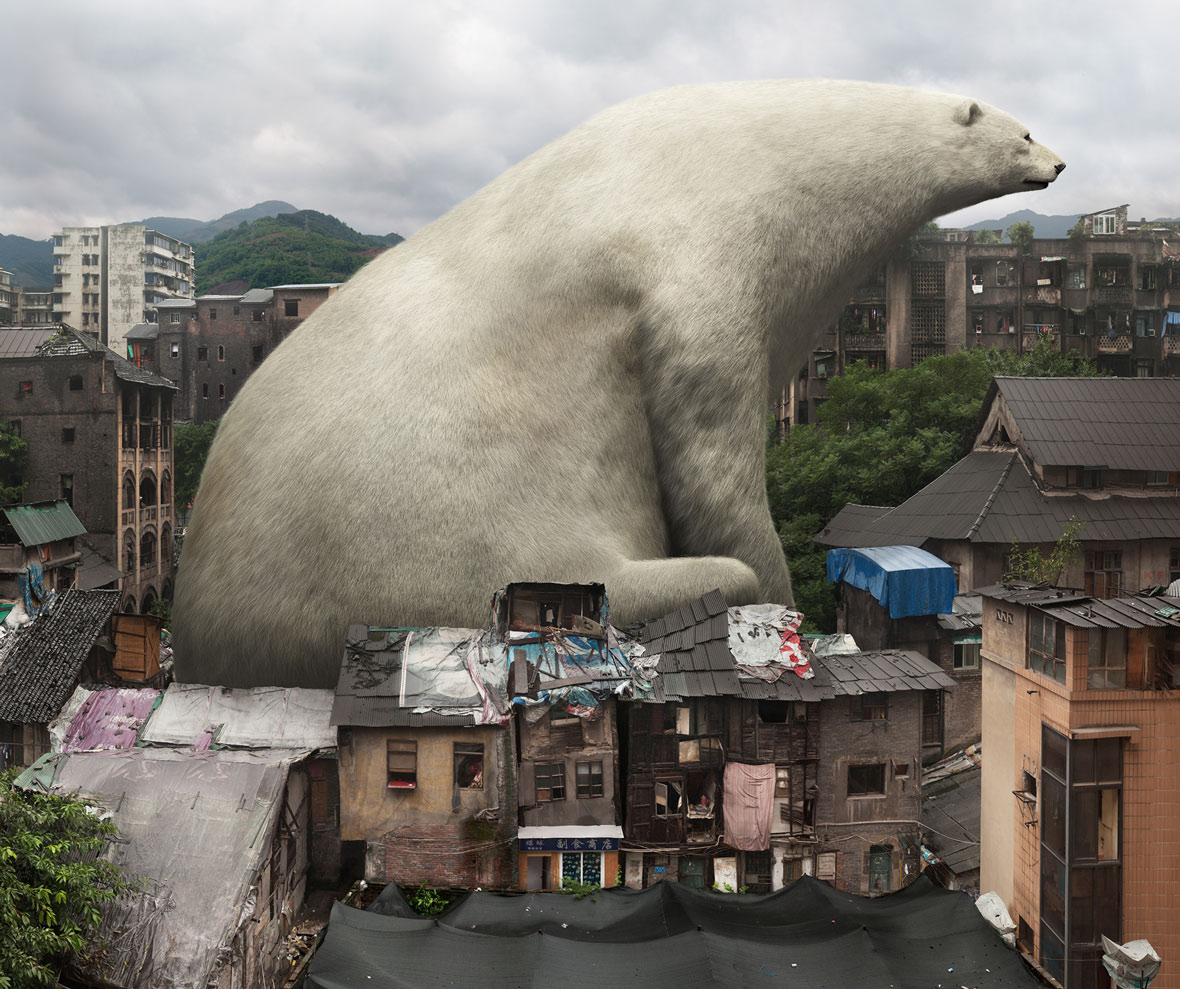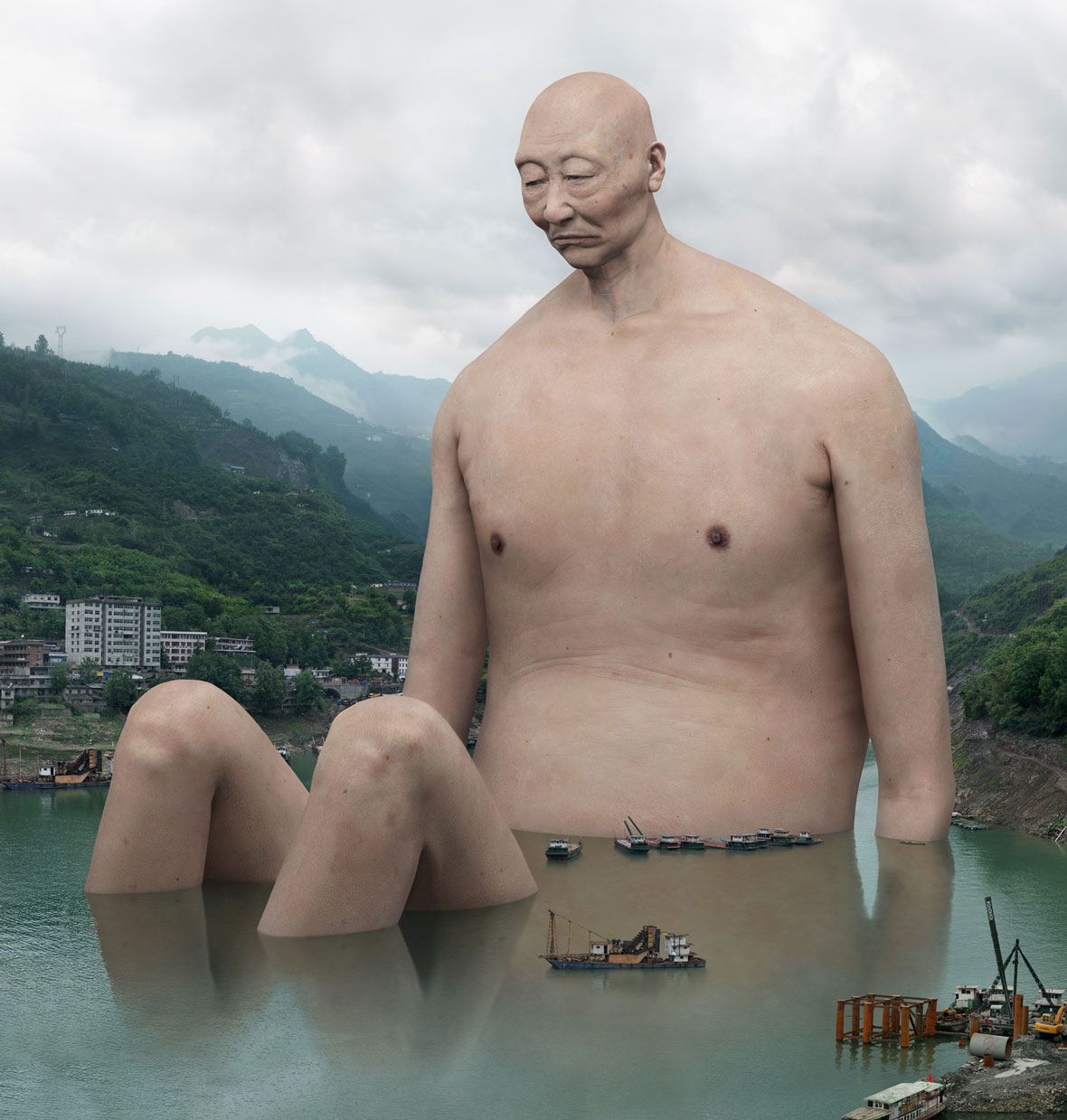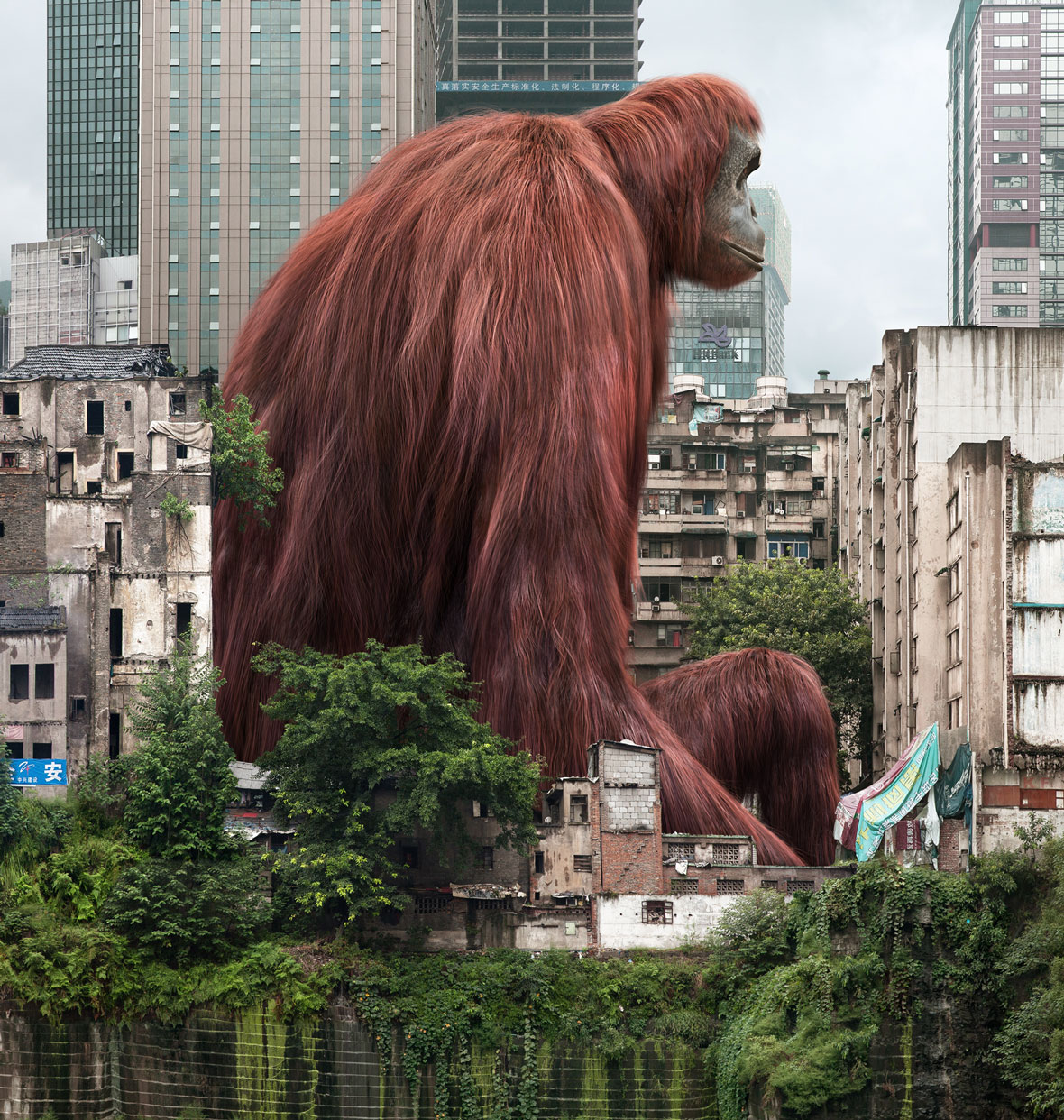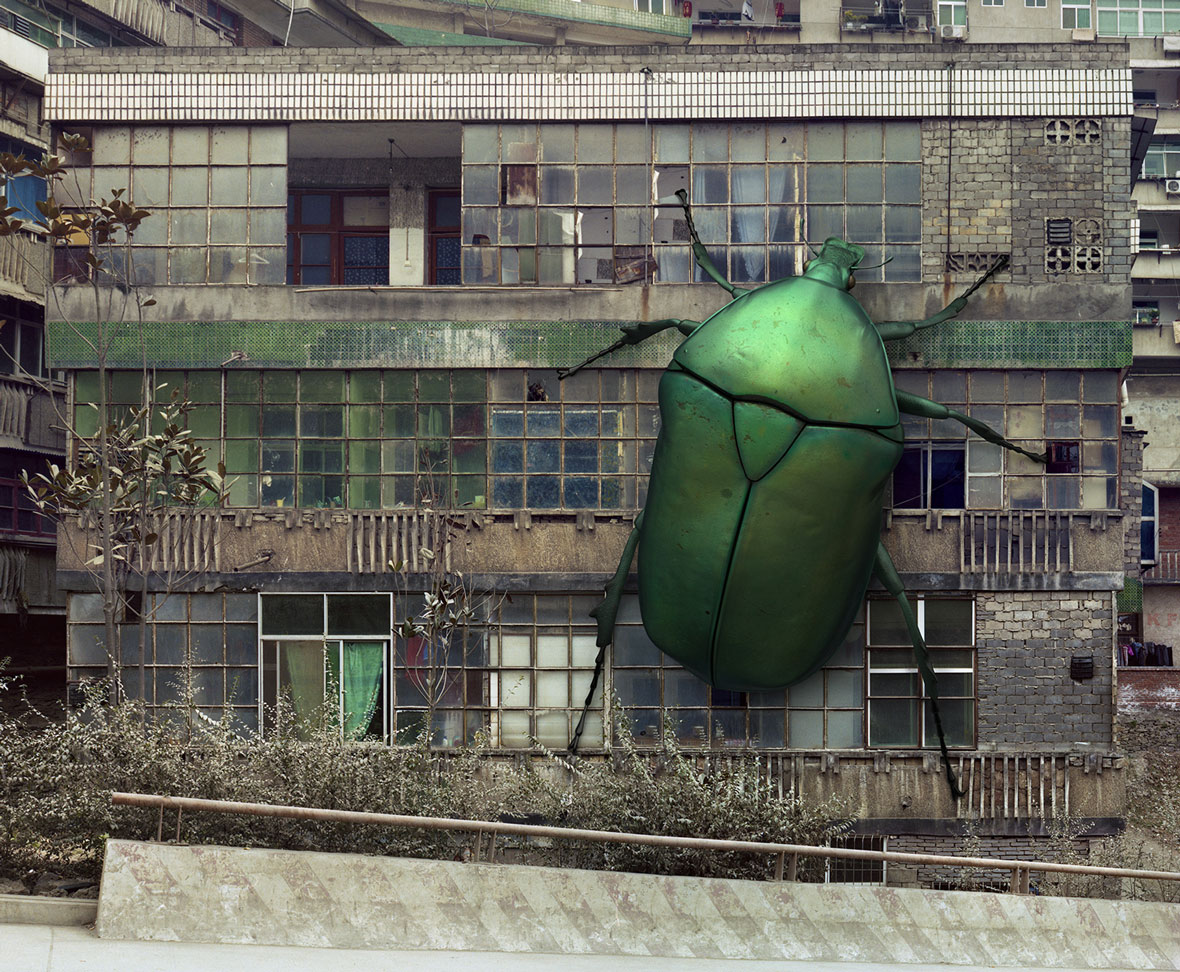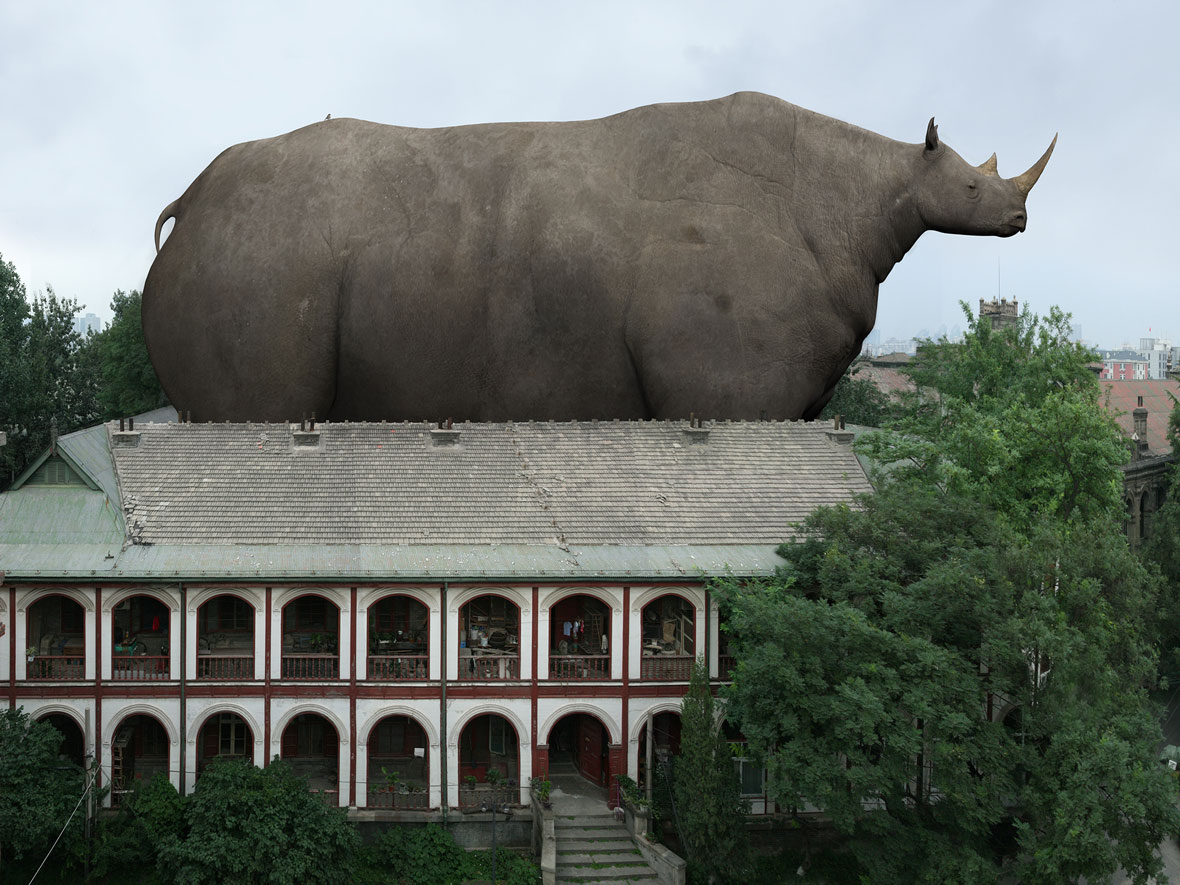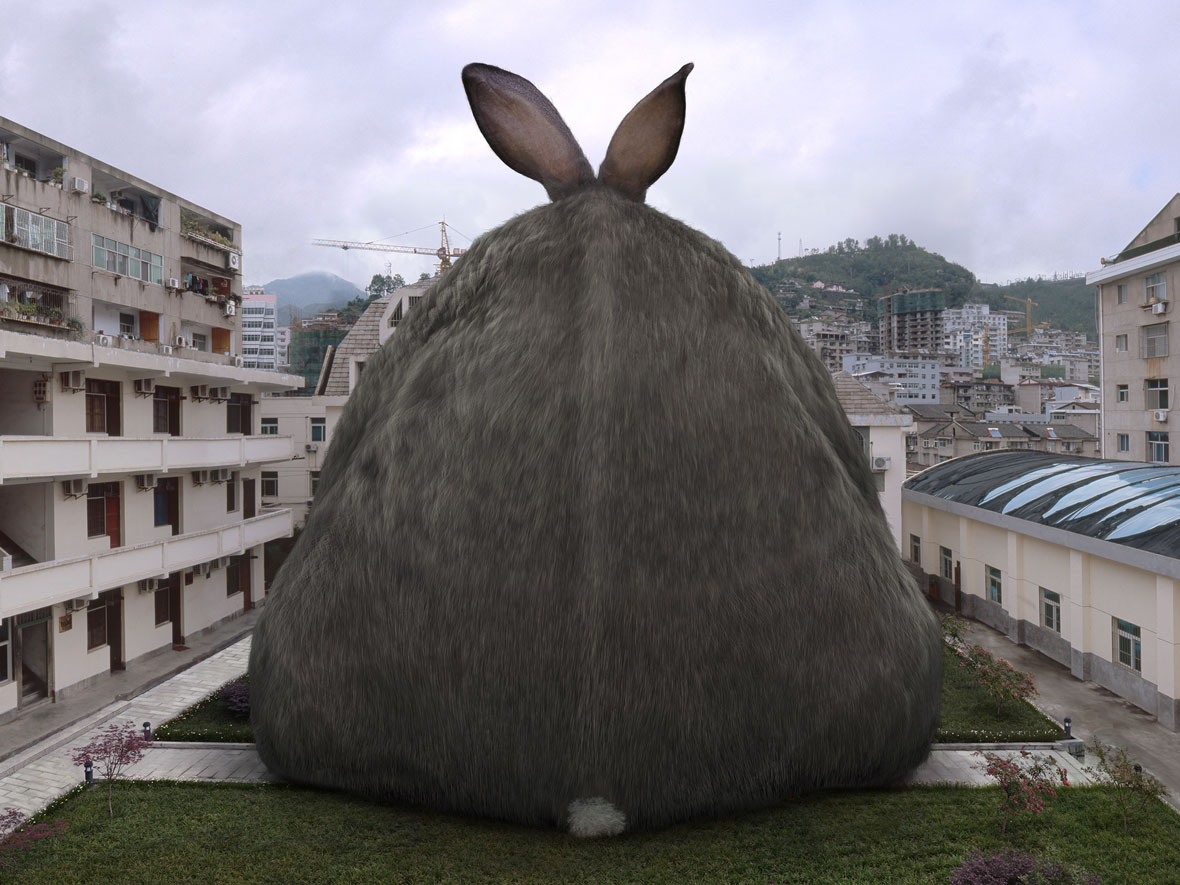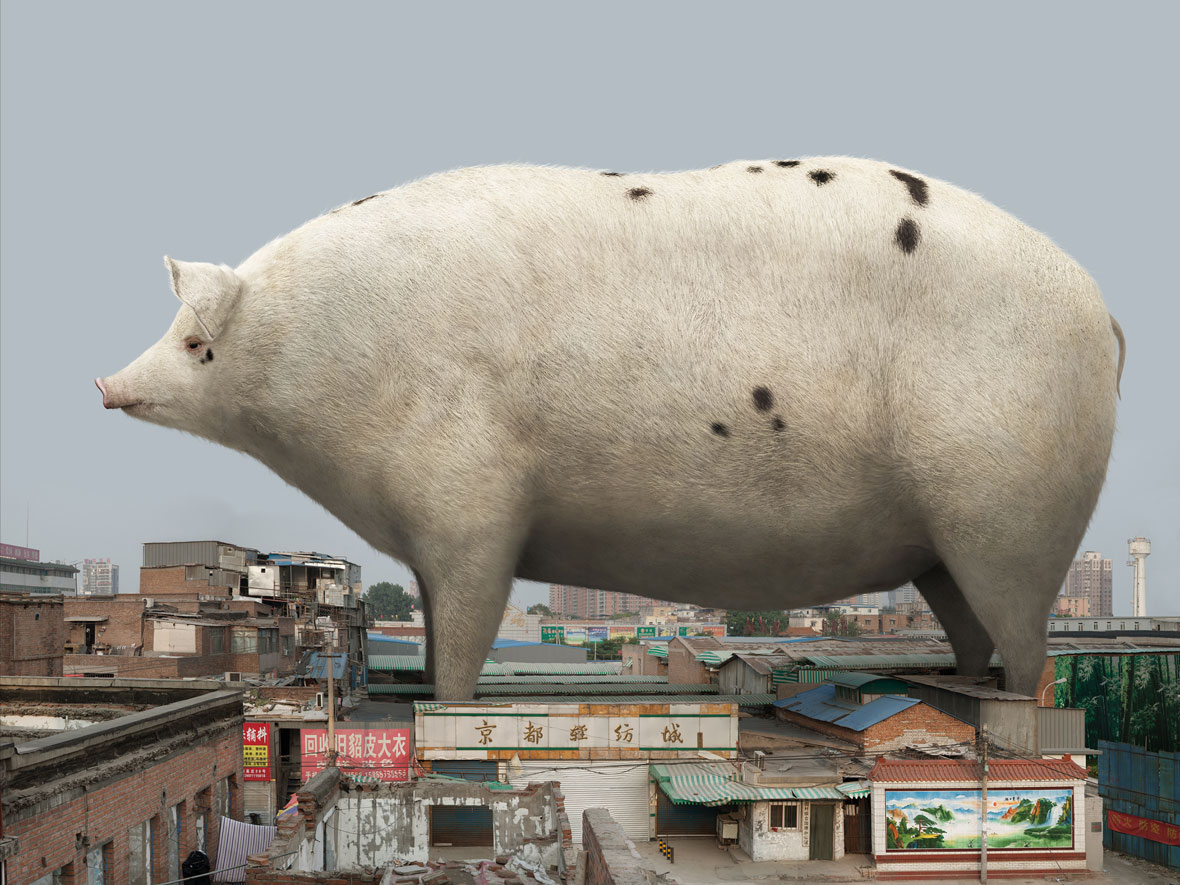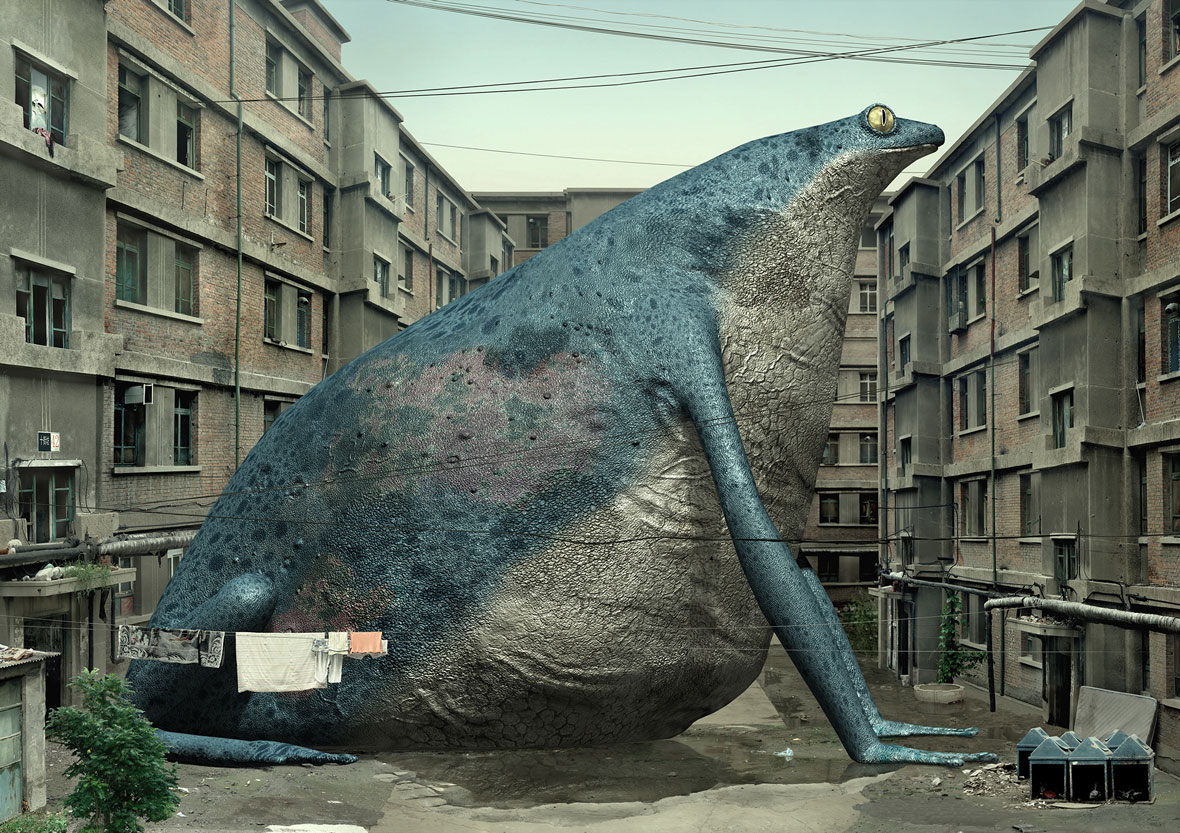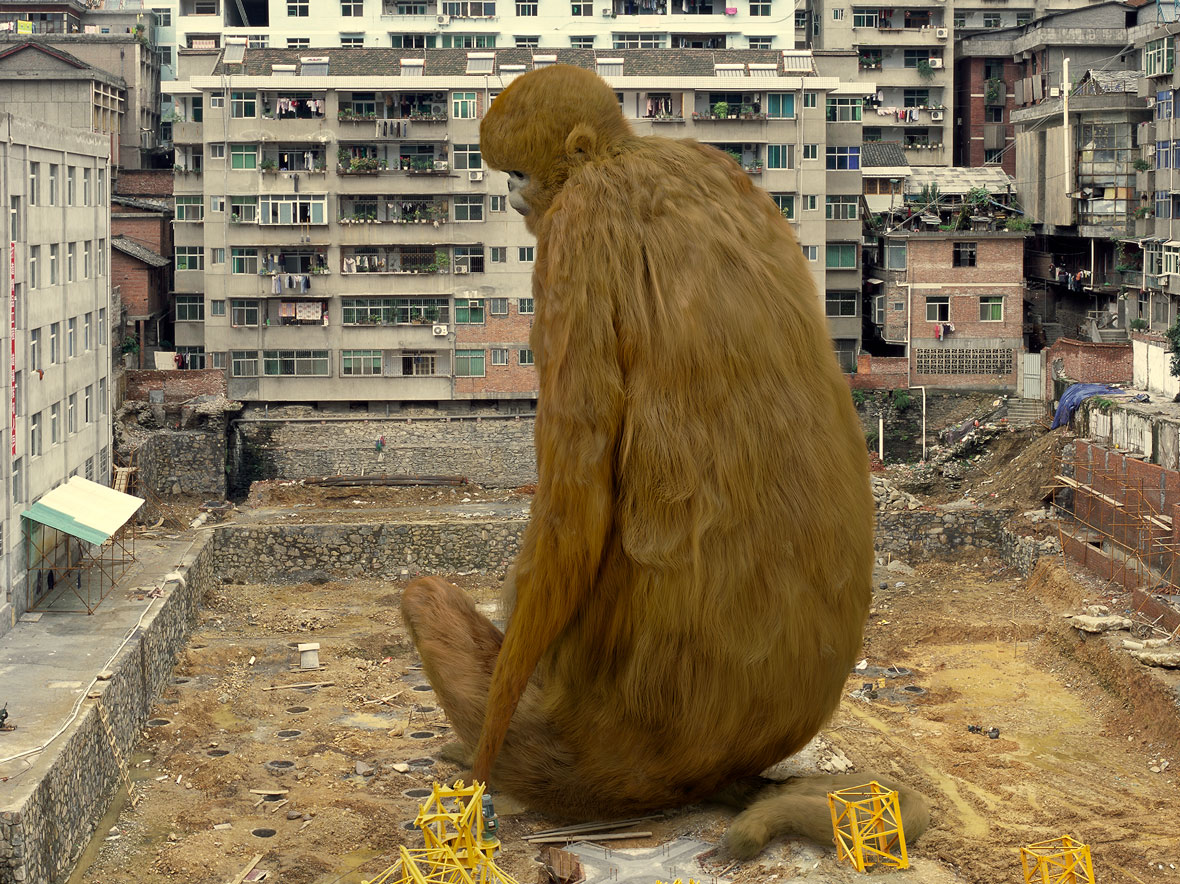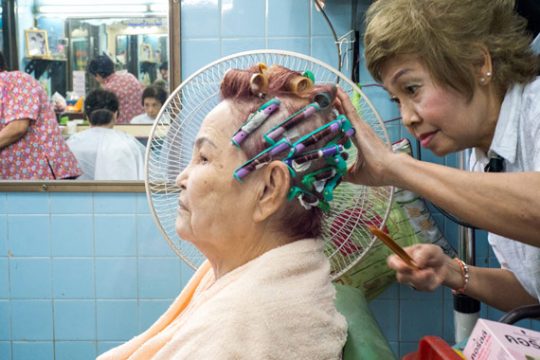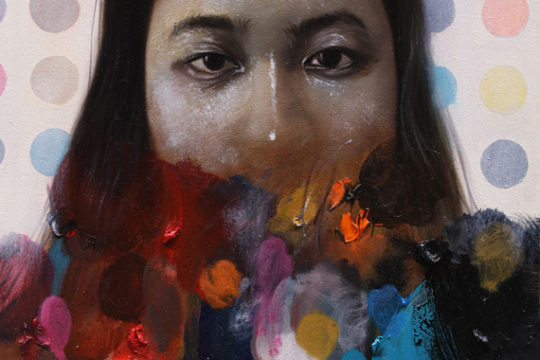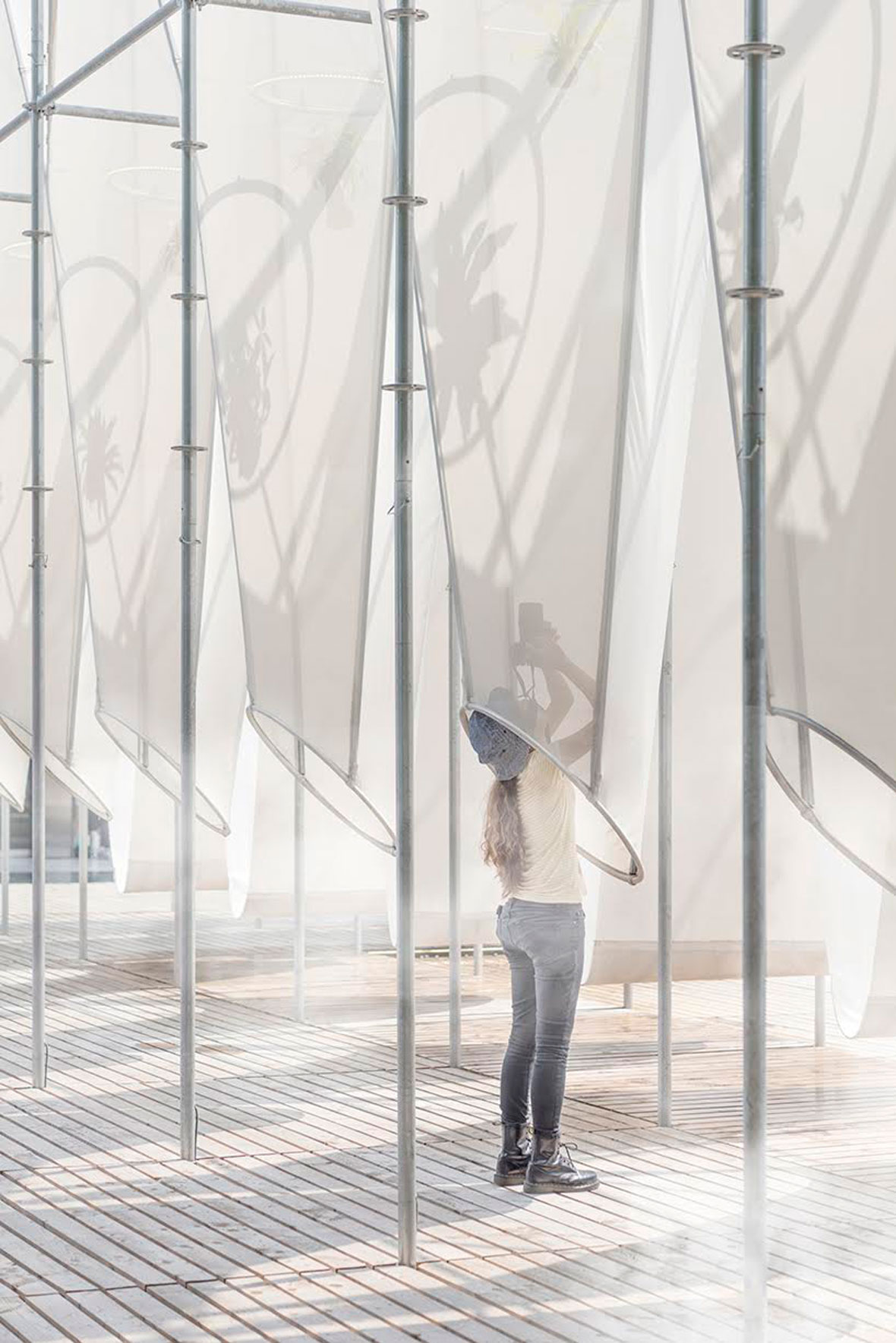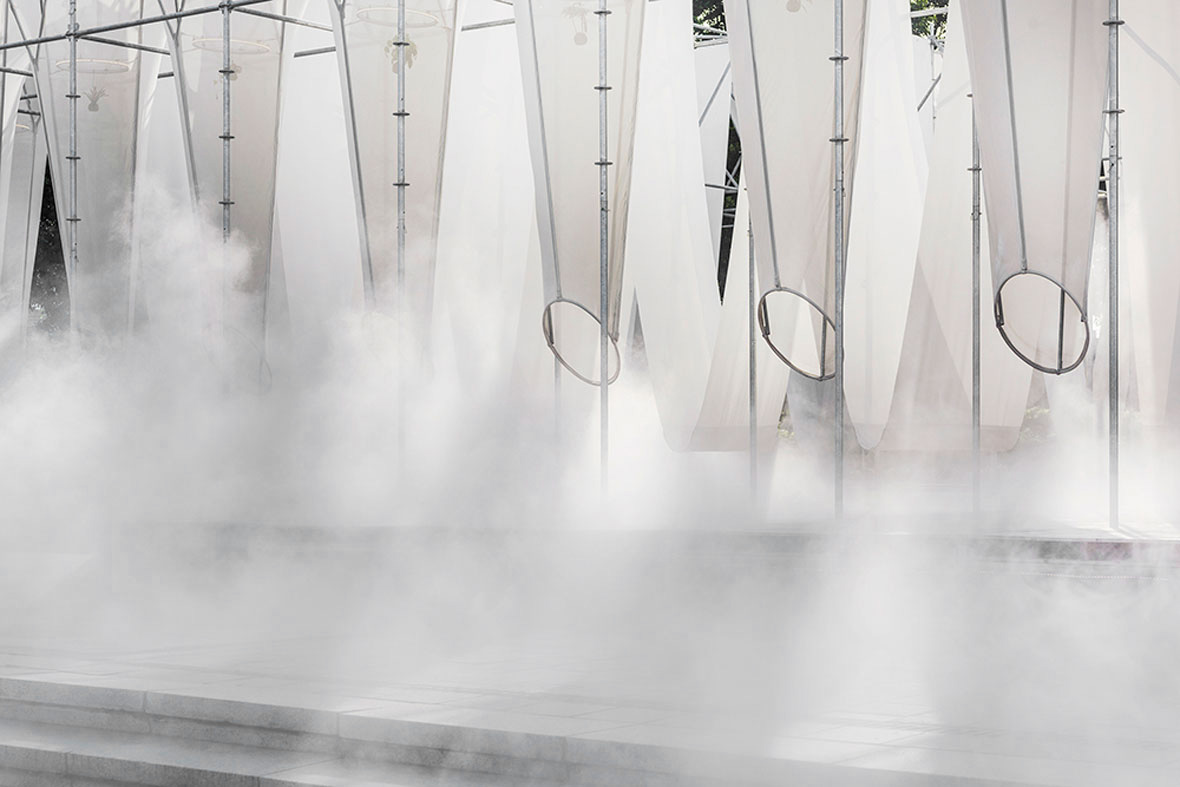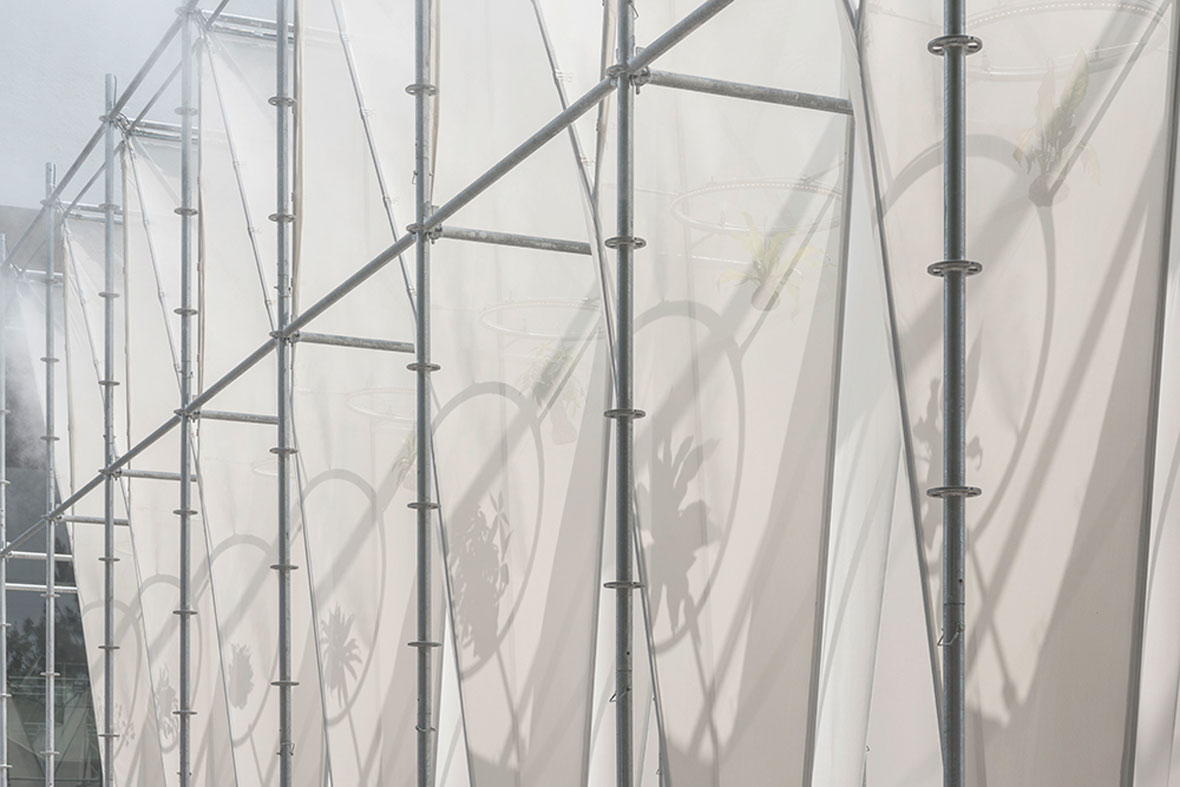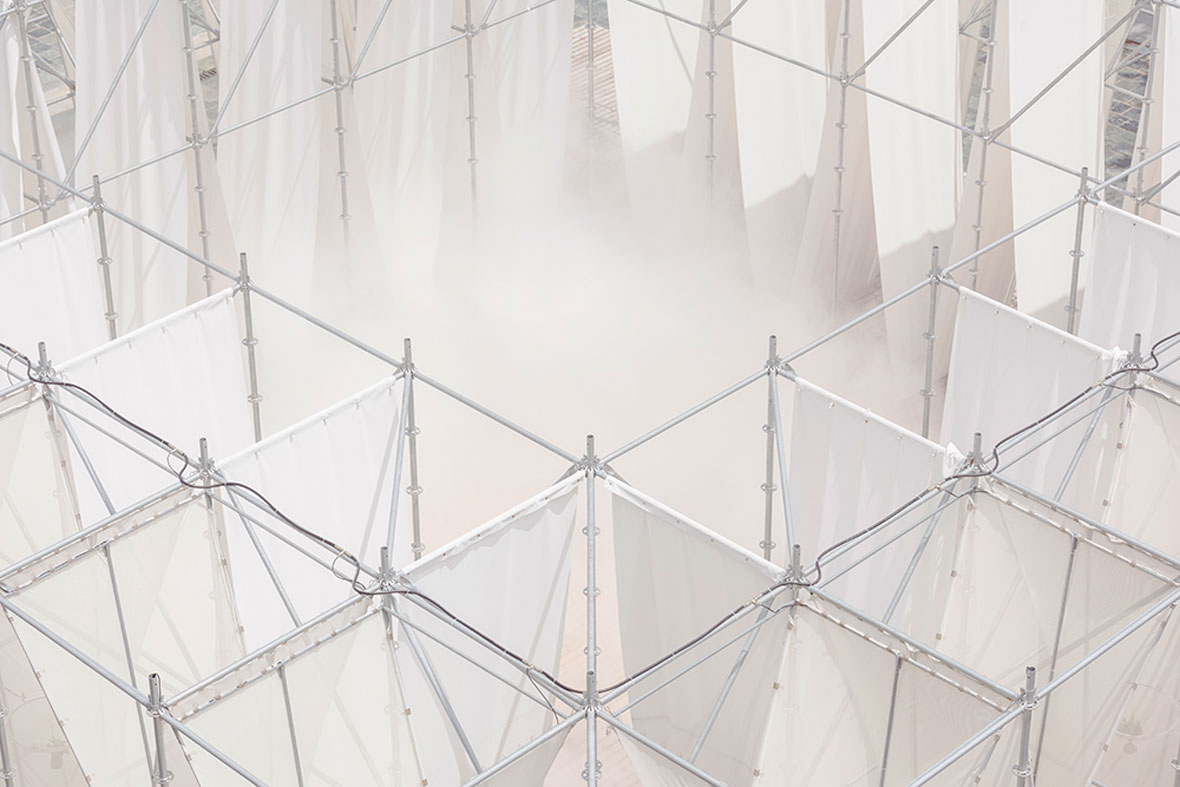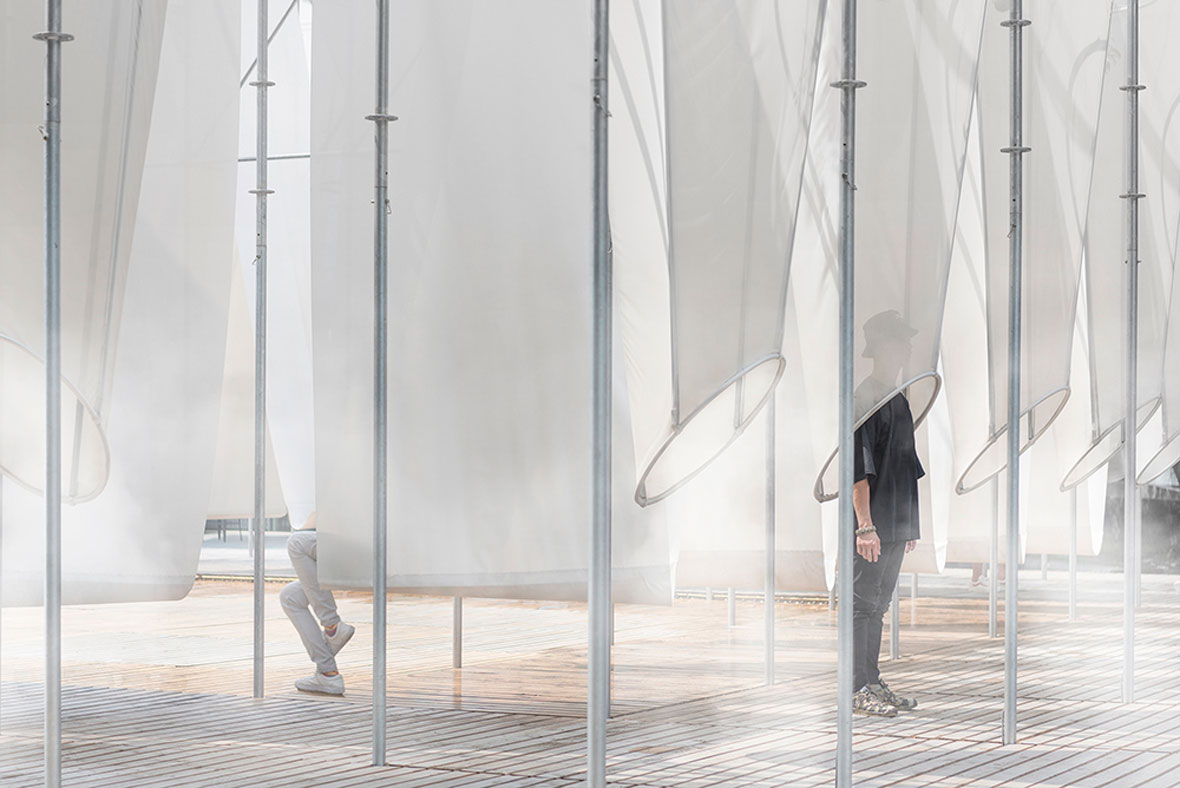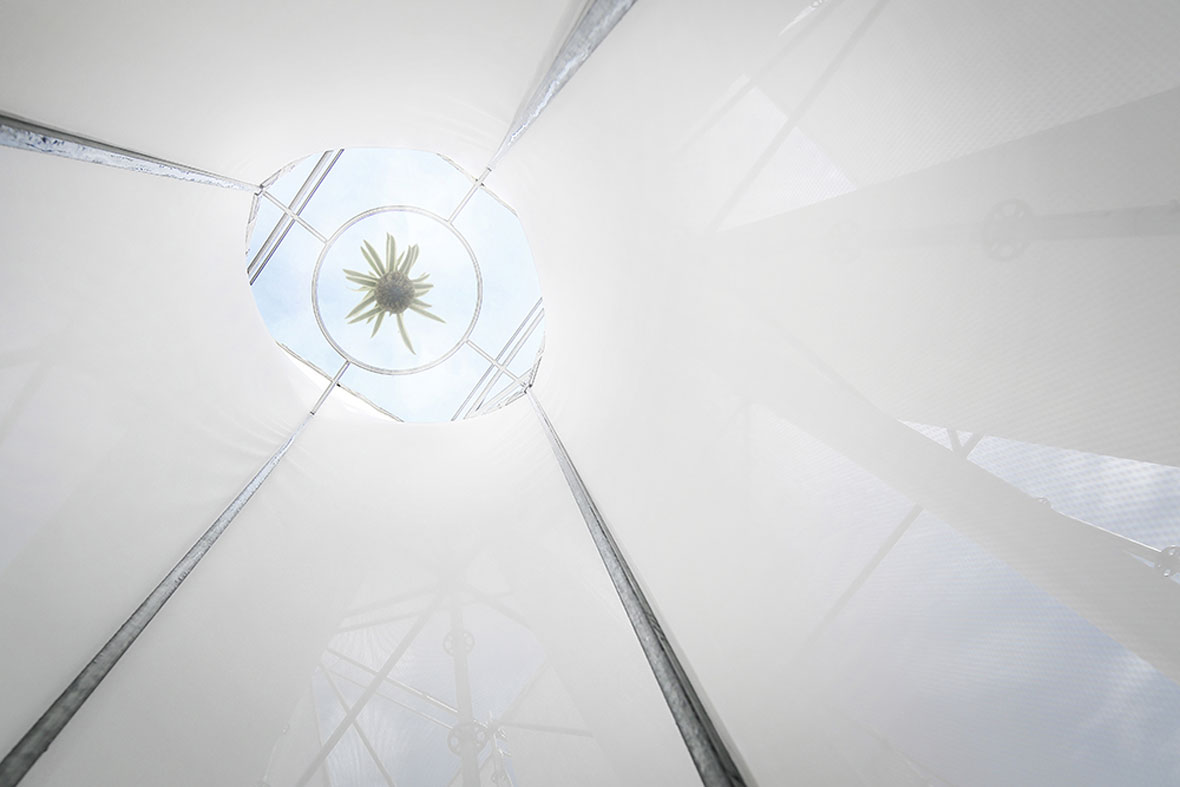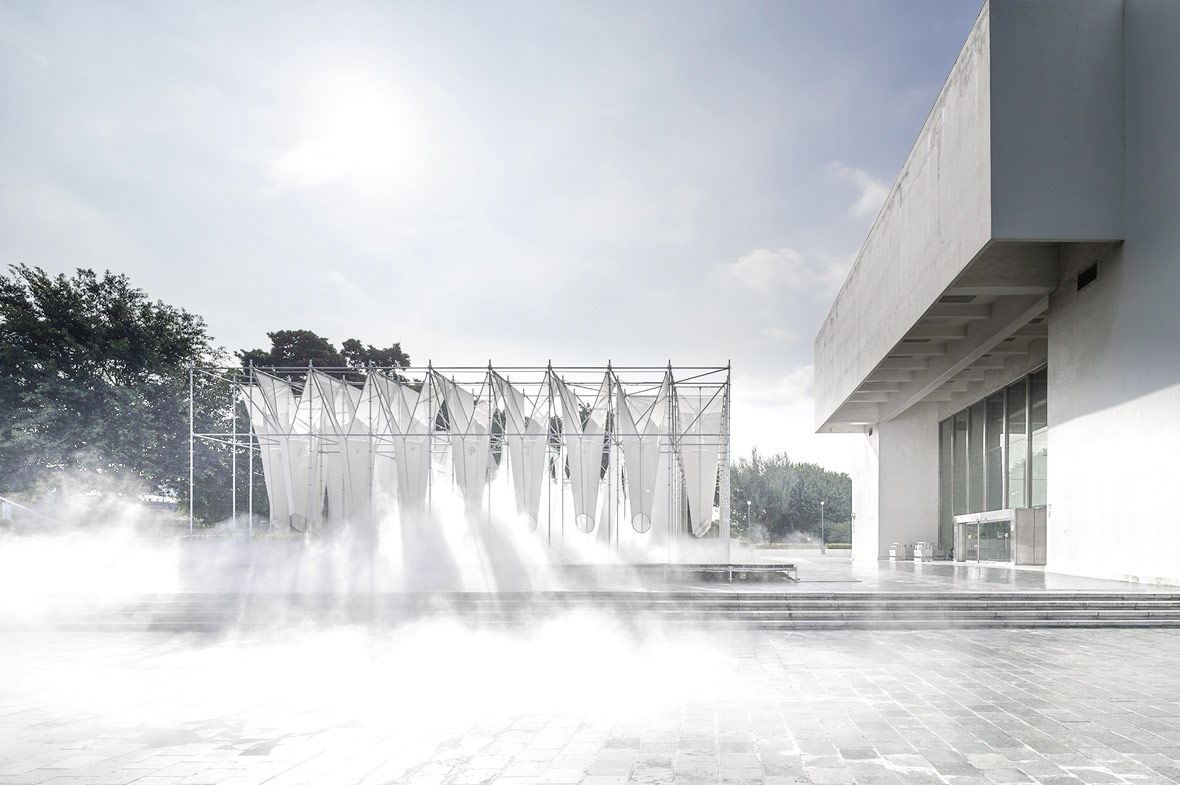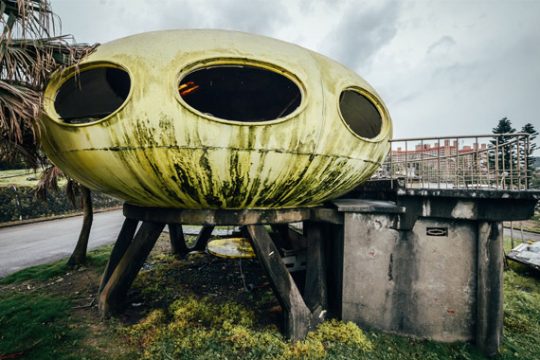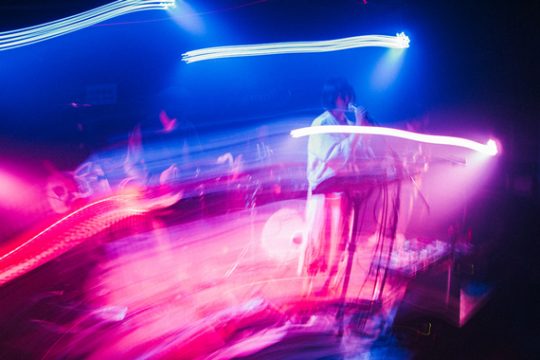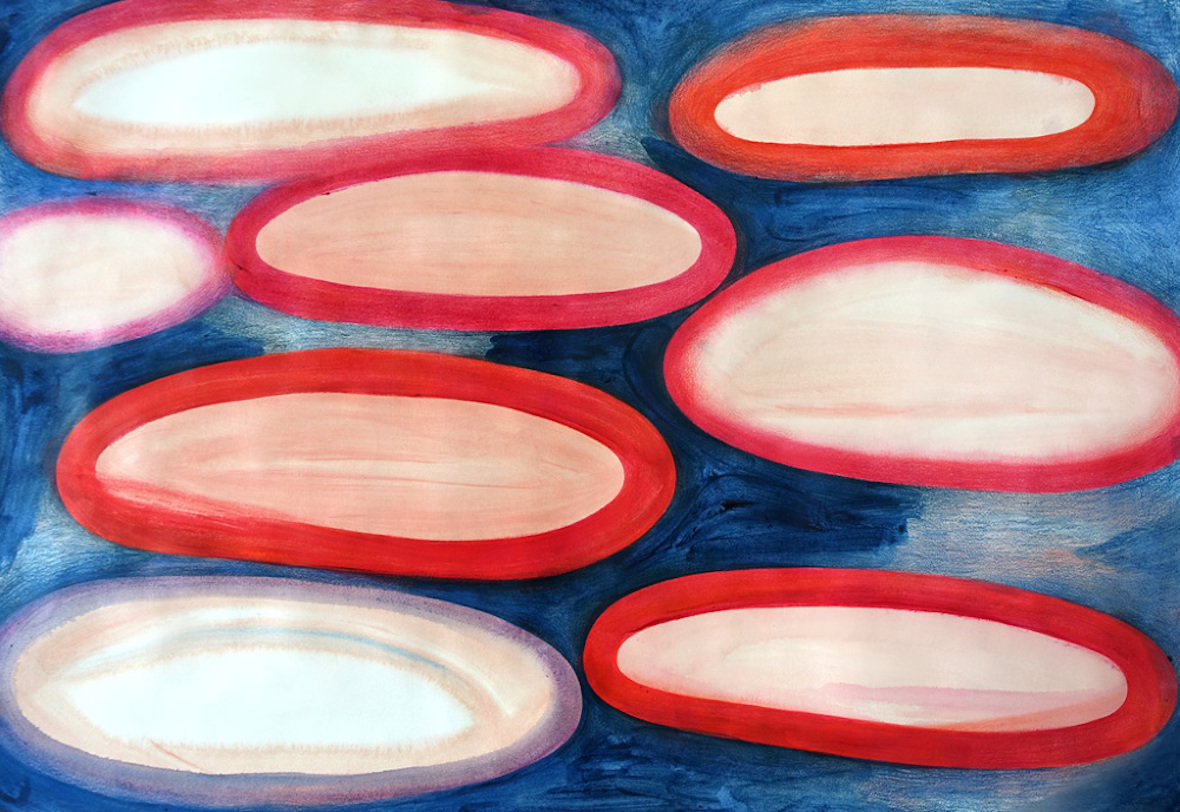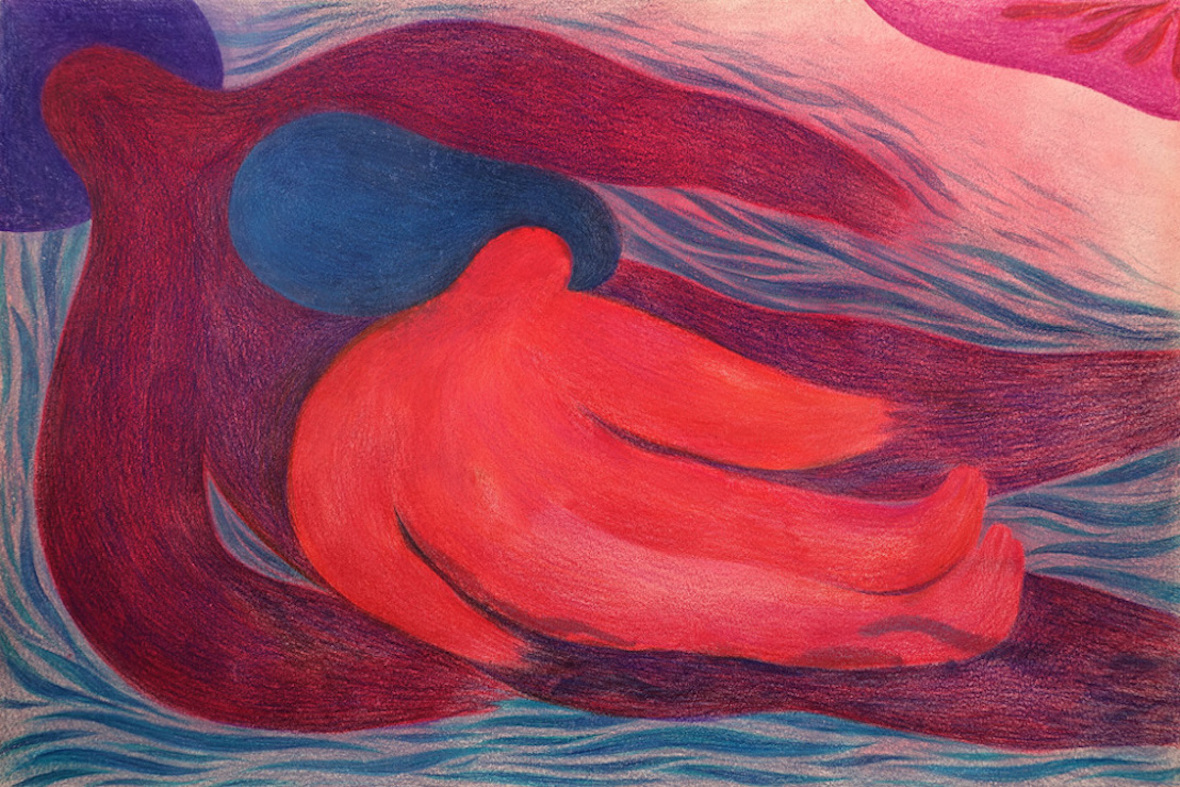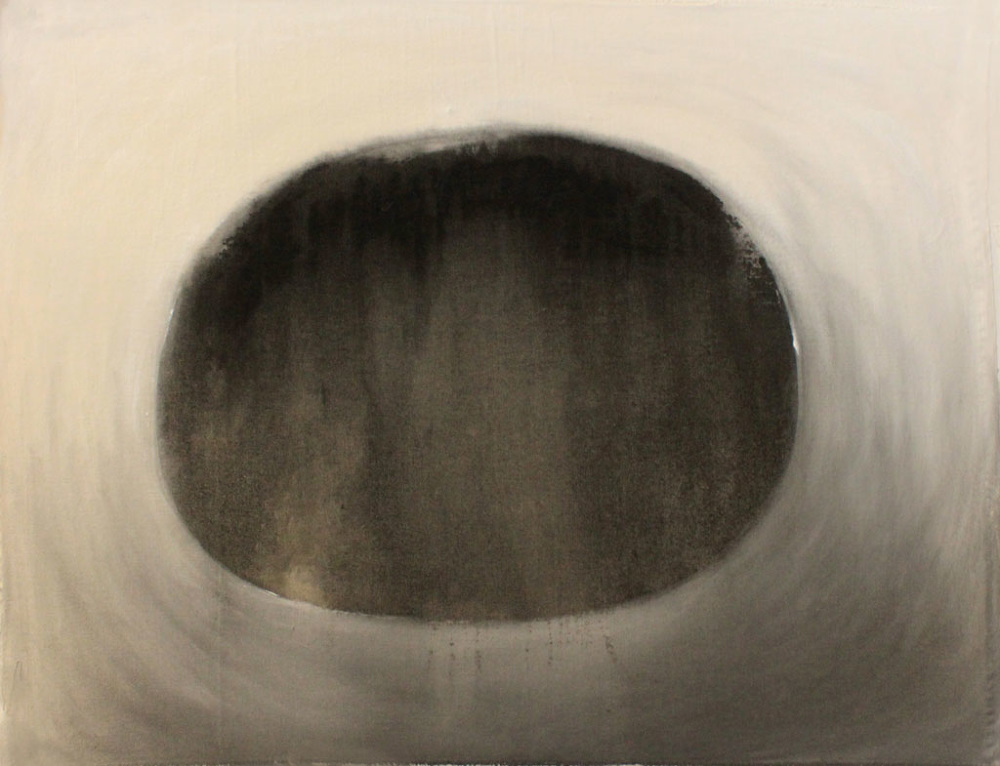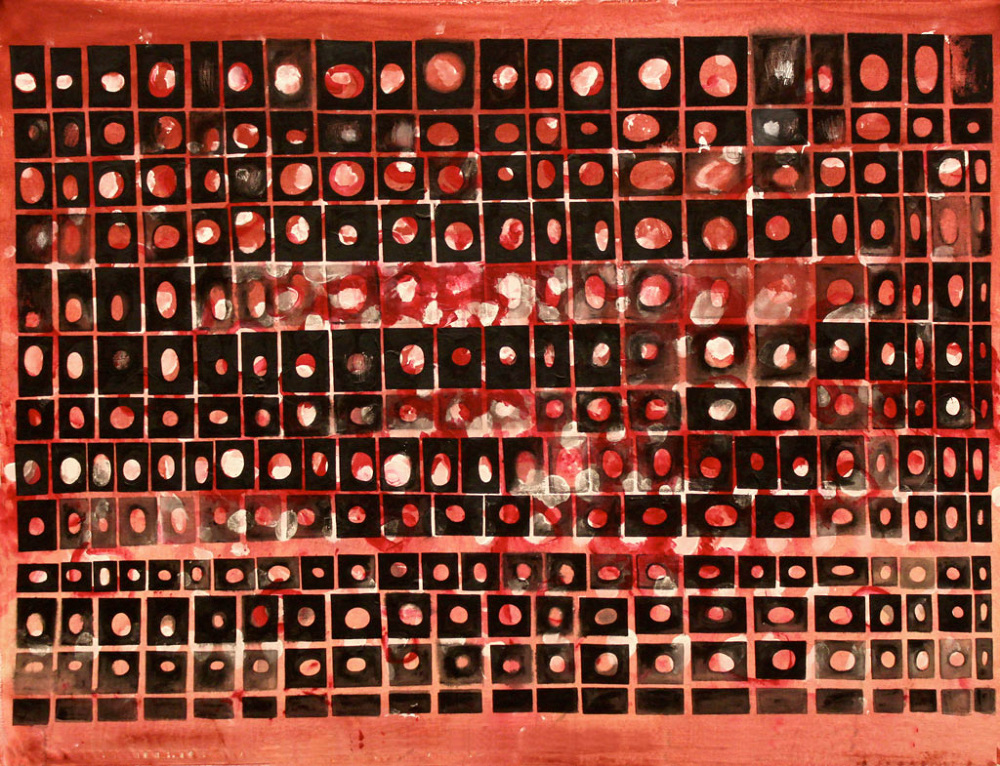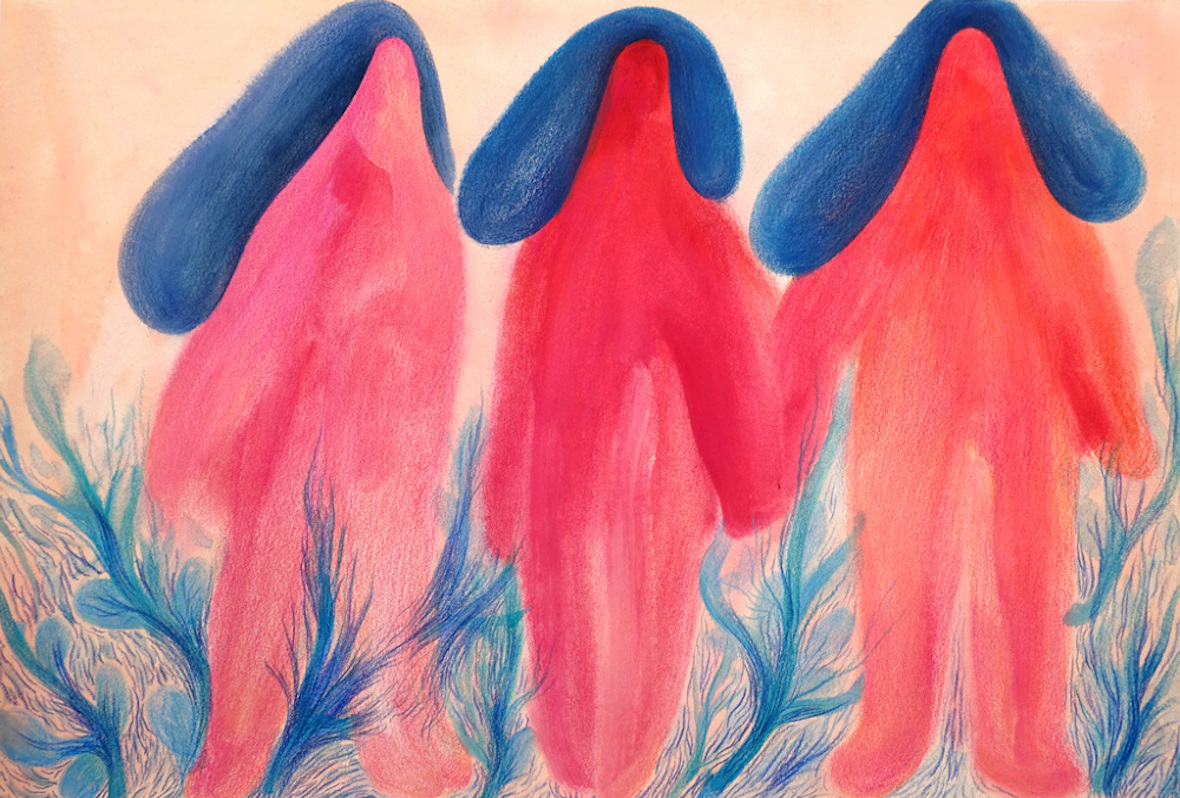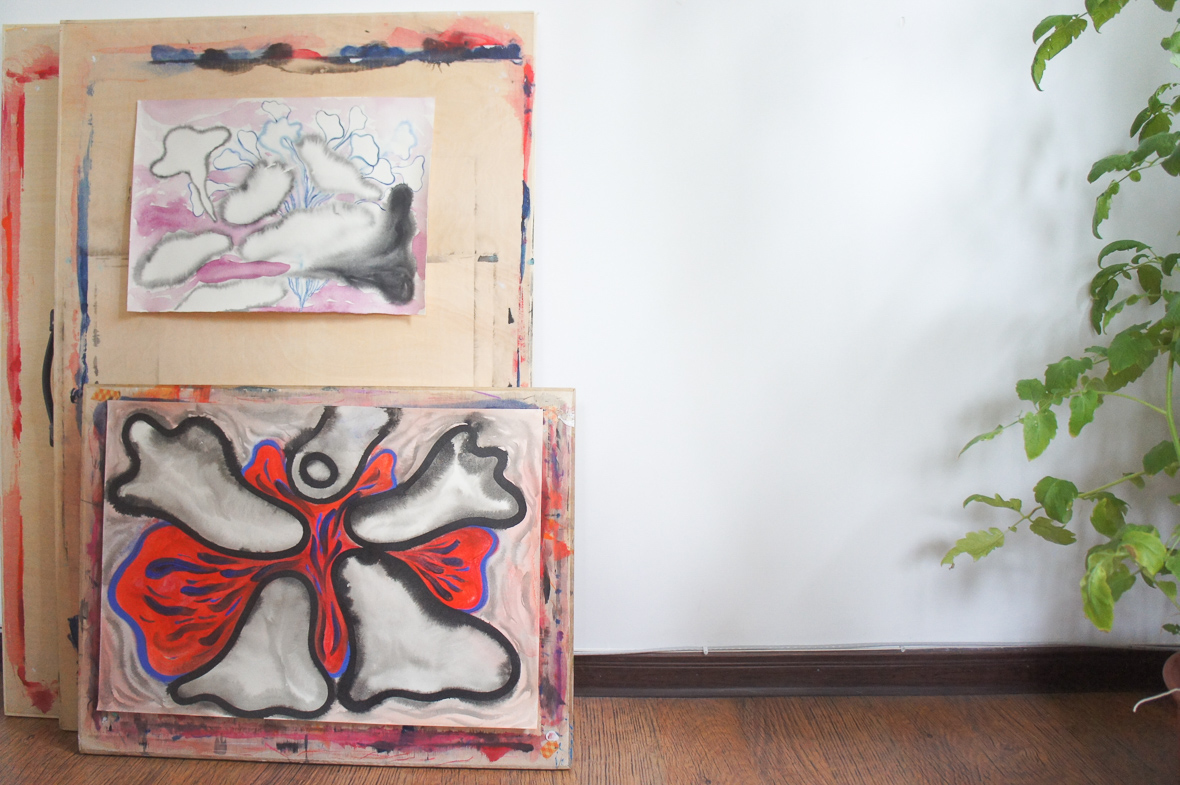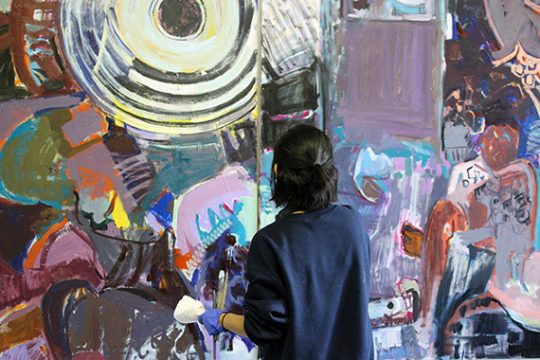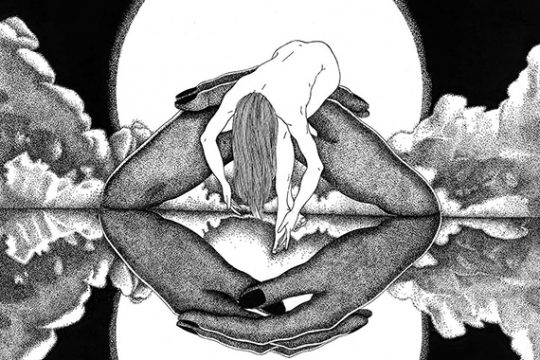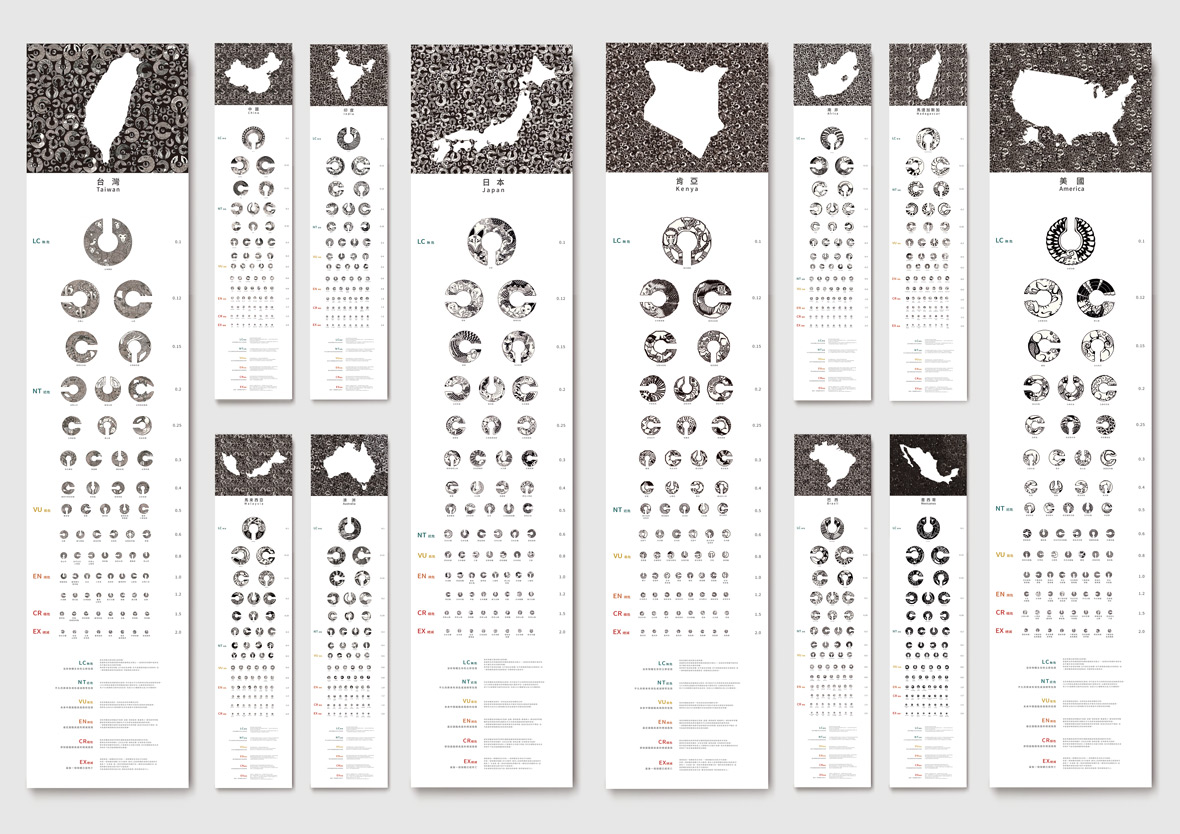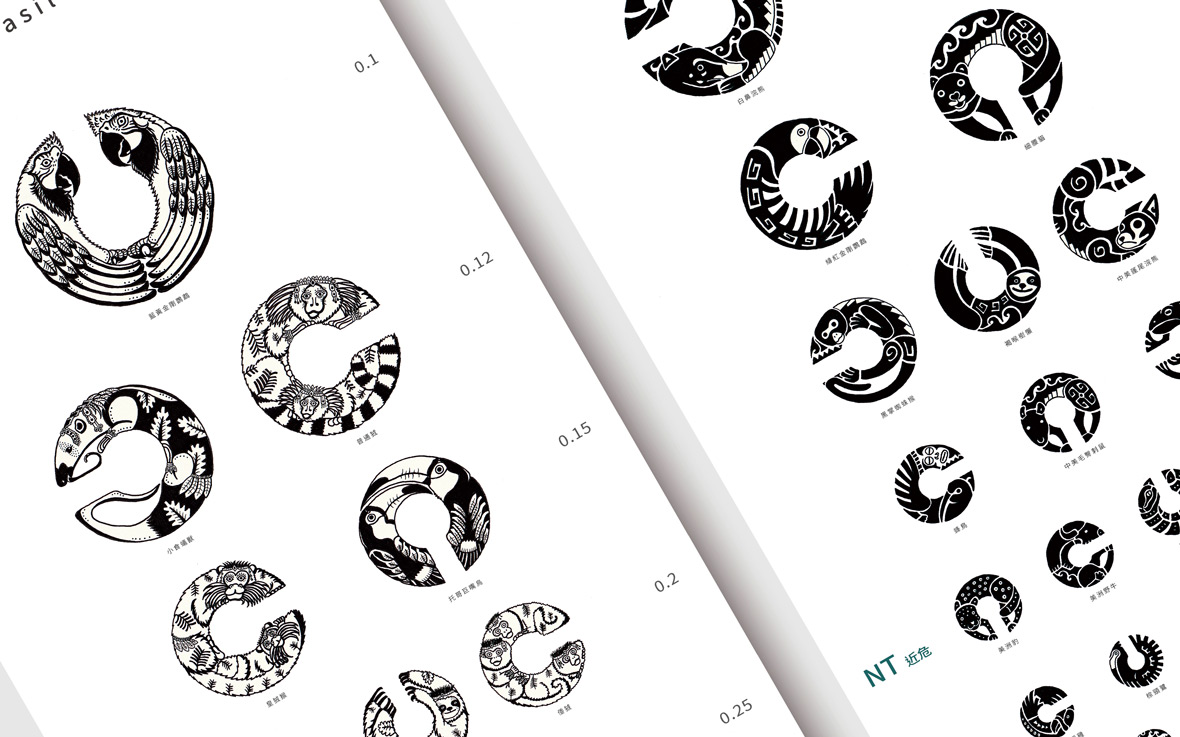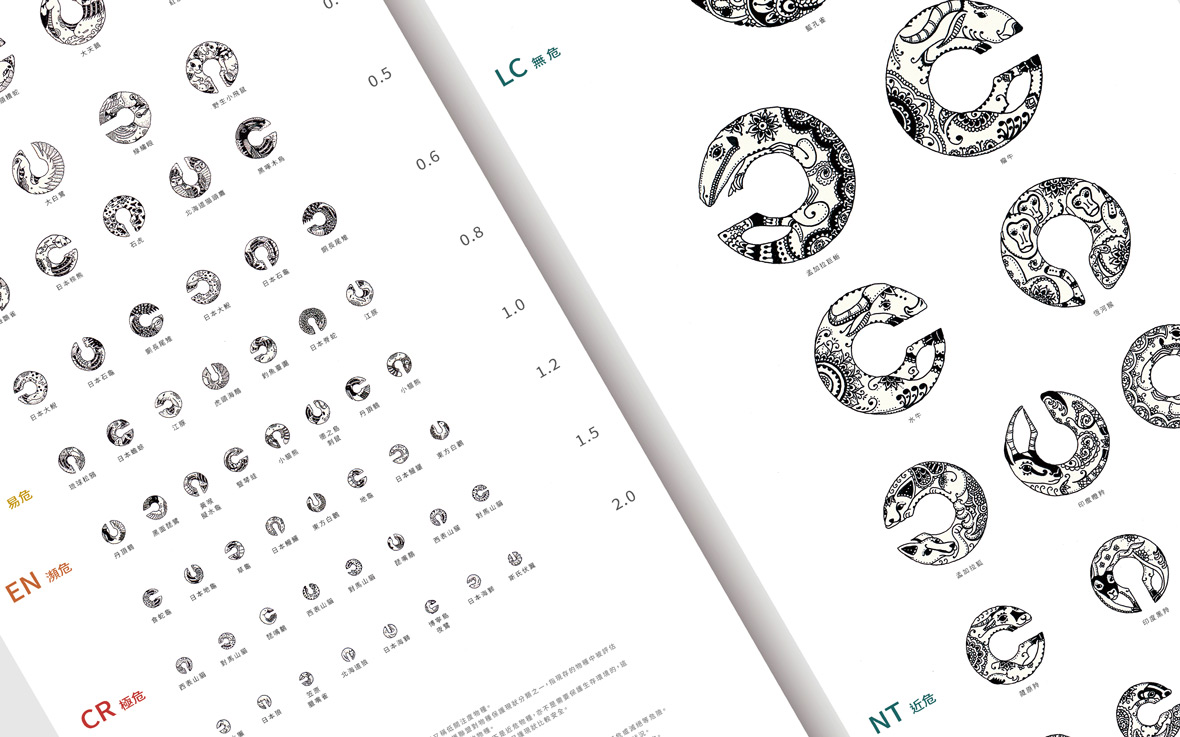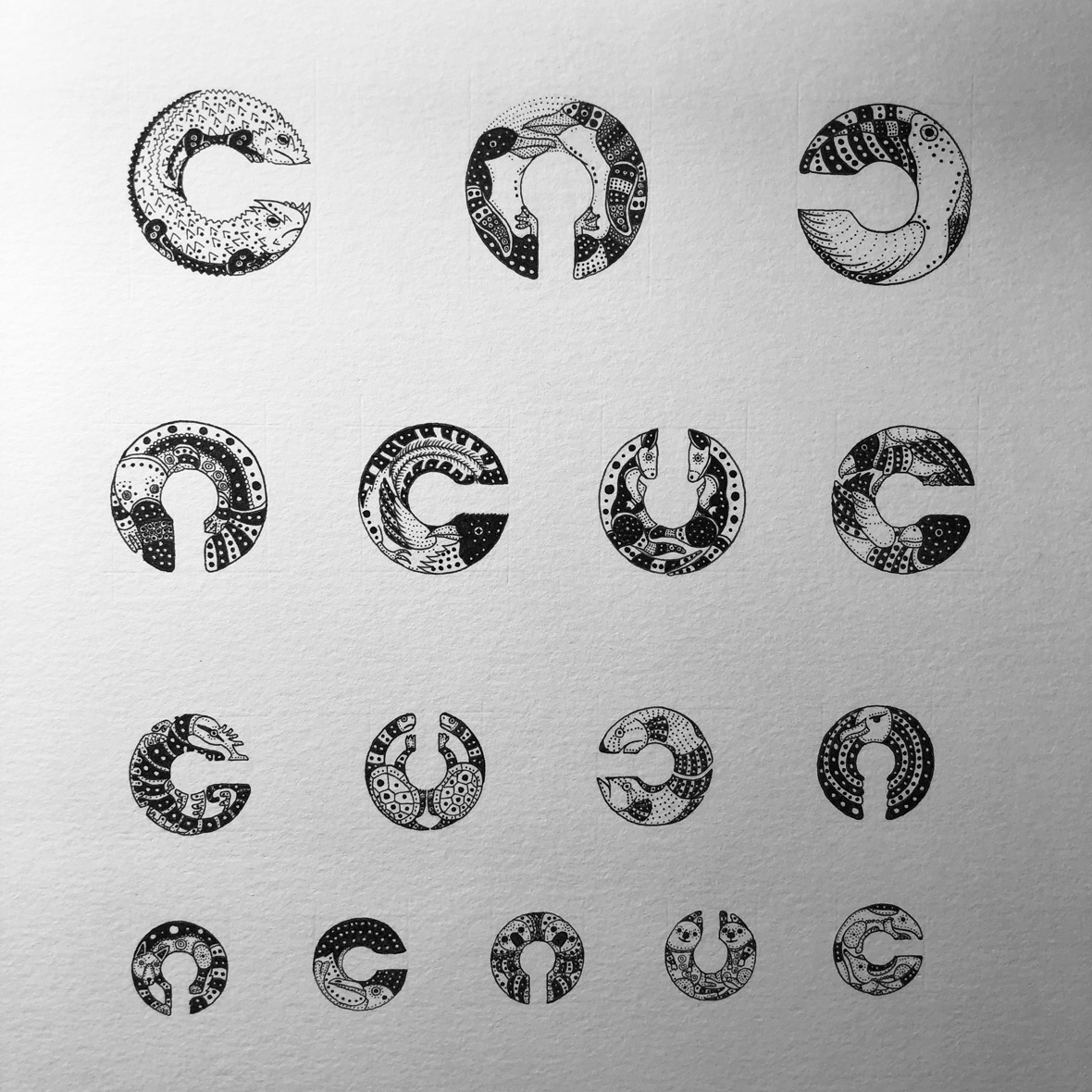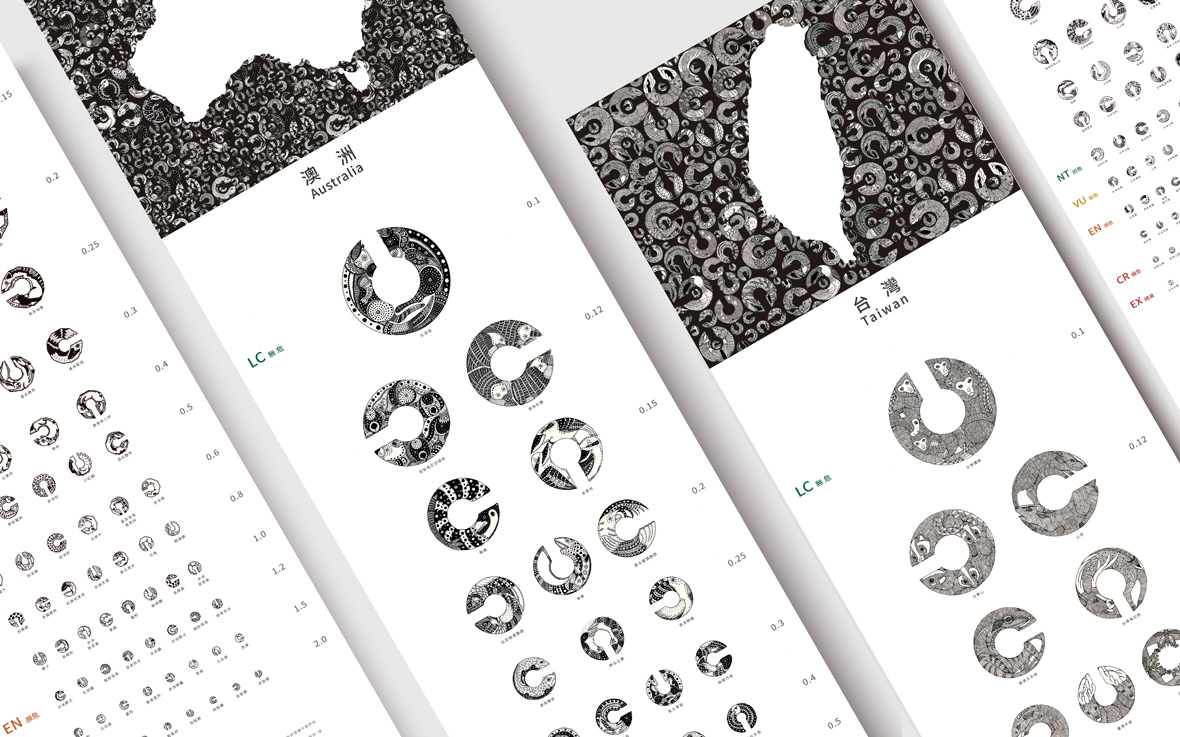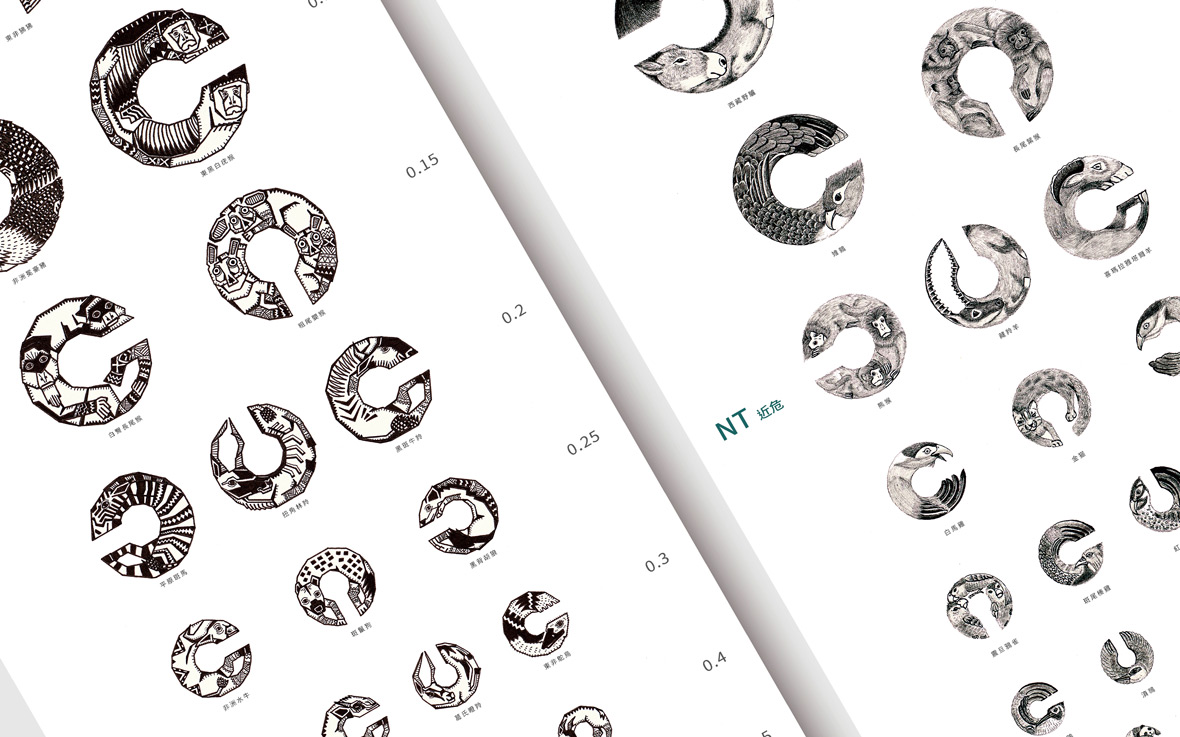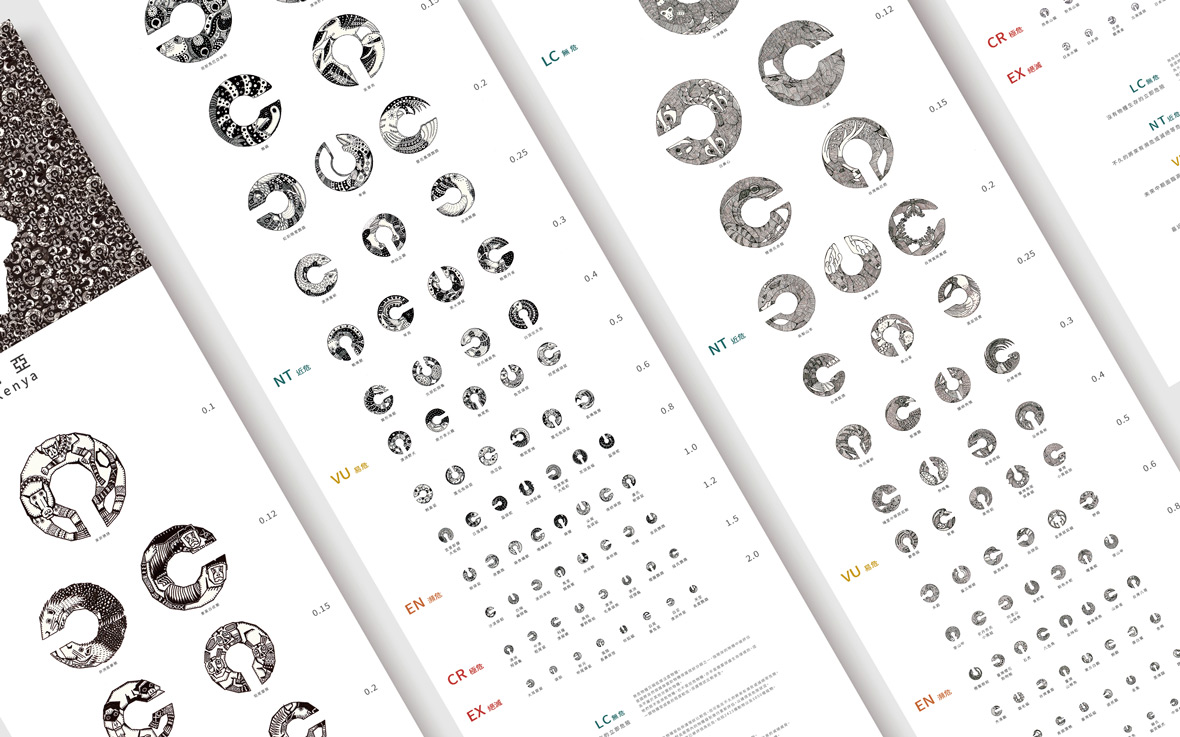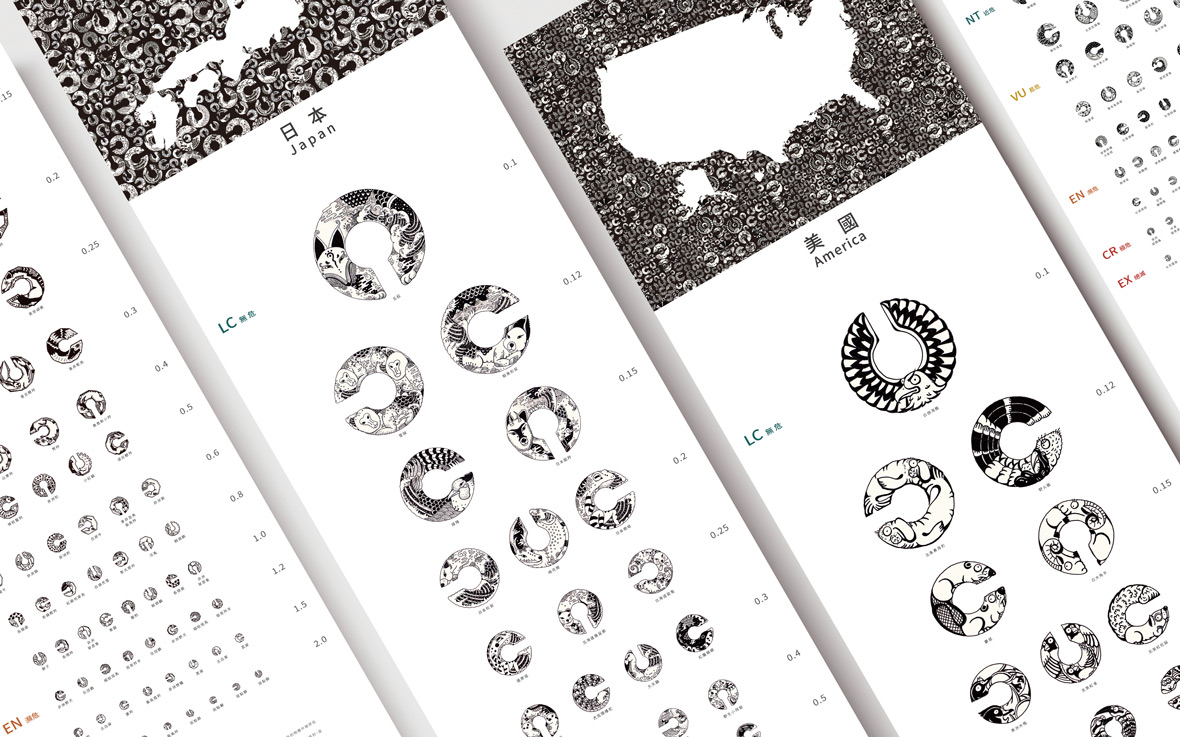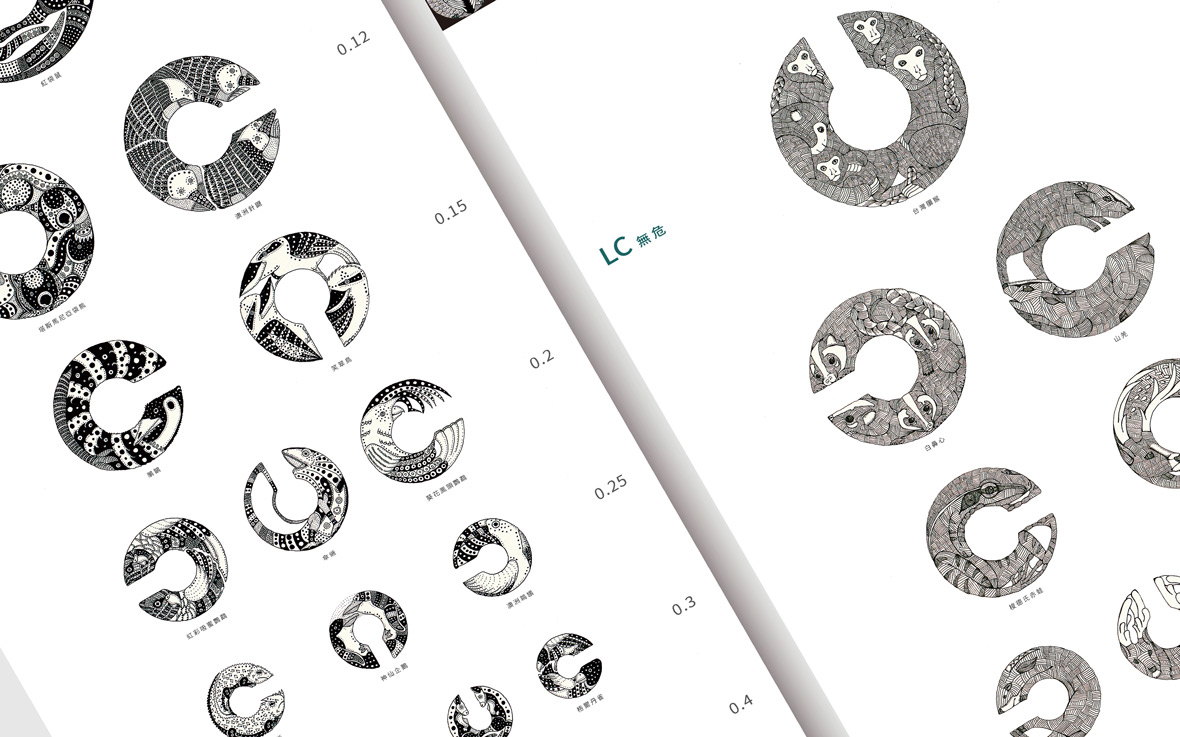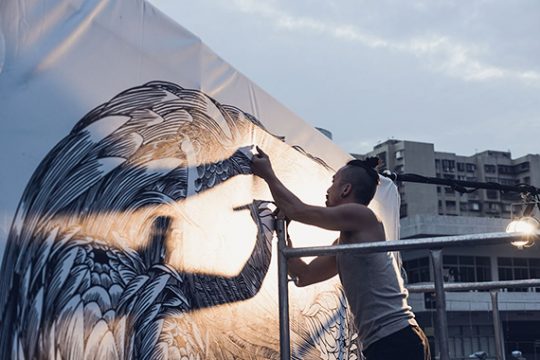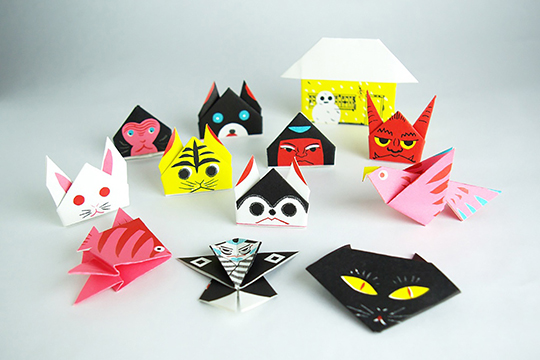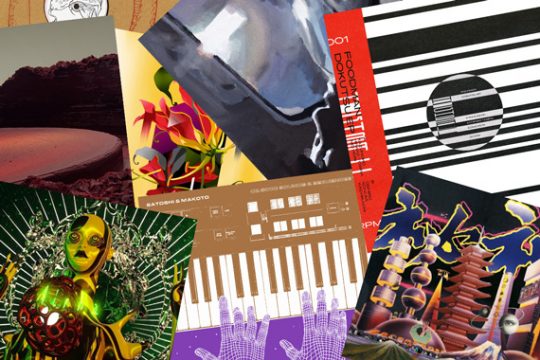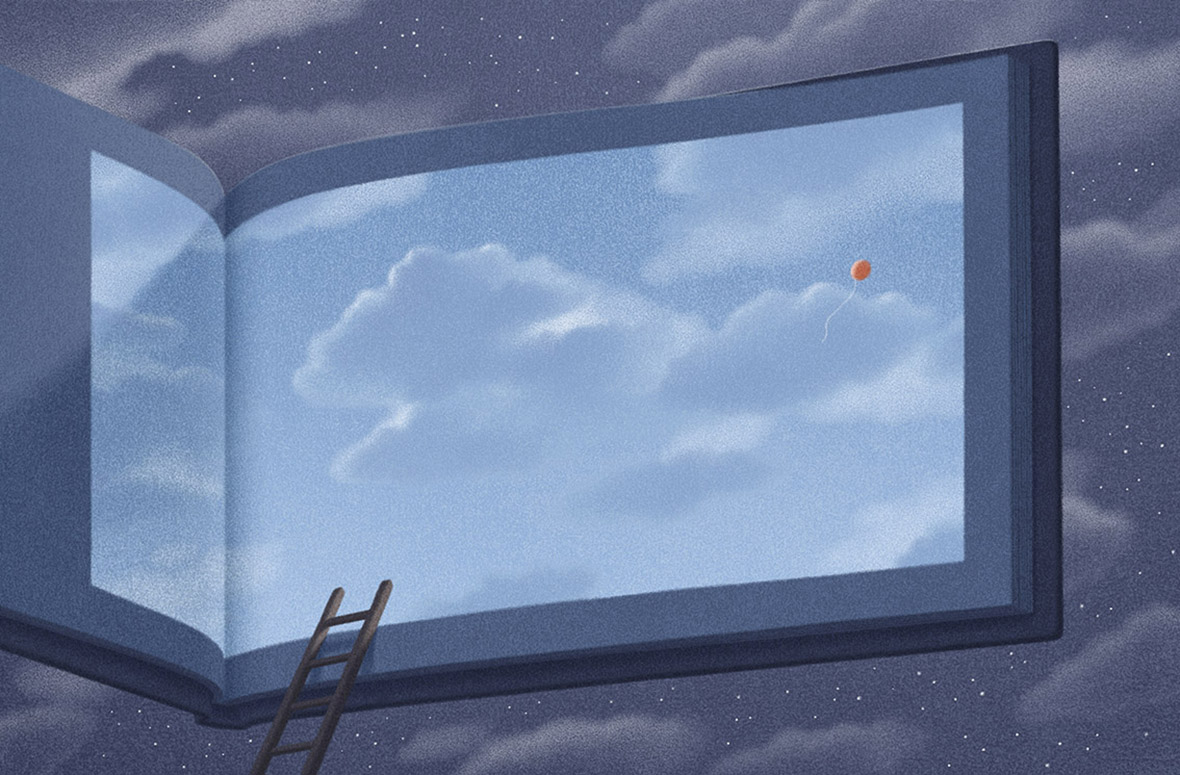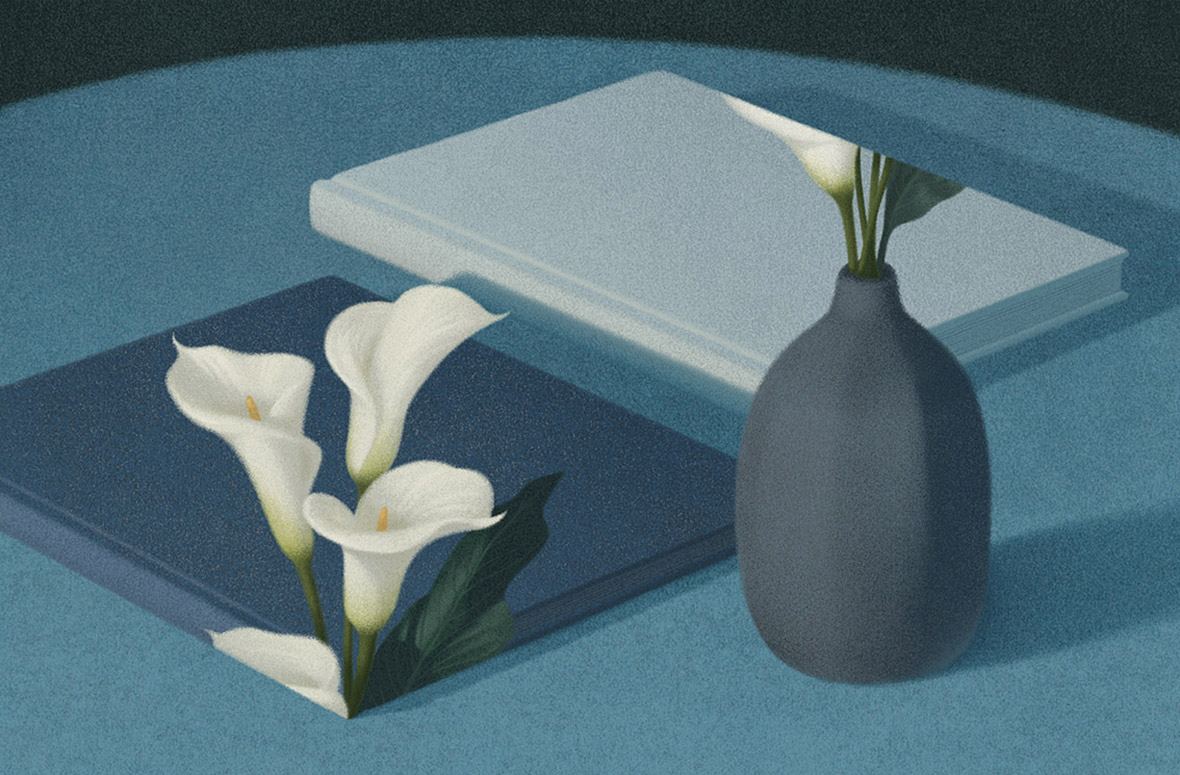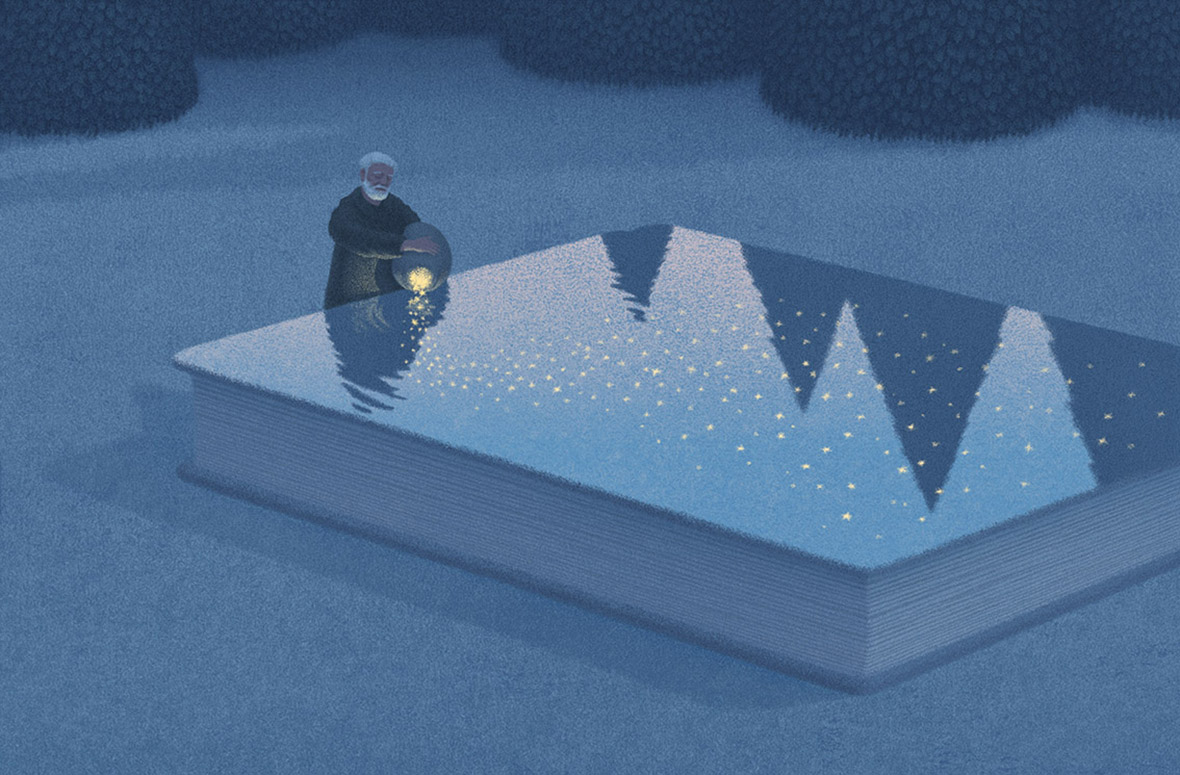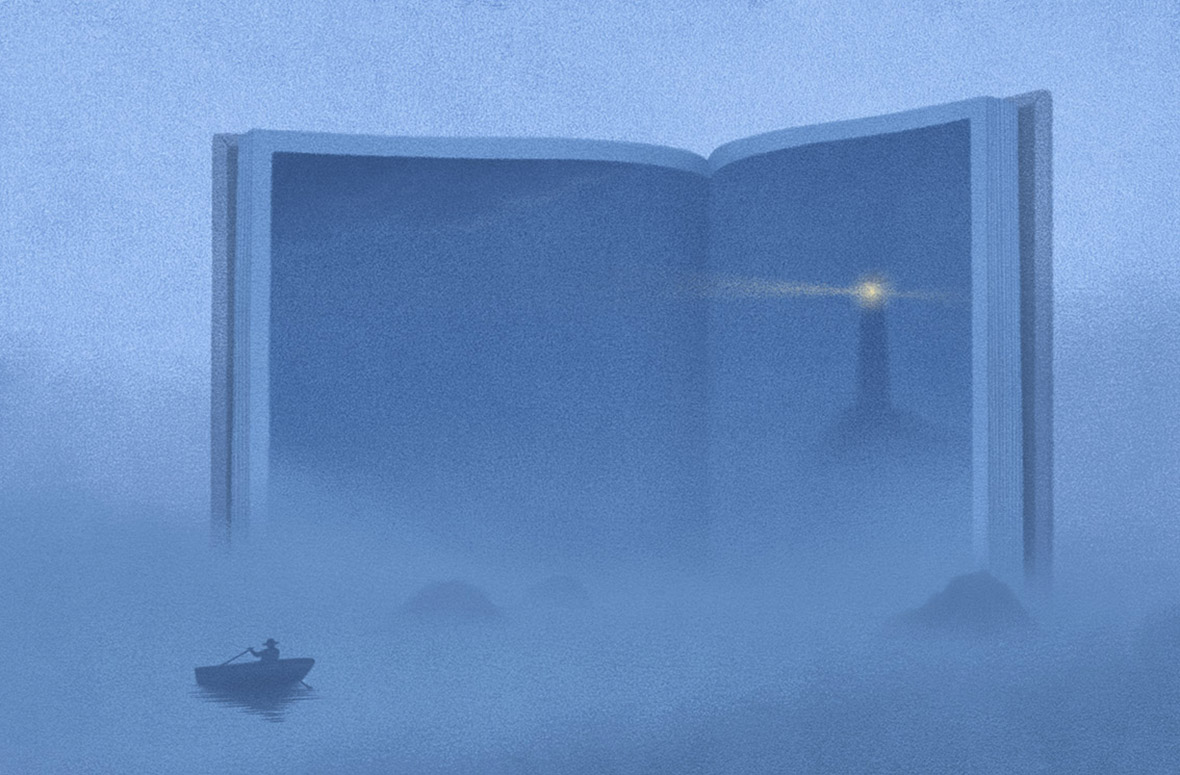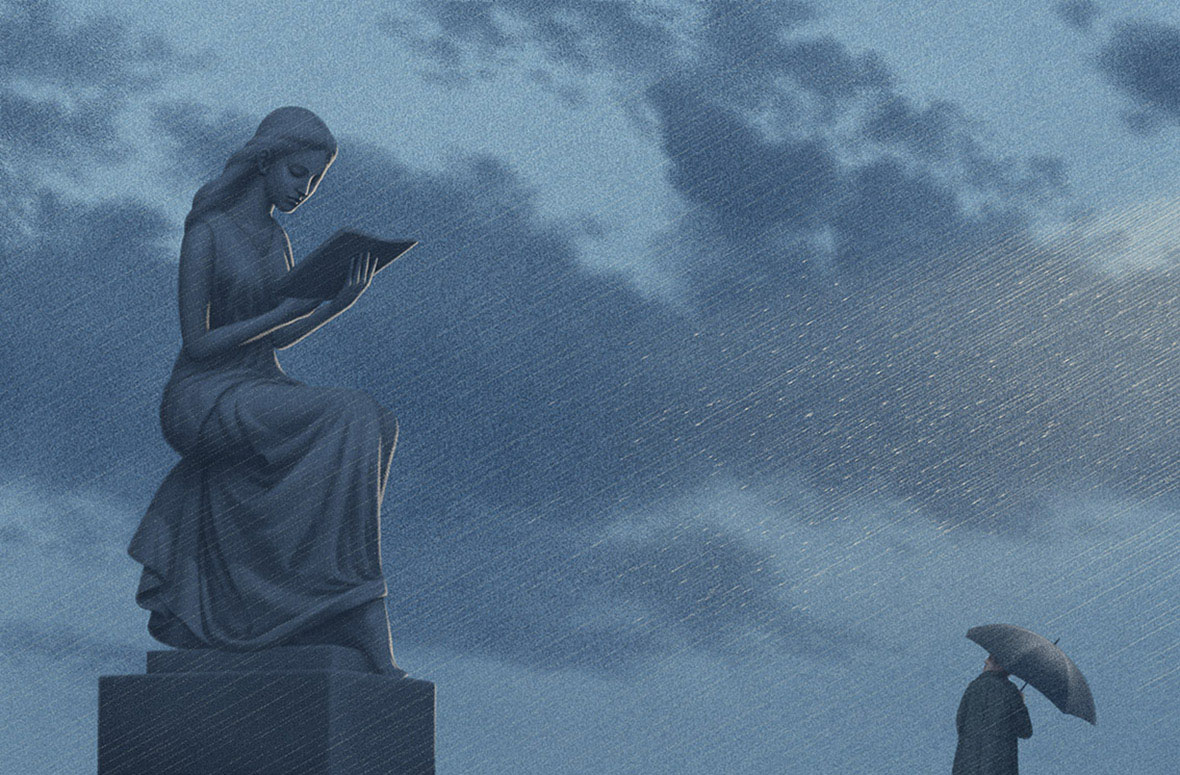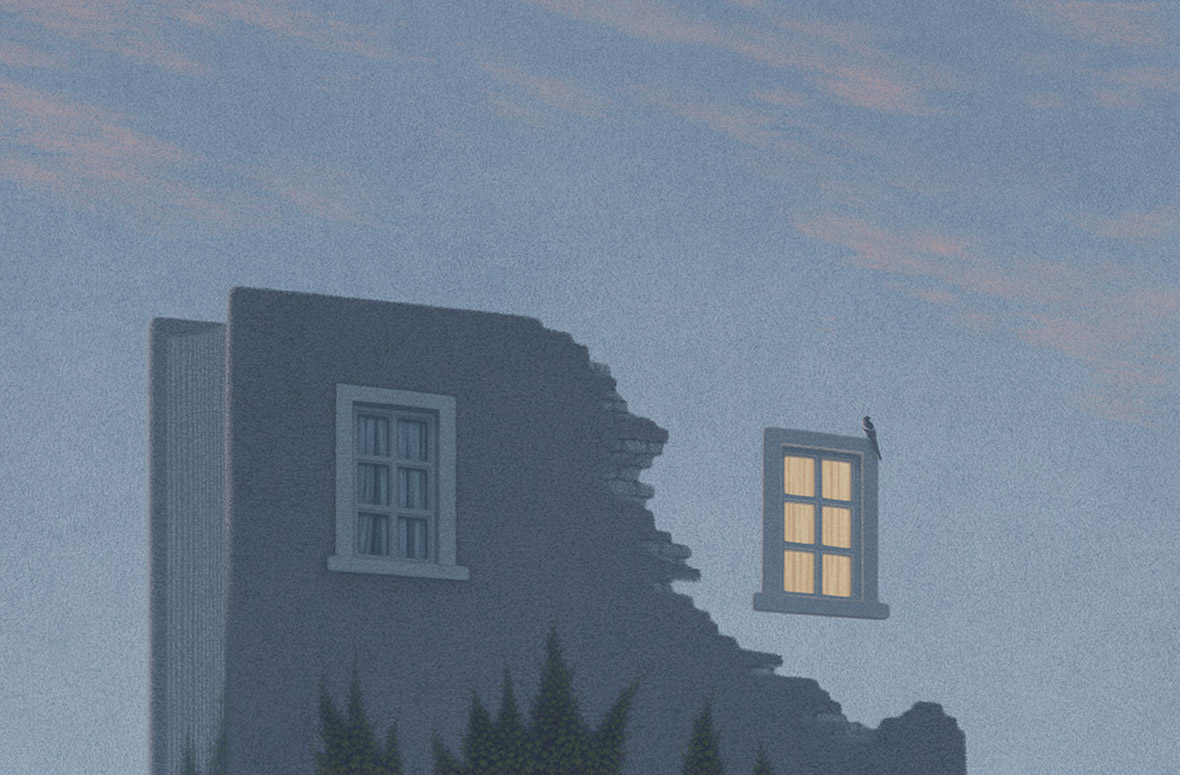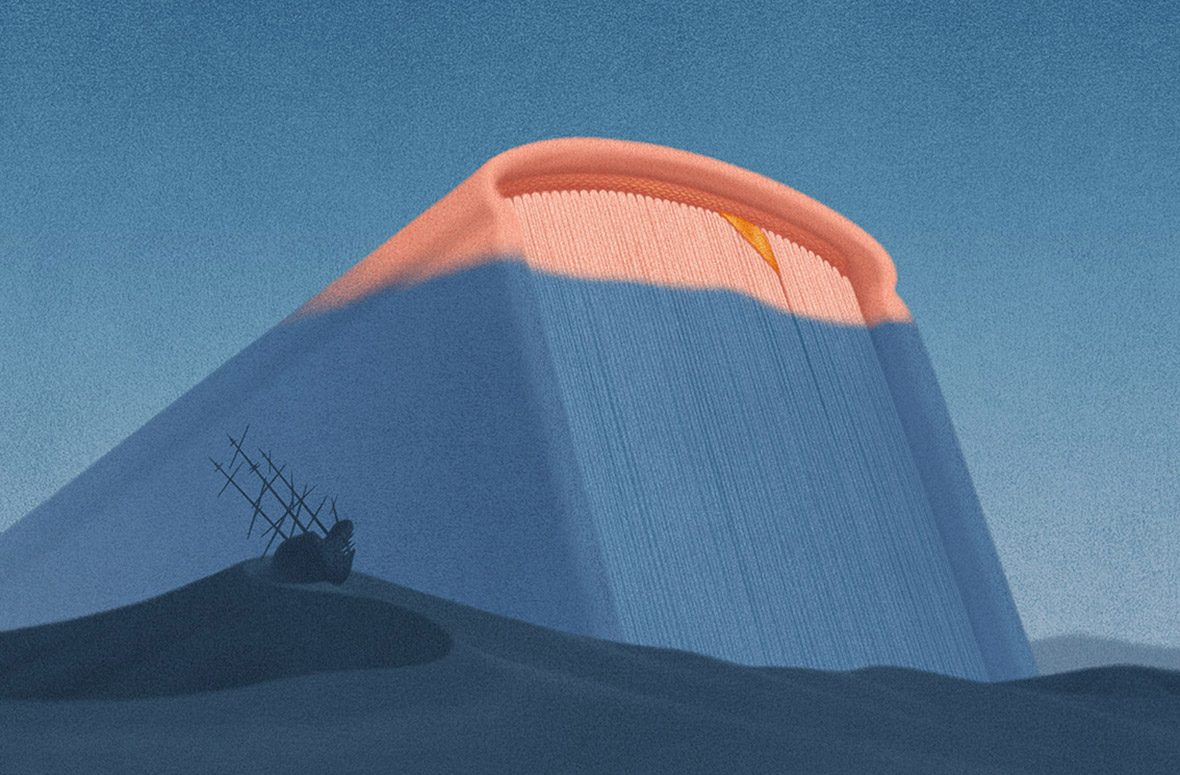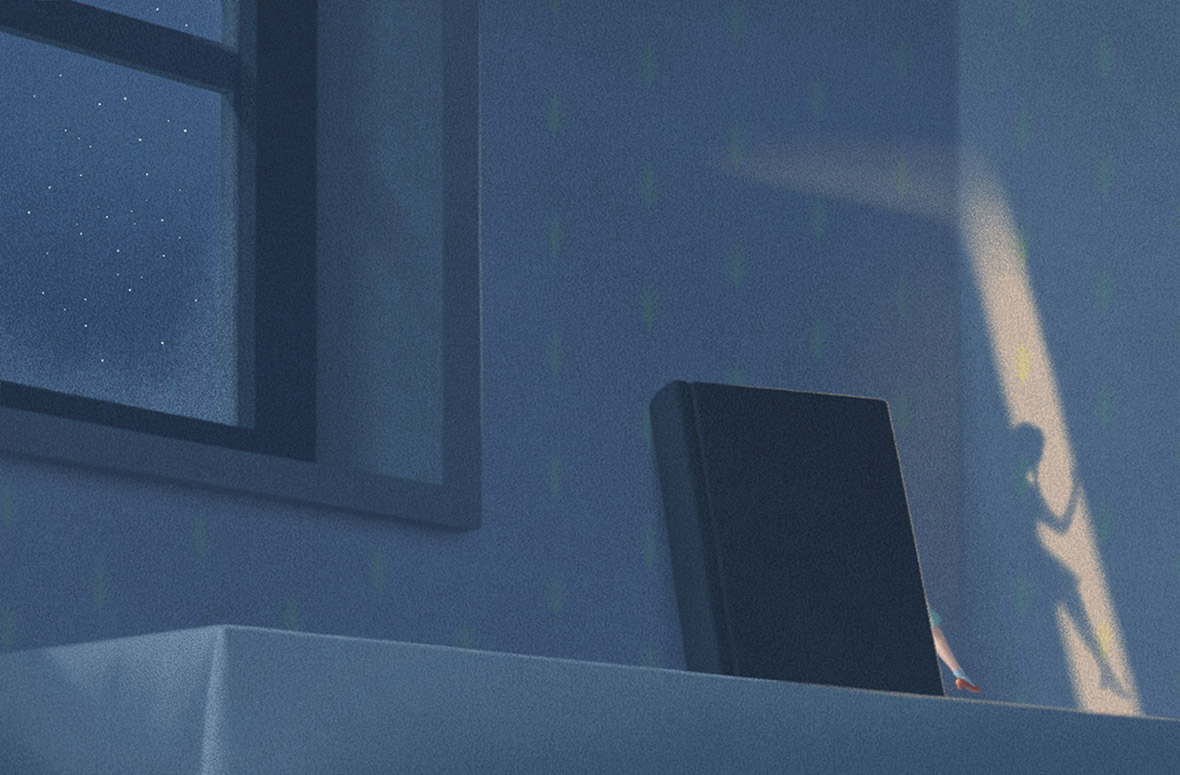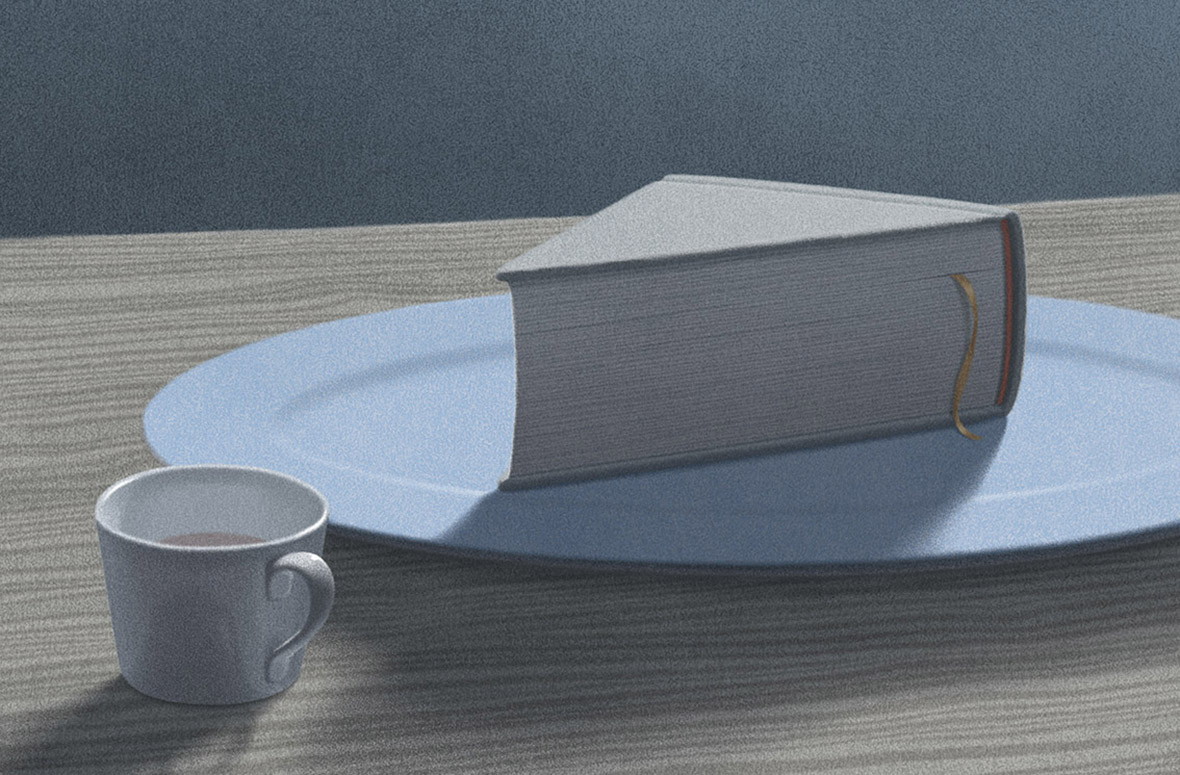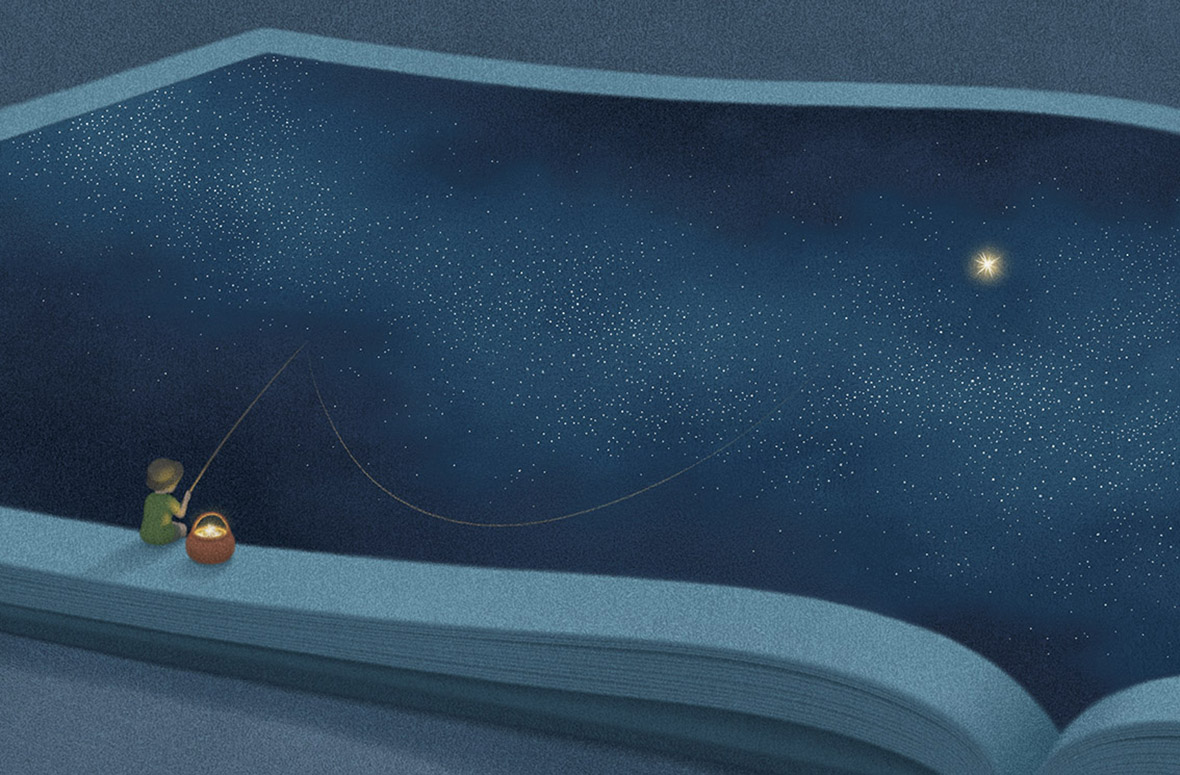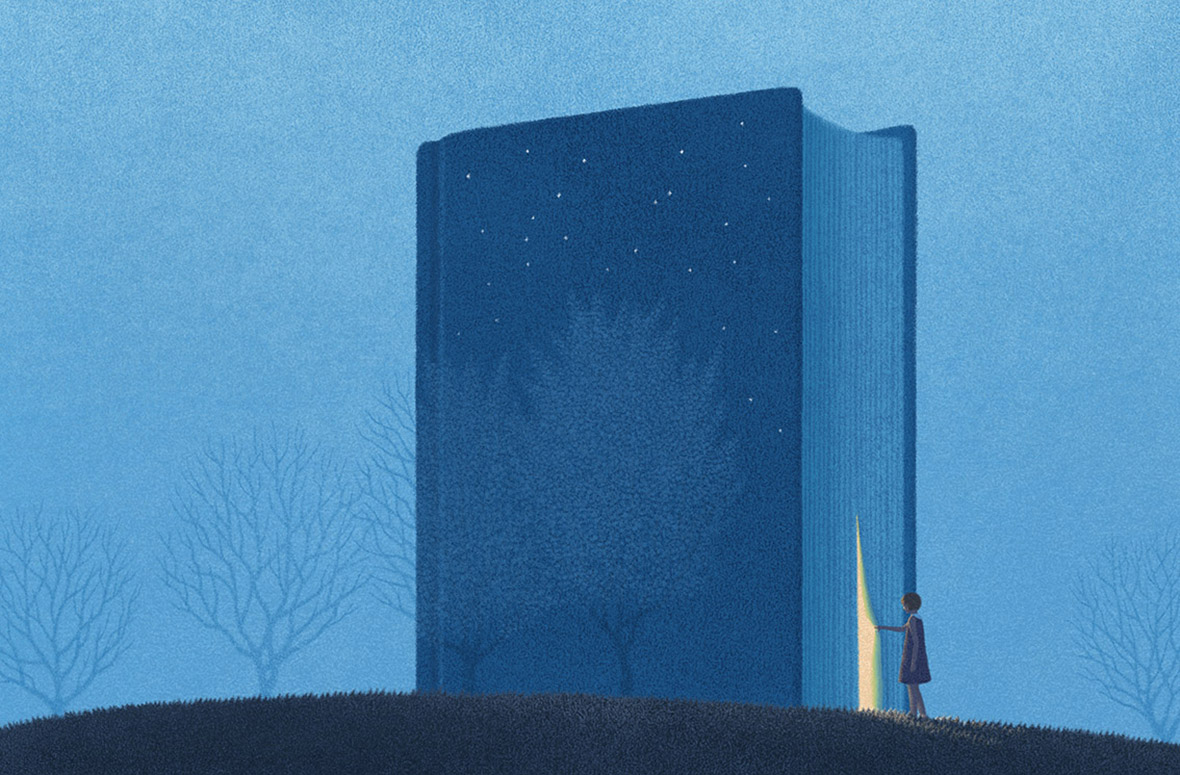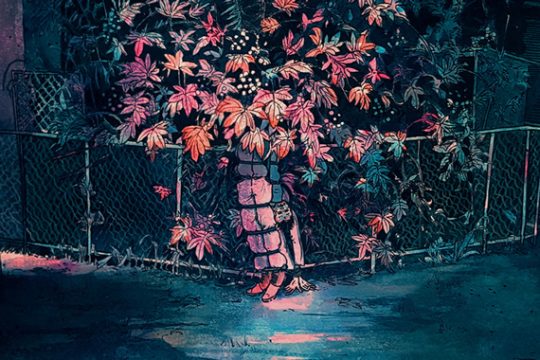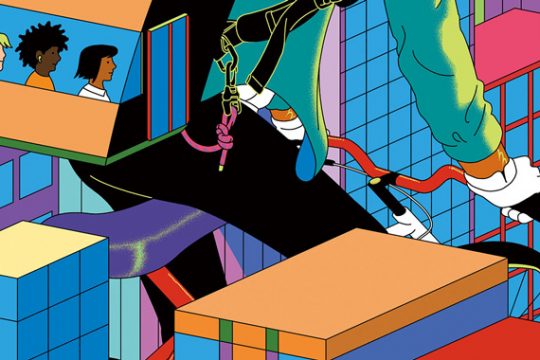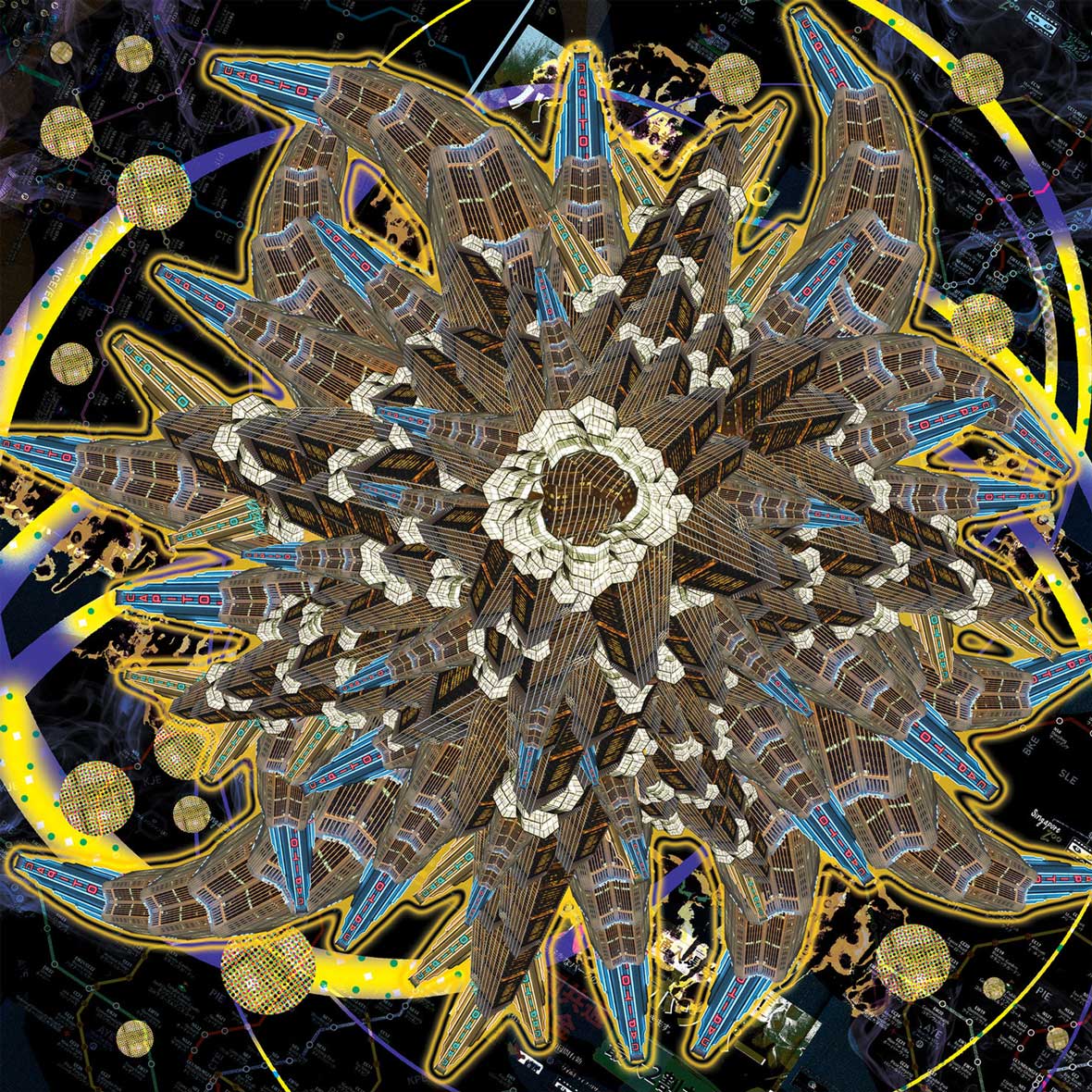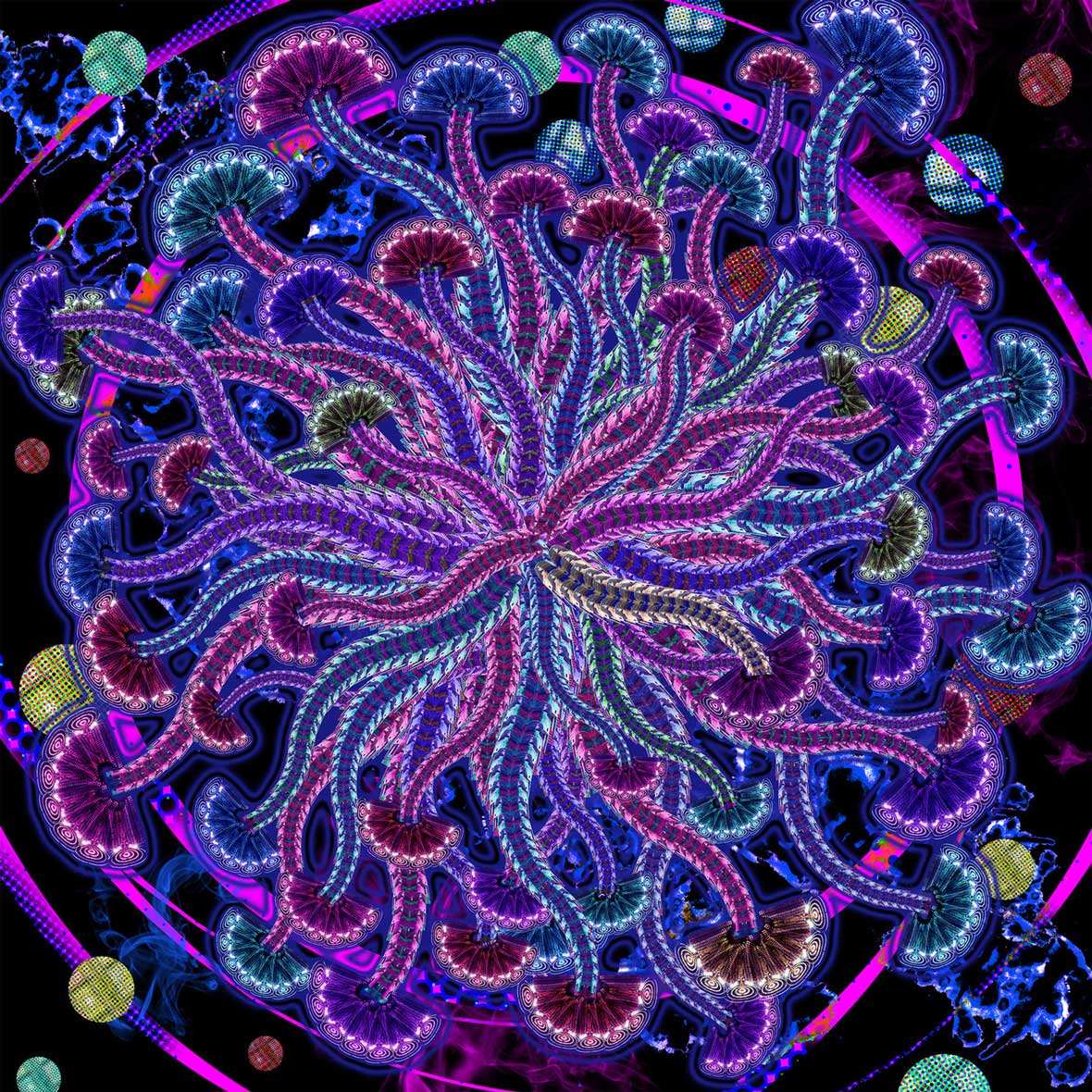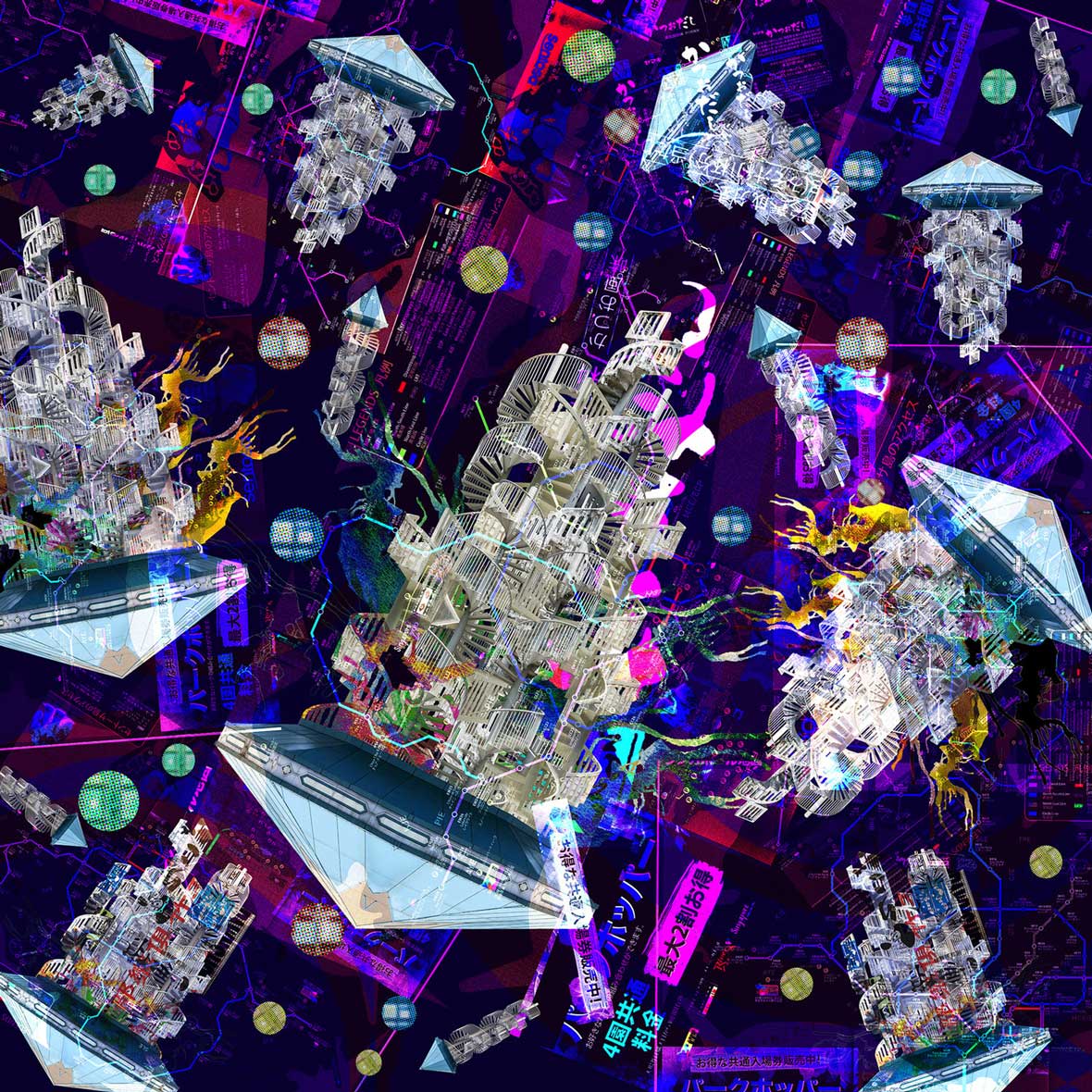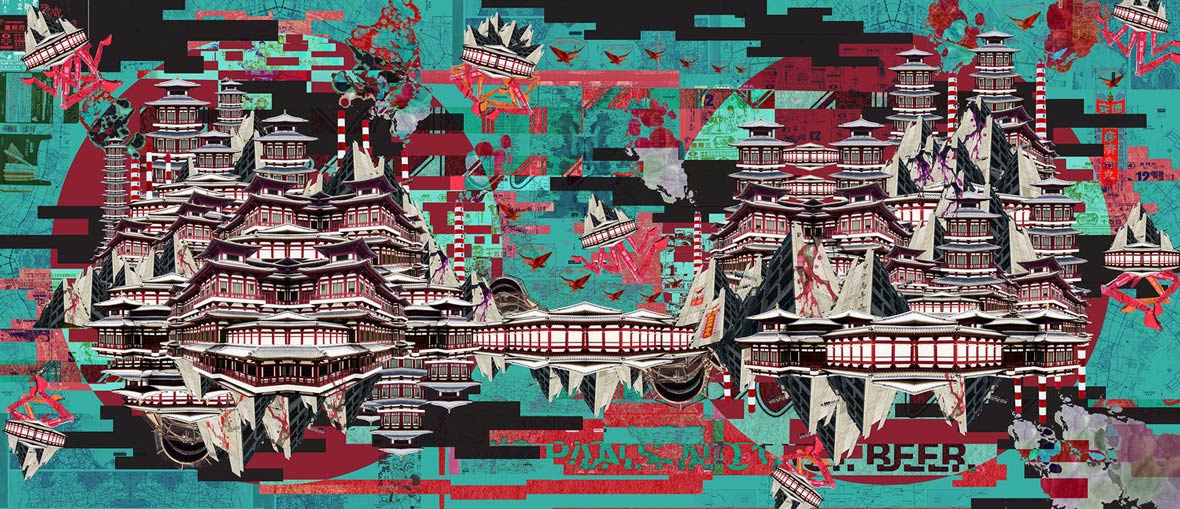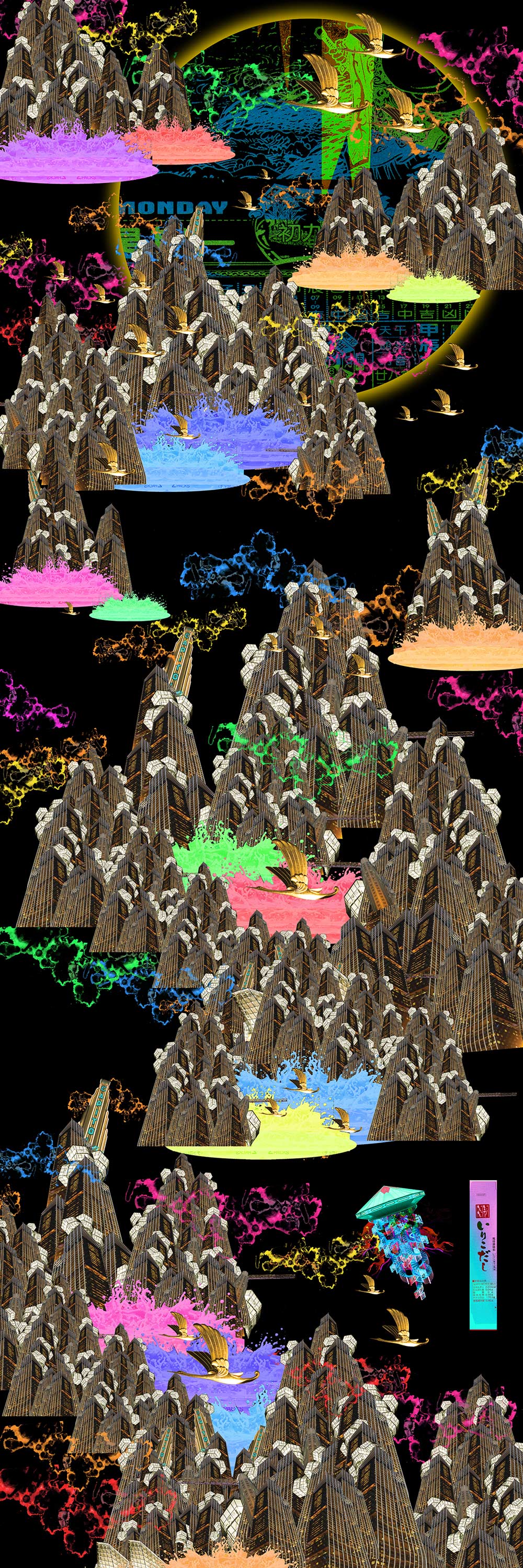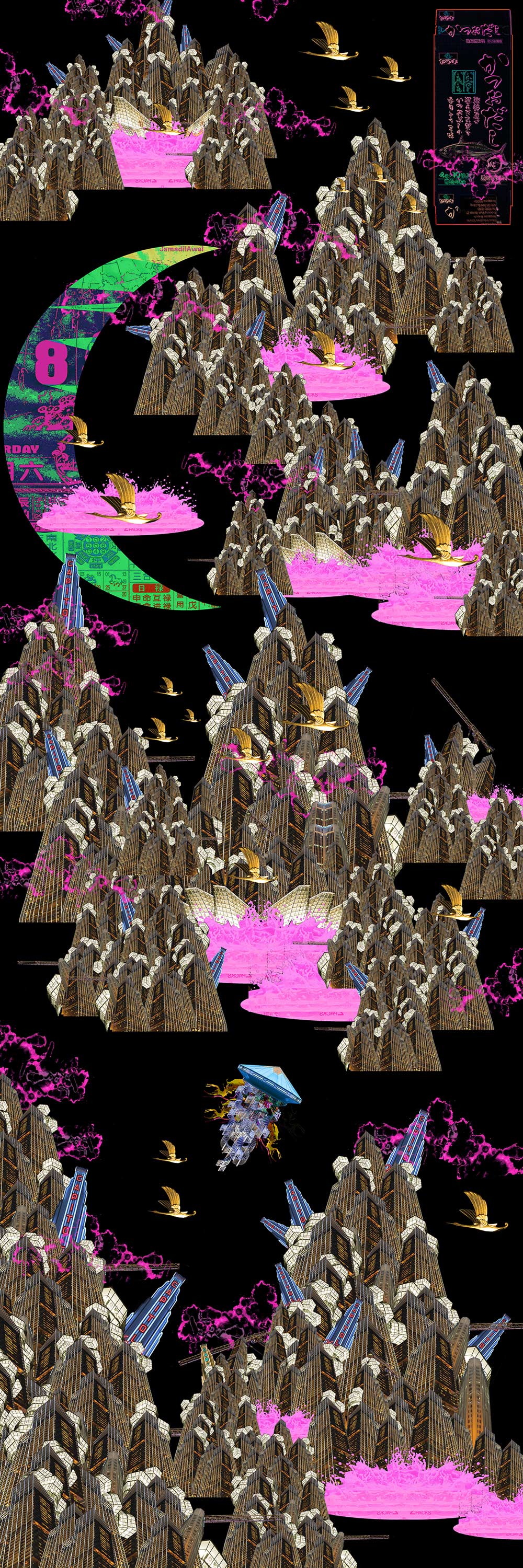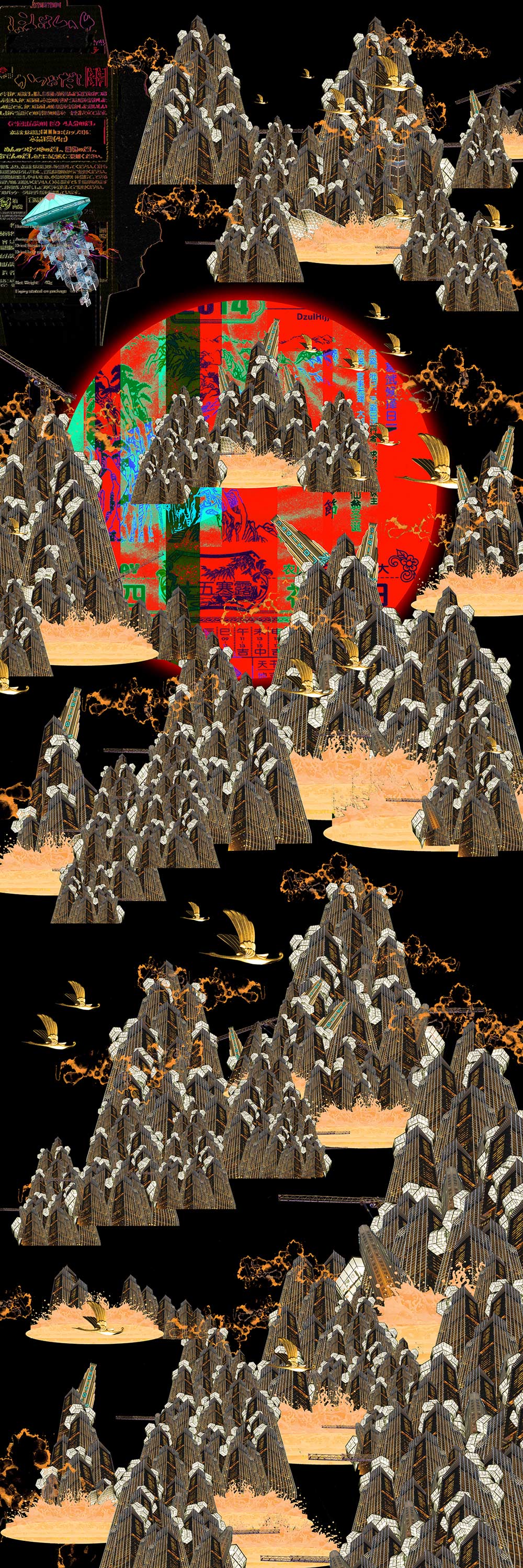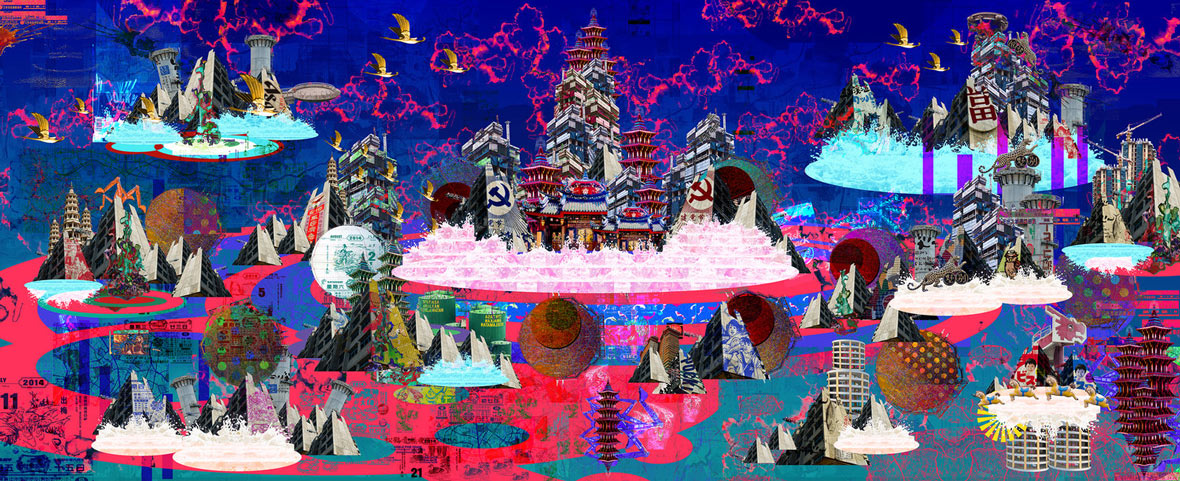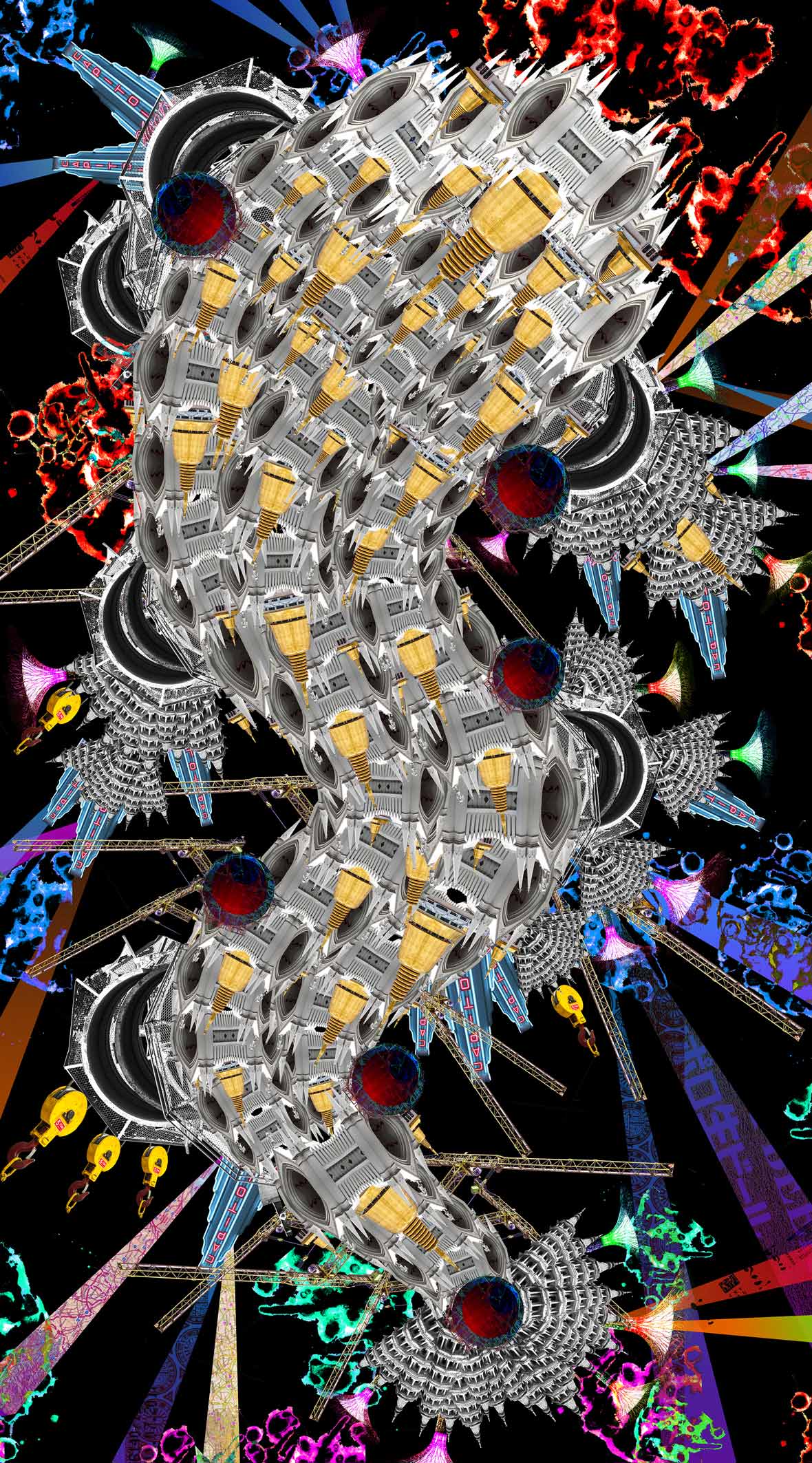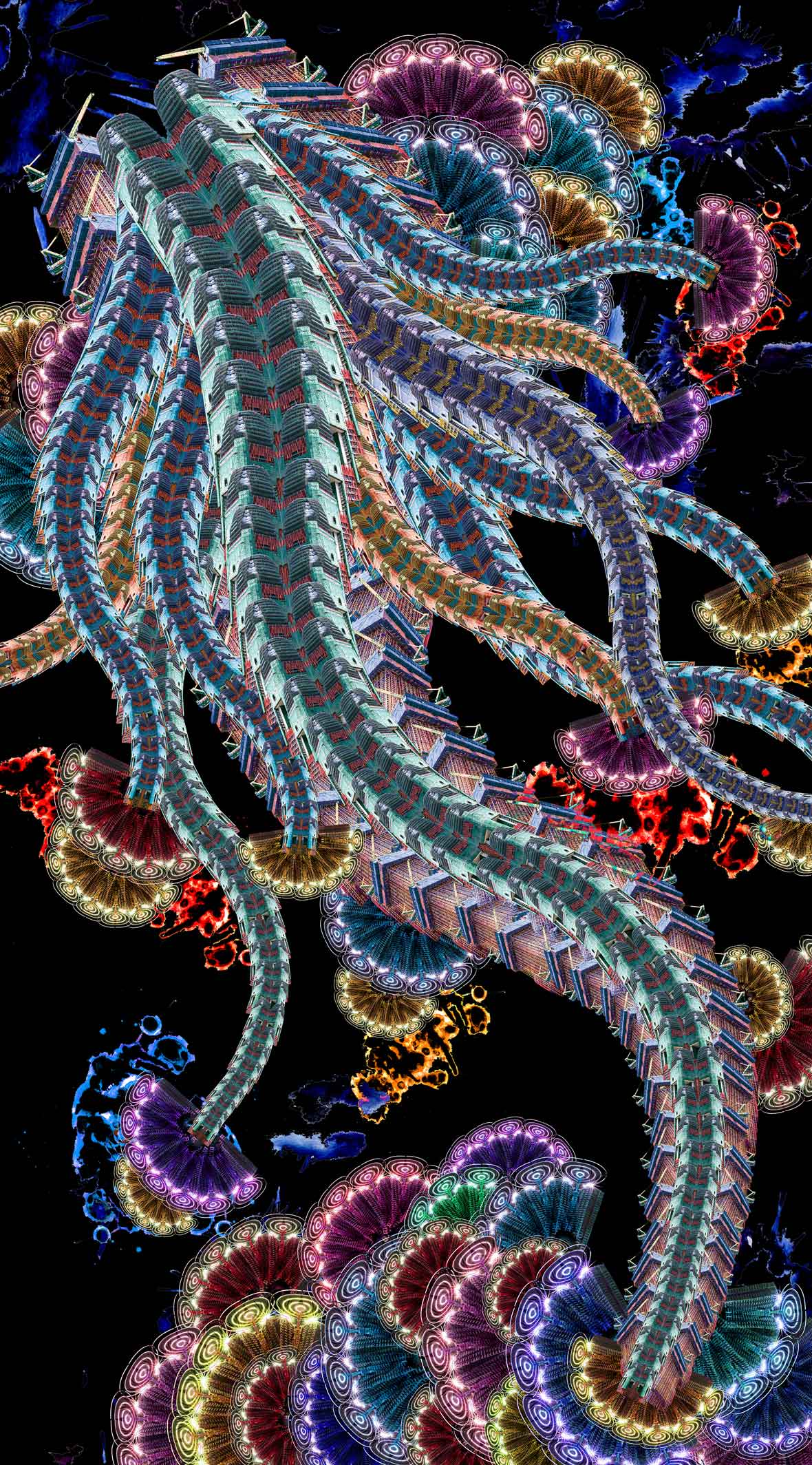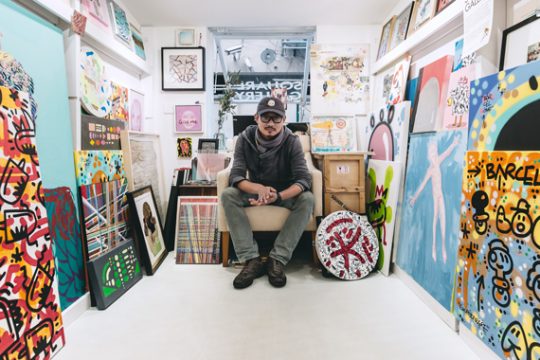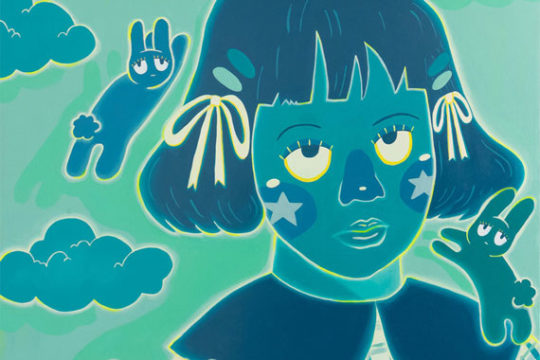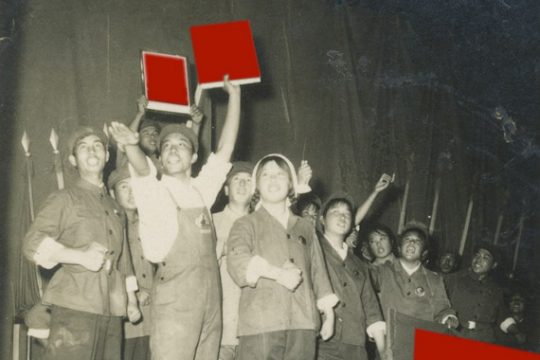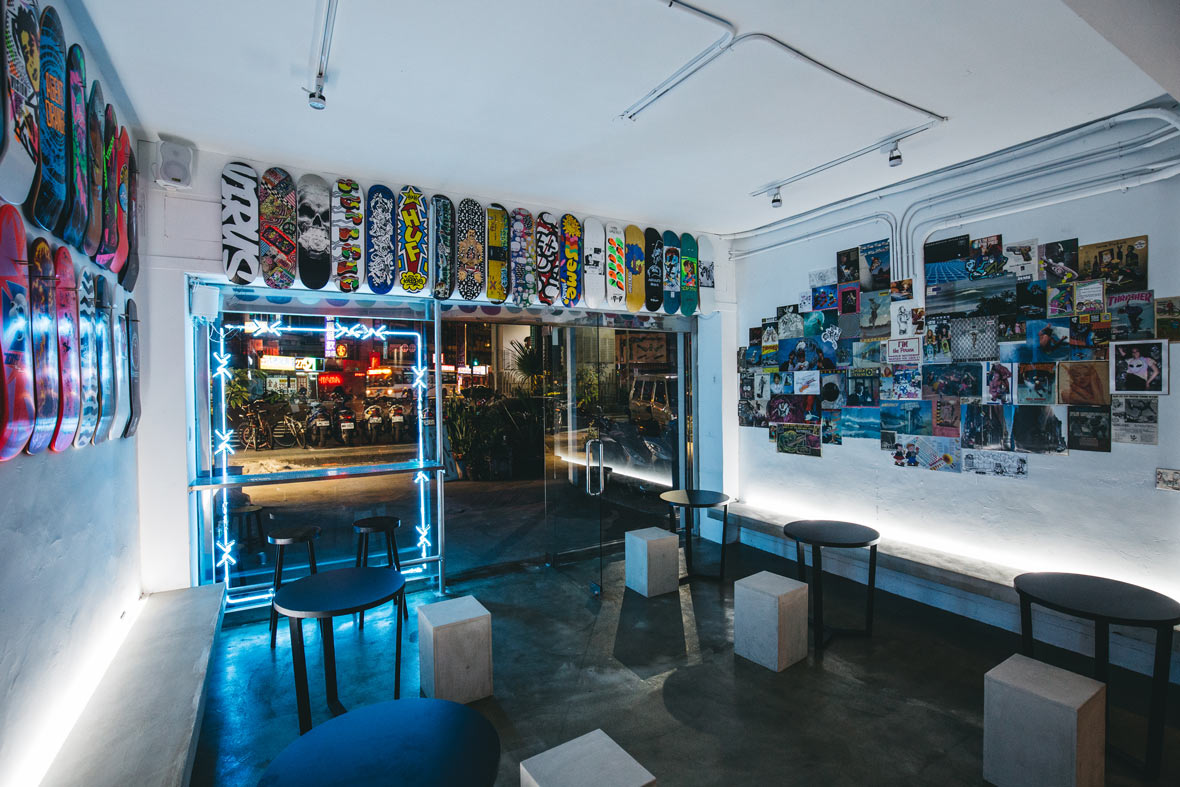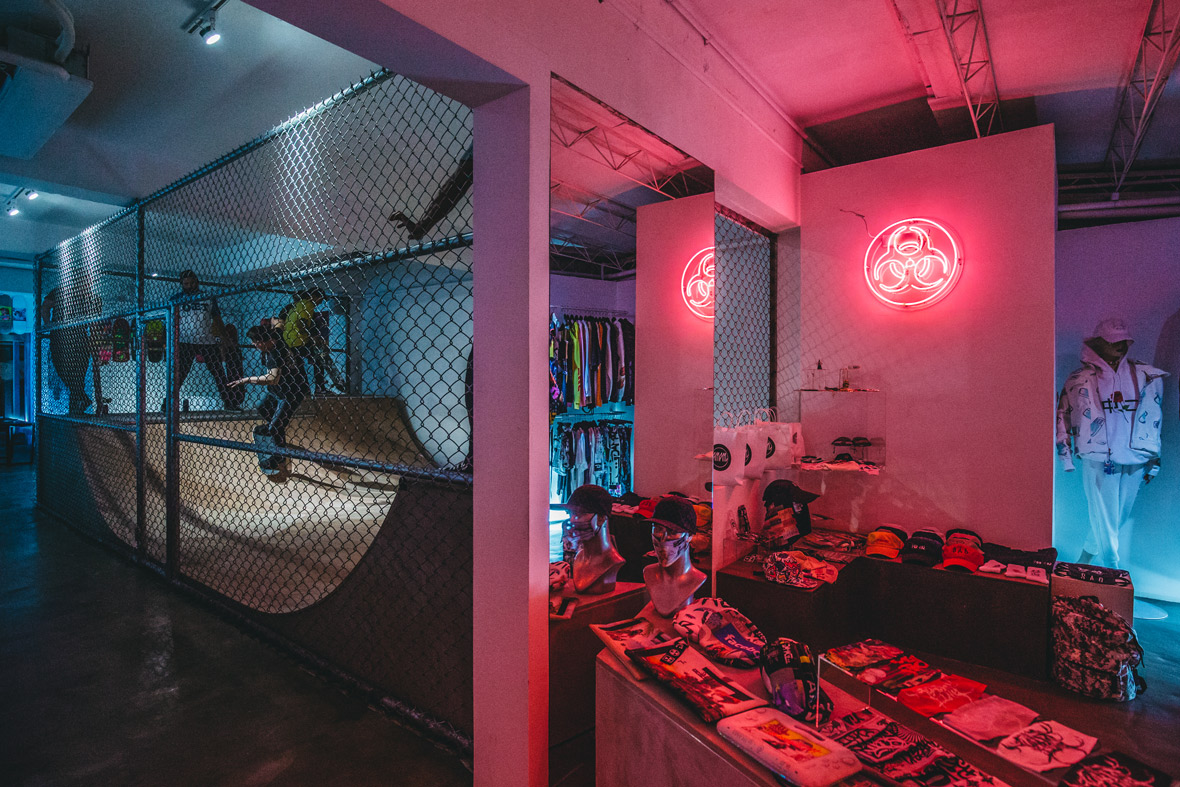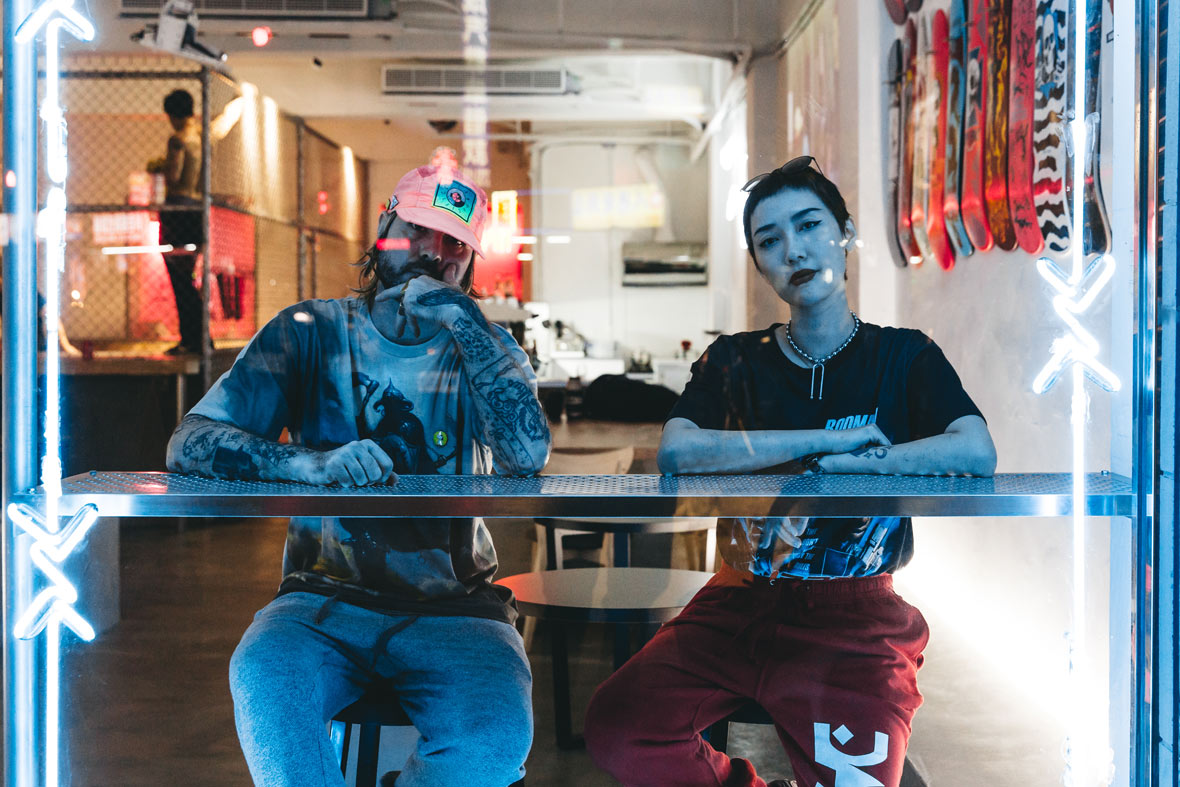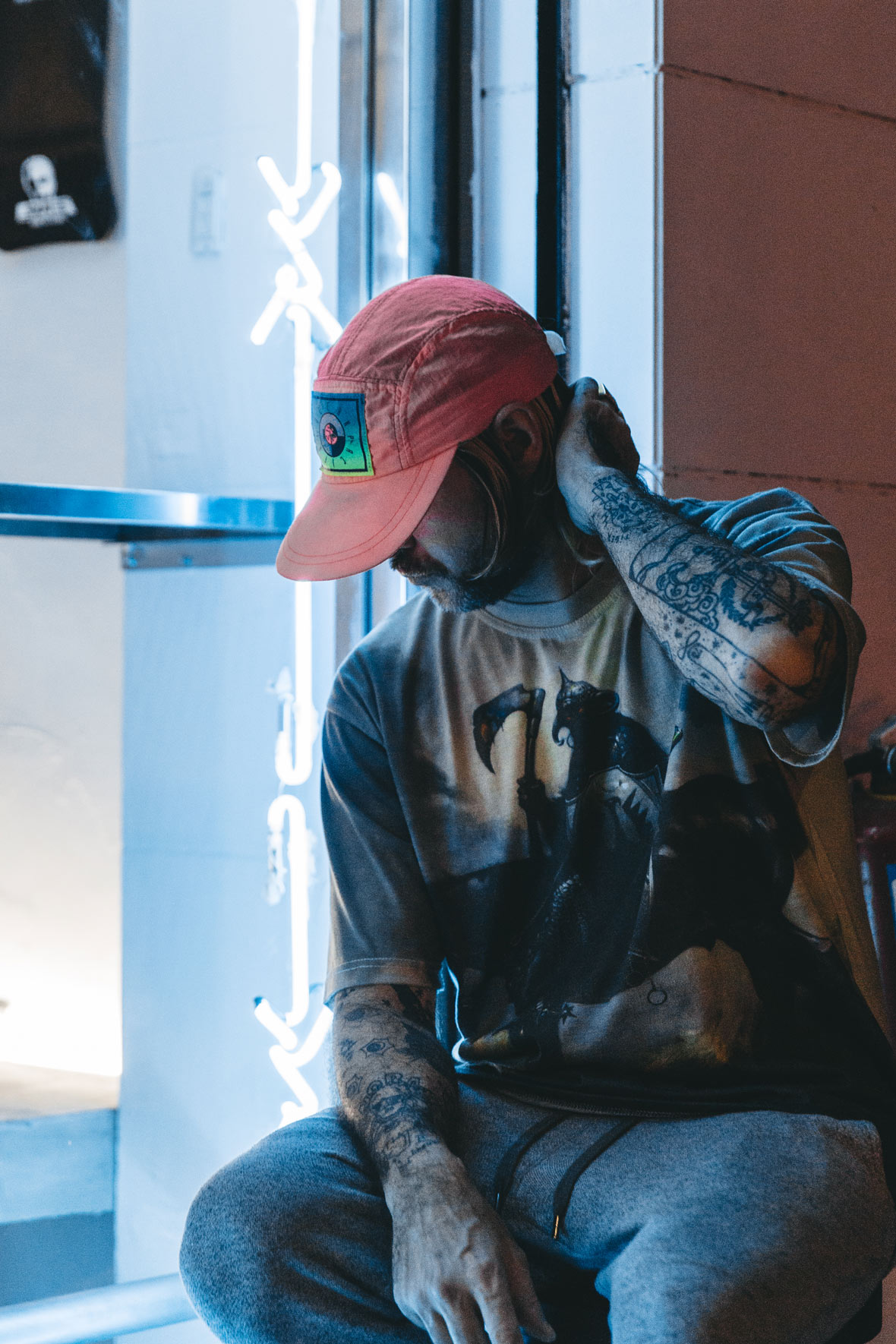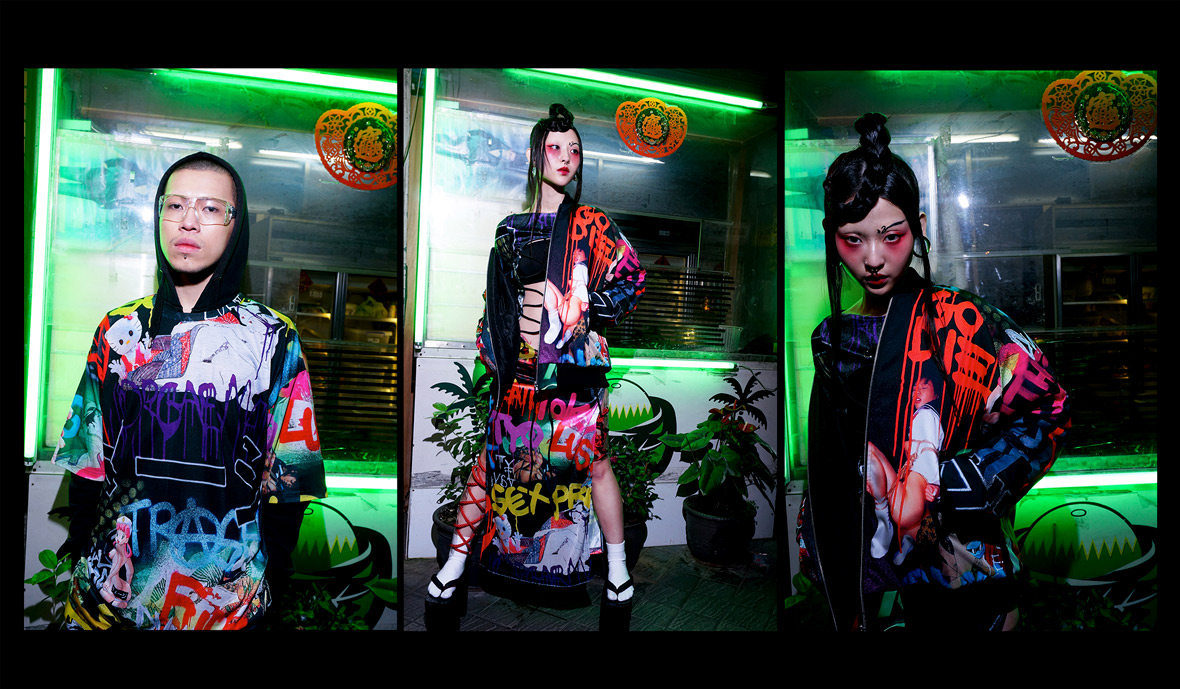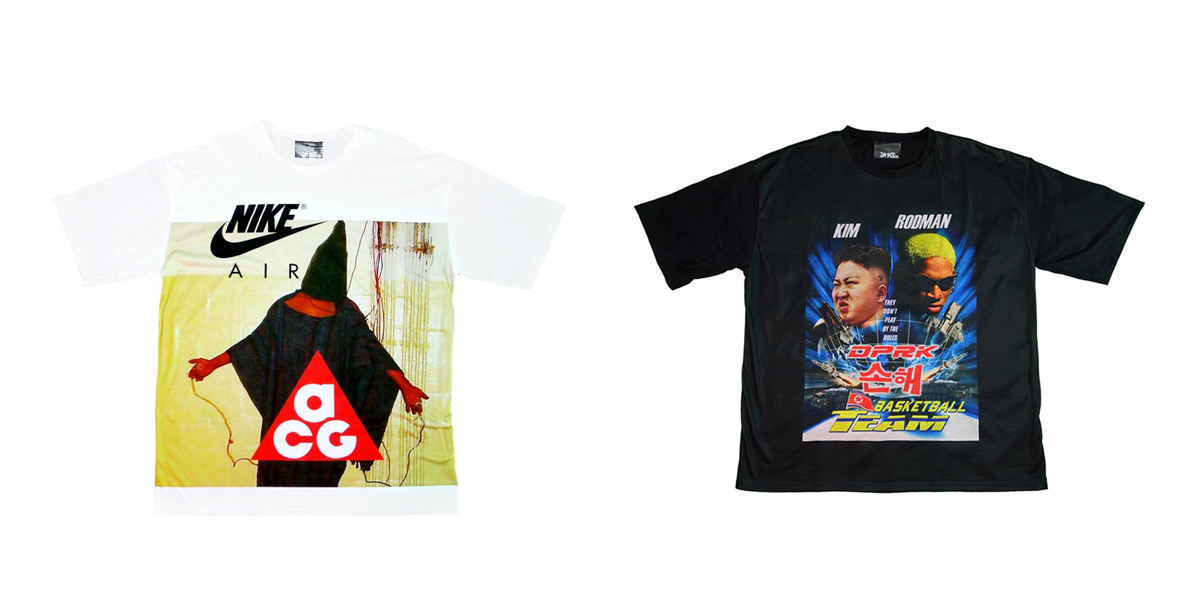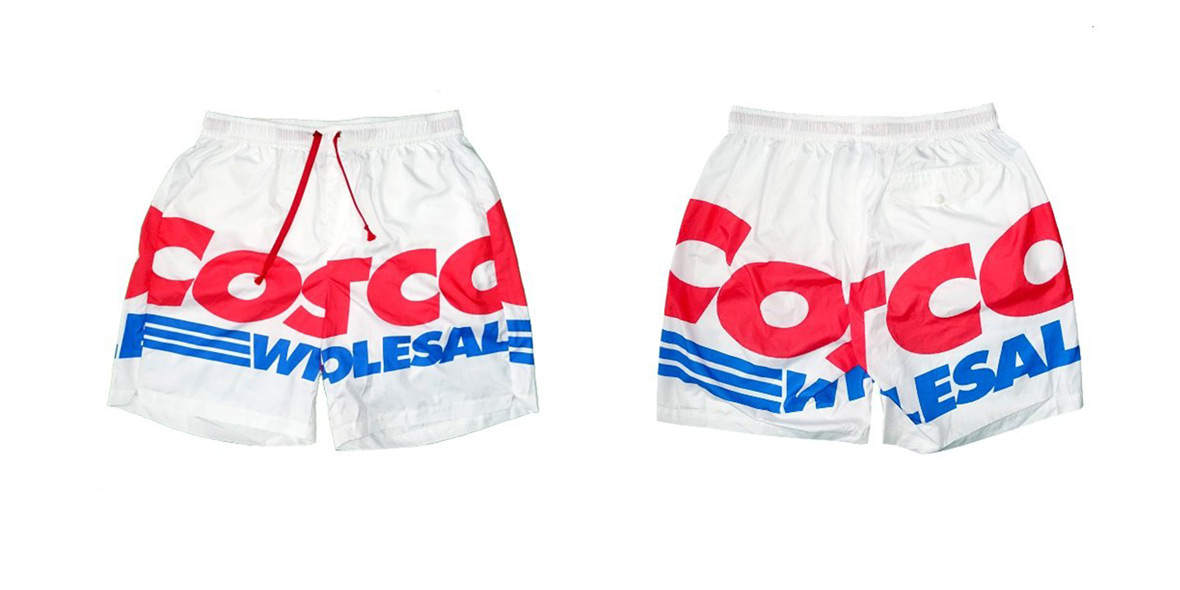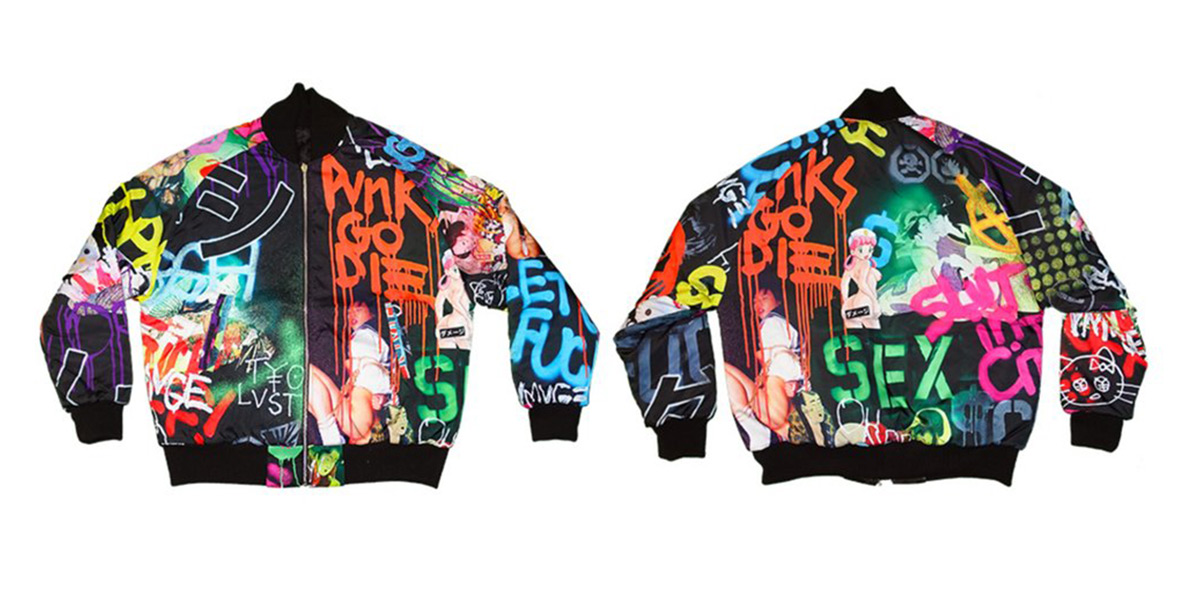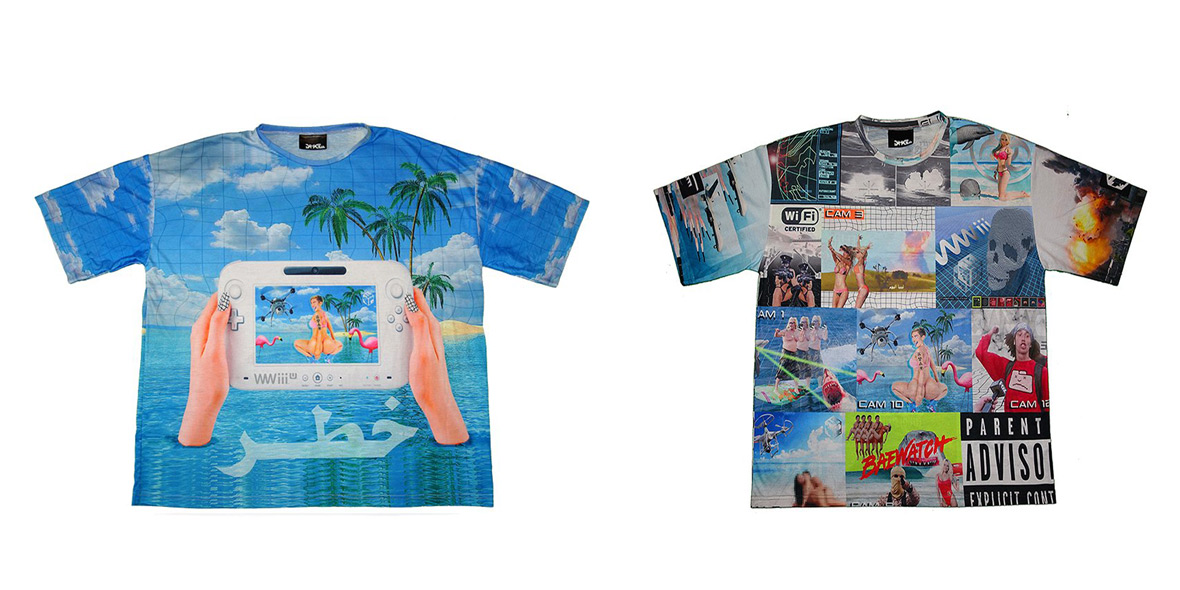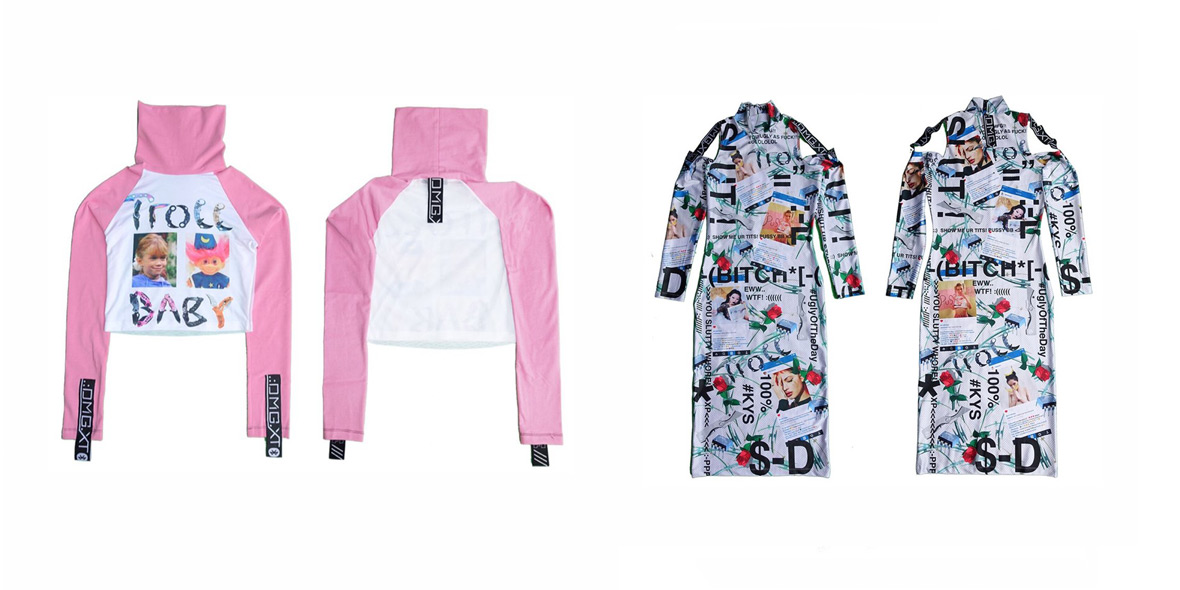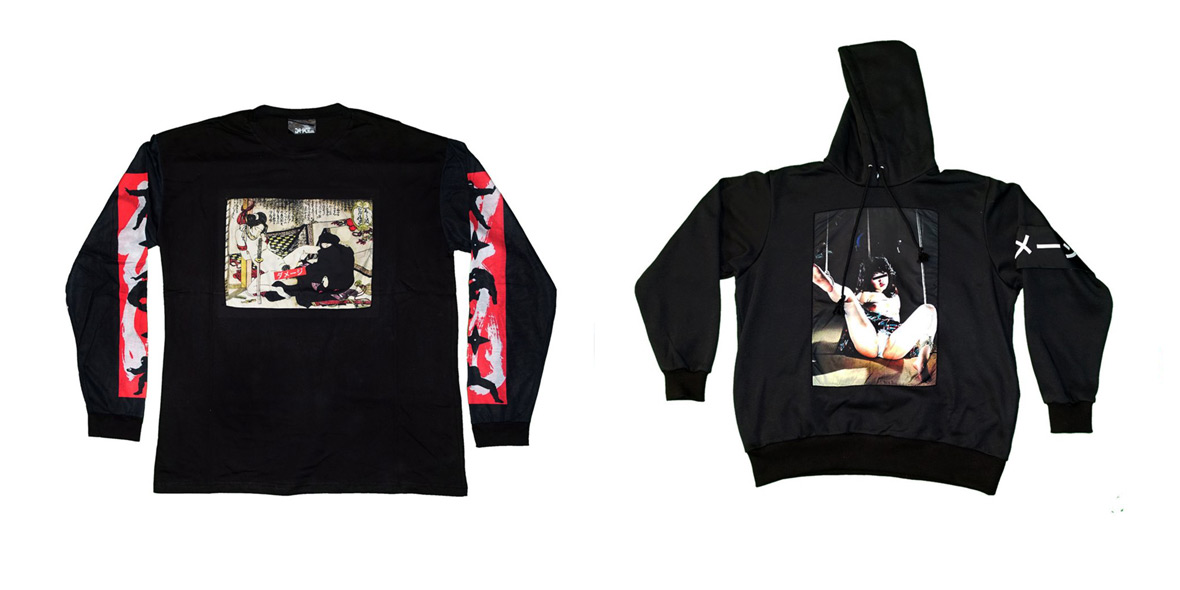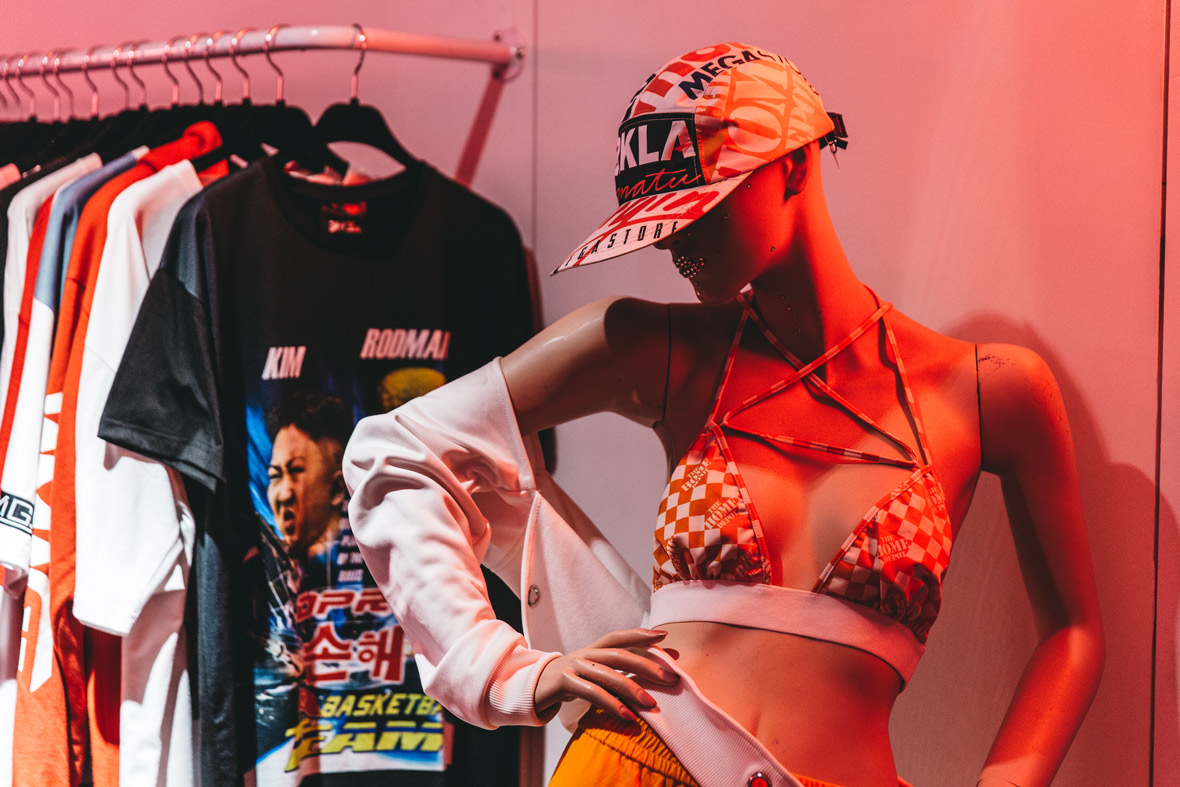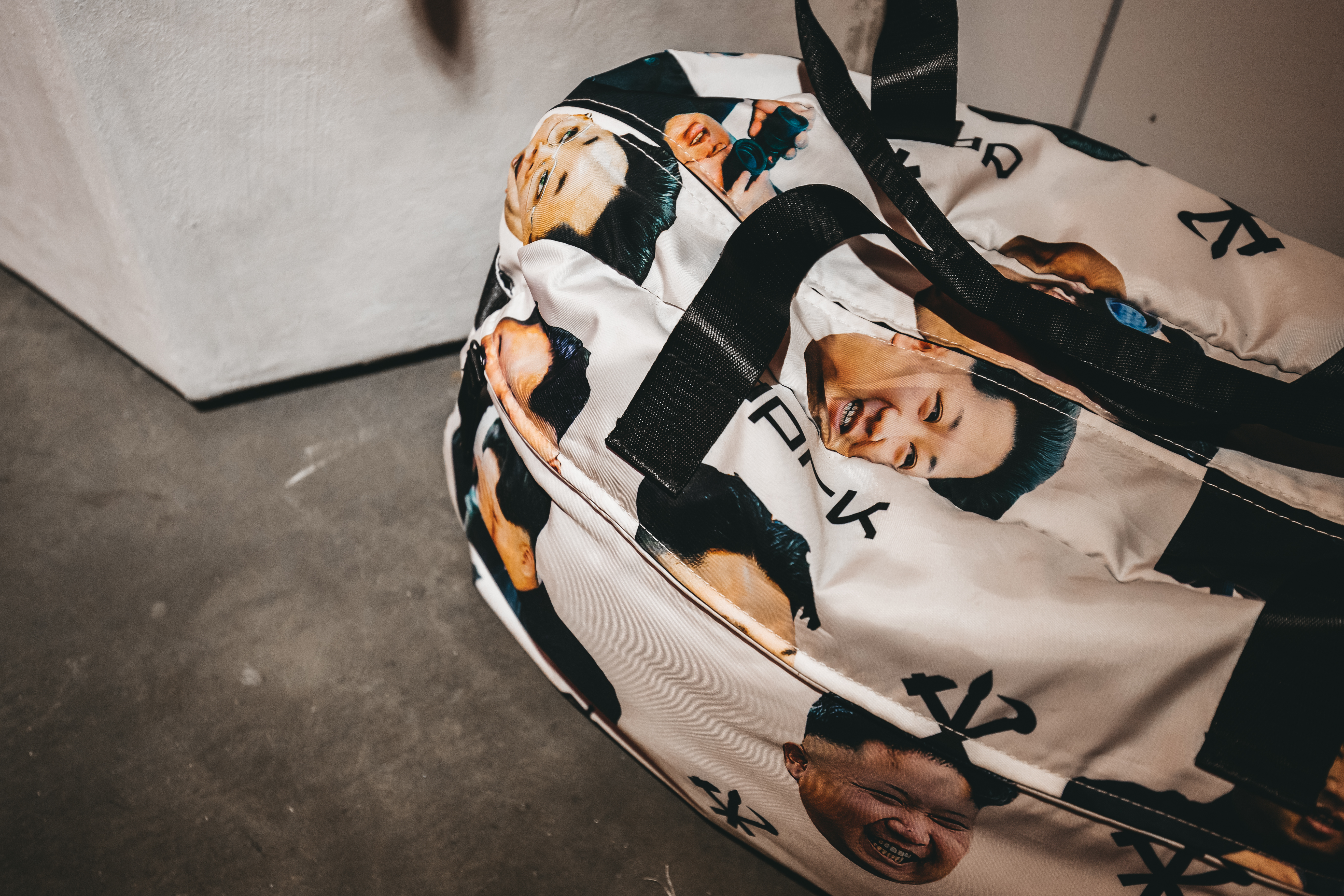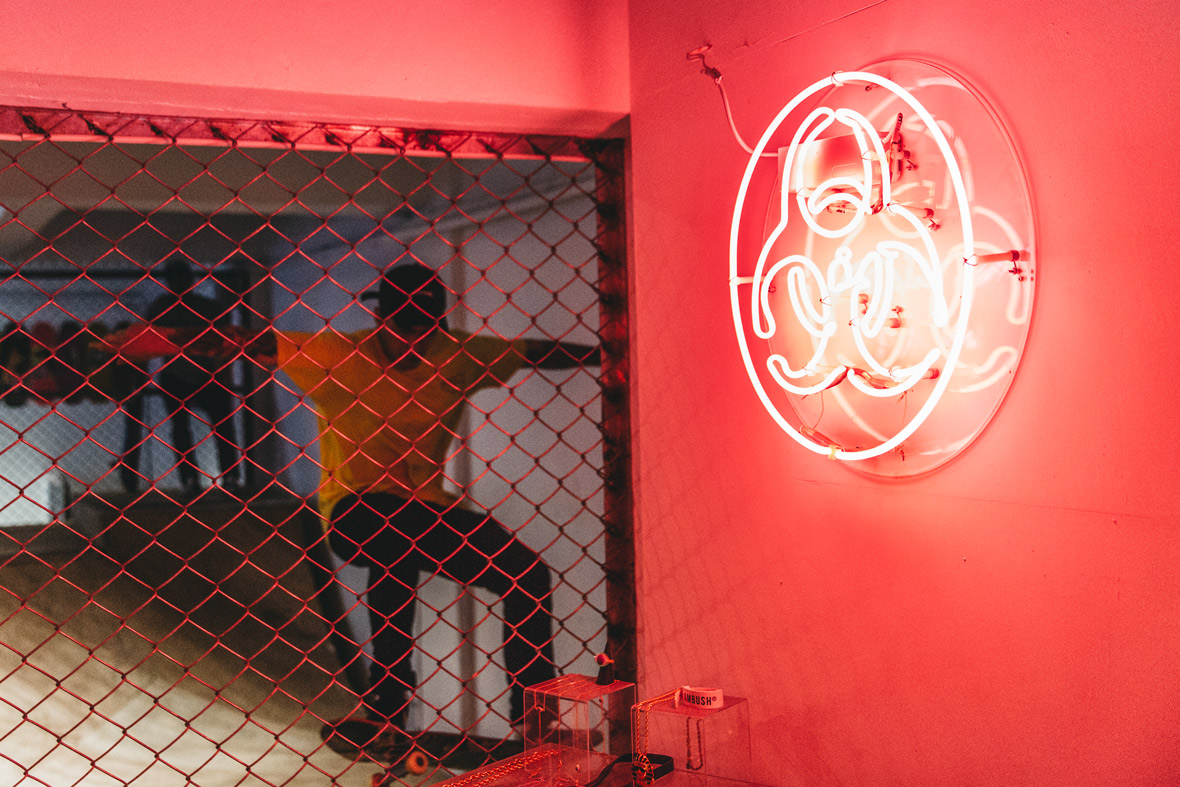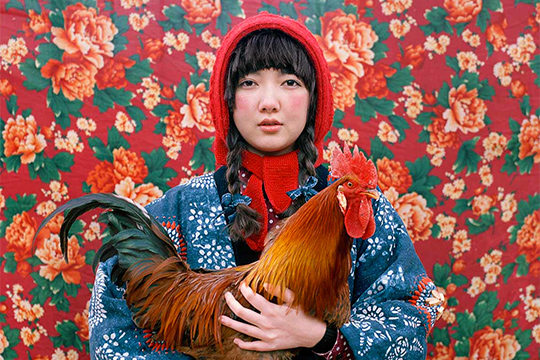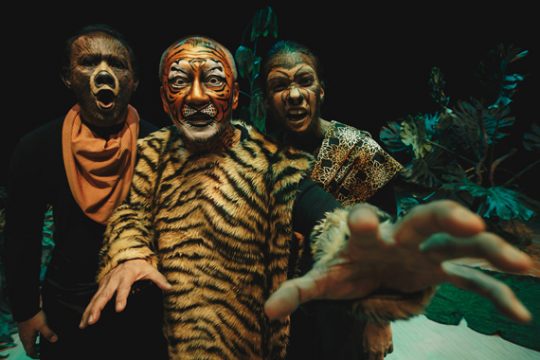无法观看?前往秒拍
Beatboxing and Chinese culture collide in the western city of Chengdu in the award-winning short documentary Bound in Beat. Along the way, producer and beatboxer Dmitrii Anikeev and director Gleb Torubarov tell a powerful story about friendship and belonging and offer audiences a glimpse into China’s growing beatboxing community.
Beatboxing is a form of vocal percussion that involves mimicking the use of drum machines (or ‘beatboxes’), turntables, or other musical instruments. It first became popular in the U.S. in the 1970s and 1980s with the rise of hip-hop culture, though its roots may go back even further. While in China beatboxing isn’t new—it first arrived in the country in the early 2000s—it continues to struggle to gain popularity and respect.
获奖纪录短片《Bound in Beat》呈现了在成都这座城市,口技(beatbox)与中国在地文化精彩的碰撞。导演格列布·托卢巴洛夫(Gleb Torubarov)与口技达人(beatboxer)身兼制片人的 Dmitrii Anikeev 通过镜头讲述了一个关于友情和归属感的故事,向观众展示这个小众却充满活力的中国 beatbox 社群。
Beatbox 节奏口技是一种模仿电子鼓、打碟机等乐器的人声音乐技巧。在 20 世纪 70、80 年代,随着嘻哈文化的兴起,beatbox 最先在美国流行起来,但其起源可以再往前追溯。而 beatbox 在中国最早出现于 21 世纪初期,虽然至今已经存在了一段时间,但这种音乐文化始终难以获得普及和认可。
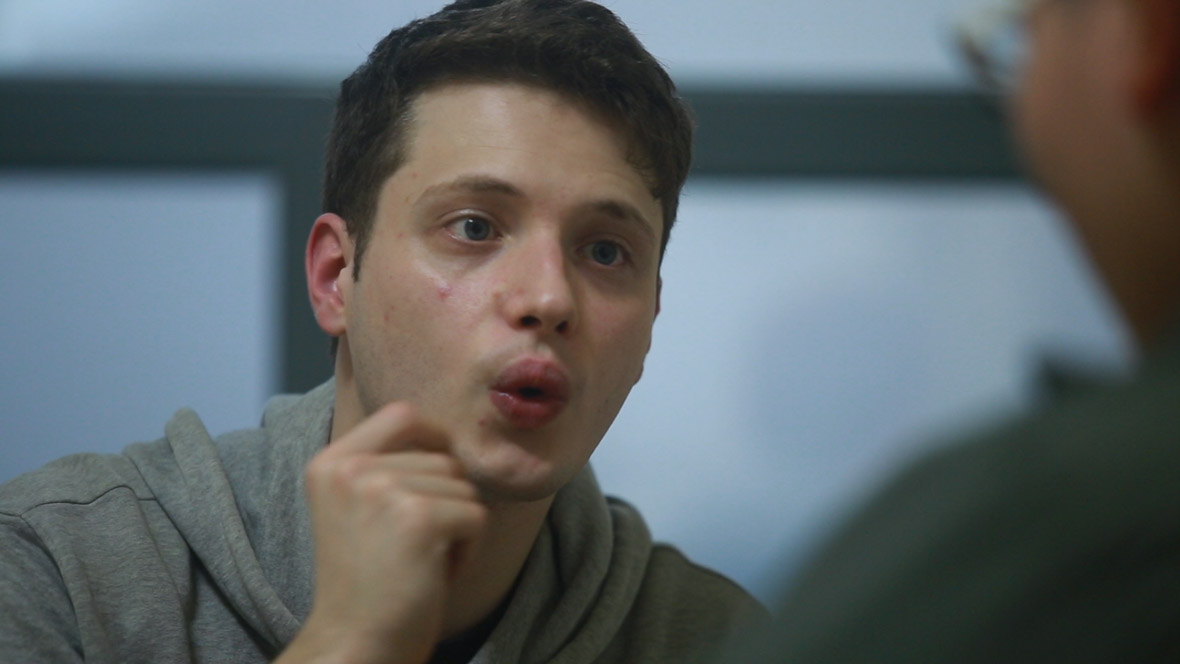
Anikeev encountered the art of beatboxing back in his hometown in Russia nearly a decade ago and was immediately hooked. “I first discovered beatboxing in 2009, when someone showed me how it was done,” he recalls. “I was amazed. From that moment on, it has been an important part of my life.”
After relocating to Chengdu to study in 2015, Anikeev connected with members of CNBeatbox (or CNB), a community of Chinese beatboxers with a growing following. Together they’ve staged numerous events, including the annual Sichuan International Beatbox Battle.
十年前,Anikeev 在俄罗斯首次接触到 beatbox,就立即爱上了这门艺术。他回忆道:“我第一次接触 beatbox 是在 2009 年,第一次看到有人表演 Beatbox,我当时非常震惊。从那一刻起 beatbox 就一直是我生命中重要的一部分。”
2015 年,Anikeev 到成都留学,结识了中国当地的 beatboxer 团体 CNBeatbox(CNB)的成员。之后便开始与他们一起登台表演,包括参加一年一度的四川国际 Beatbox 大赛。

Through his work in the community, Anikeev met Li Erkun, a fifteen-year-old boy in search of a beatboxing instructor. Anikeev agreed to take him on as a student in 2017. Shortly after his first lesson with Li, Anikeev contacted Torubarov—a Suzhou-based filmmaker and a close friend from his university days—with the idea of shooting a documentary about his new student.
“It was just one of many conversations Dmitrii and I had,” Torubarov says. “He told me he was teaching beatboxing to a boy in Chengdu in whom he saw something of himself and he wanted to inspire not only the boy, but also other people, by making a documentary.”
Anikeev 活跃在 CNB 社群之中,途中认识了一个十五岁的男孩黎尔焜,当时他正在为自己寻找 beatbox 导师。2017 年 Anikeev 决定收尔焜为学生,在两人上完第一节课后不久,他就联系了自己大学时代的好友,同时也是在苏州的电影制片人 Torubarov,提议一起拍摄这一部关于他的新学生的纪录片。
Torubarov 说:“我和 Dmitrii 常常一起聊新的想法,这只是其中一个。他当时跟我说,他正在教一个成都男孩练习 beatbox,在这个男孩身上他看到了自己一些影子,他希望能通过拍摄纪录片鼓舞到更多人。”
Torubarov loved the idea, but he wanted to avoid resorting to cheap visuals or exploitative techniques to provoke a response from viewers—especially when it came to the film’s treatment of Li Erkun’s use of a wheelchair. “Li Erkun is a boy with a disability, but I didn’t want to have any shots of the wheelchair alone or tilting shots from his legs up—for me, it’s artificial and not important,” emphasizes Torubarov. “I wanted to tell a story about Dmitrii and Erkun—not a story about Dmitrii and Erkun, a boy with disabilities.”
Torubarov 很喜欢这个想法,但他想避免利用庸俗煽情的视觉效果来激起观众的反应,尤其是在影片里针对黎尔焜使用轮椅这些画面的处理。“黎尔焜是一个有身体残疾的男孩,但我不想有任何单独的轮椅特写,或是从他的腿往上拍摄的镜头。对我来说,这样的画面太做作,也没有任何意义。” Torubarov 强调说,“我想讲述的是一个关于 Dmitrii 和尔焜之间的故事,而不是 Dmitrii 和轮椅男孩尔焜的故事。”
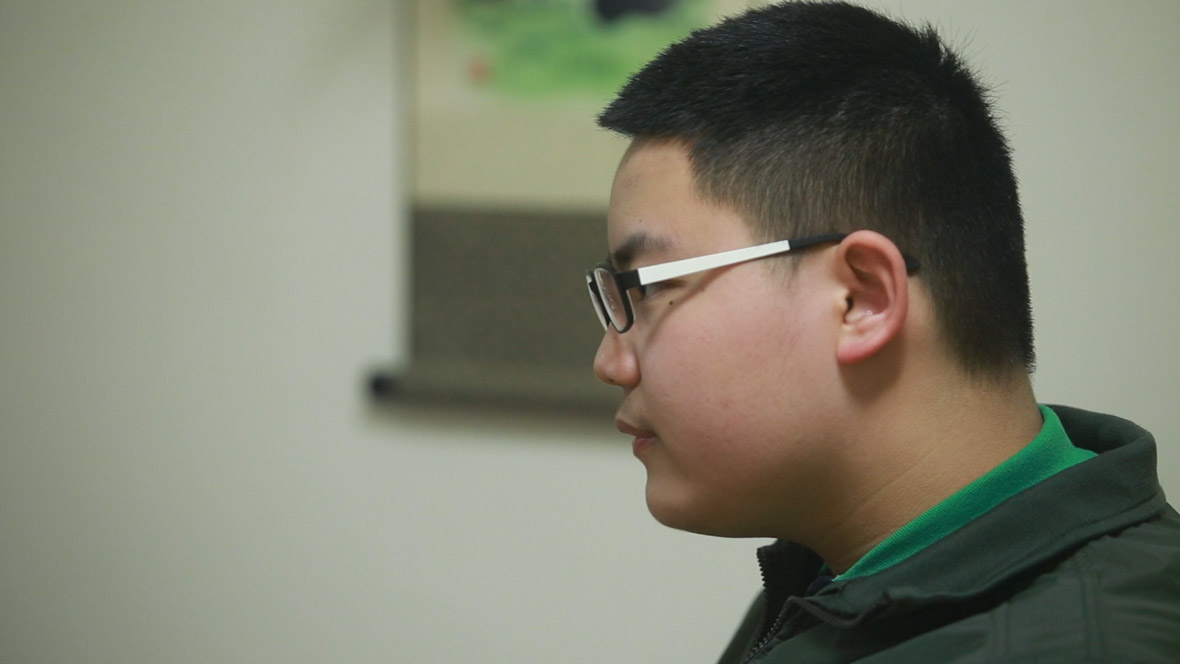
When they began shooting in 2017, Torubarov and Anikeev didn’t have a clear idea of the direction the story would take. At first they just intended to record a series of interviews to inspire other beatboxing fans. “If you’re doing an honest documentary—without trying to make things up or force people to do something for the camera—you won’t know what you’re really getting into,” Torubarov explains. “The only way for us to find out whether we might get somewhere was to start with an interview—so we started by interviewing Li Erkun.”
That interview gave Anikeev and Torubarov insight into Li’s idols—a list which included Chinese beatboxing champion and CNB member Ah Xin. It also gave them an idea. They decided to make a film about bringing Ah Xin to Chengdu for a surprise visit with one of his biggest fans.
2017年他们着手开始拍摄,当时 Torubarov 和 Anikeev 其实对于整个故事的进行方向还没有清楚的认知。起初他们只是打算拍摄一系列的访谈,以此来激励其他 beatbox 爱好者。 “如果你要拍摄一部诚实的纪录片,这意味着你不能虚构情节,也不能强迫别人去做一些事情,这种情况下,你是不会知道影片最后会呈现出什么的。” Torubarov 解释道,“要知道这个答案,唯一的方法就是从一场采访开始,所以,我们先跟黎尔焜做了一次采访。”
那次采访让 Anikeev 和 Torubarov 了解到尔焜的偶像,其中包括中国的 beatbox 冠军和 CNB 成员阿鑫。这也让他们有了一个想法,他们决定邀请阿鑫到成都来,与他的忠实粉丝进行一次惊喜见面,然后将这个故事拍摄下来。
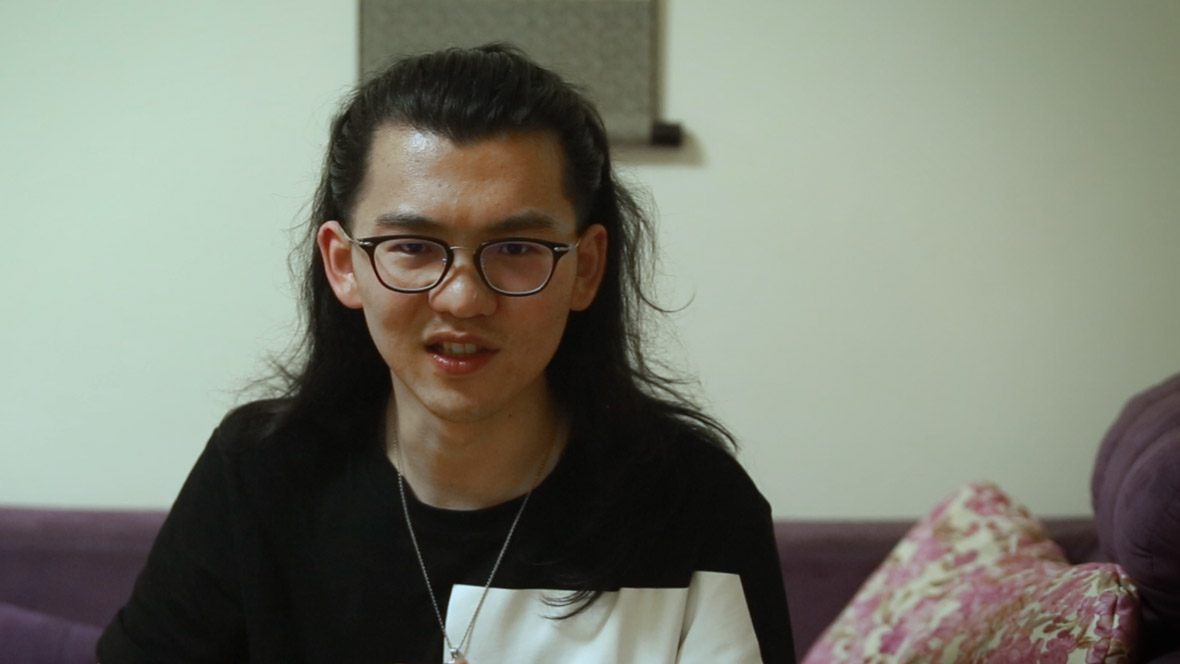
Since its release, the film has racked up nearly two million views across various platforms and has screened at numerous film festivals both in China and around the world.
Though the film is available online, Anikeev and Torubarov are continuing to plan screenings, in the hopes that more people will have the chance to see it with an audience, and on something bigger than just their computer monitor. Ultimately, they hope the film will be an inspiration to others.
从发布以来,这部纪录片在不同的平台上已经获得近 200 万次的观看量,并在中国和世界各地的众多电影节上放映。
虽然纪录片已经被发布到网上,但 Anikeev 和 Torubarov 还在持续他们的线下放映计划,希望能让更多人看到,可以在电脑以外更大的屏幕上欣赏到这部纪录片。最终,他们希望这部纪录片能够成为他人的启发力量。
Anikeev‘s experience working on Bound in Beat has inspired him to look for new ways in which beatboxing can have a lasting and positive impact. “I have an idea for another project in which I’ll try to discover how beatboxing can help people with stuttering,” he says. “I think it can be used as a therapy, but I’m still working on the concept.”
As for Torubarov, he says “I want this story to inspire people to follow their dreams, be kind to others, and continue self-development no matter what. I hope more people will support others without thinking about profit or benefit.”
Anikeev 拍摄《Bound in Beat》的经历启发了他走上新的方向,希望能让 beatbox 发挥更持久、积极的影响力。 “我已经有做另一个项目的新的想法,主要是关于 beatbox 如何帮助有口吃问题的人。我觉得 beatbox 也可以作为一种治疗,但具体我还在构想中。”
至于导演 Torubarov,他希望这个故事能激励人们去追随自己的梦想,“希望人们可以不断提升自己,同时去善待他人,能够尽力去成为别人的支柱,无论任何利益或好处。”

